Disclaimer: This post contains affiliate links to handpicked partners, including tours, gear and booking sites. If you click through or buy something via one of them, I may receive a small commission. This is at no extra cost to you and allows this site to keep running.
Dramatically scenic as it is demanding, trekking the Kilimanjaro Lemosho Route charts a scenic climb on the mountain’s lesser-taken trail.
The journey through the five-tiered geographical system of Mount Kilimanjaro, from humid rainforest tropics to rocky desert plains to the gruelling climb to the glacier-capped, bitterly cold crater summit, is a challenge further determined by your chosen trekking trail.
One of four commercial Kilimanjaro routes to Africa’s tallest mountain at 5,895 meters, the longer Lemosho Route has advantages. Its extended trail makes the climb slower, granting it a higher success rate of reaching the summit due to added altitude acclimatisation time. It takes six days to reach the Barafu Camp at the summit foot, where you summit on the morning of the seventh day before slowly working down the mountain to the Mweka Camp, exiting the national park at Mweka Gate on day eight.
A lesser-chosen trail with fewer people, it’s also considered one of the most beautiful pathways to the summit of Mount Kilimanjaro because of its subtle detours from the popular routes of Marangu and Macheme.
This day-by-day account of the Lemosho Route in 8 days shows the highs and lows of one of the world’s most remarkable treks and what you can expect as the mountain terrain changes.
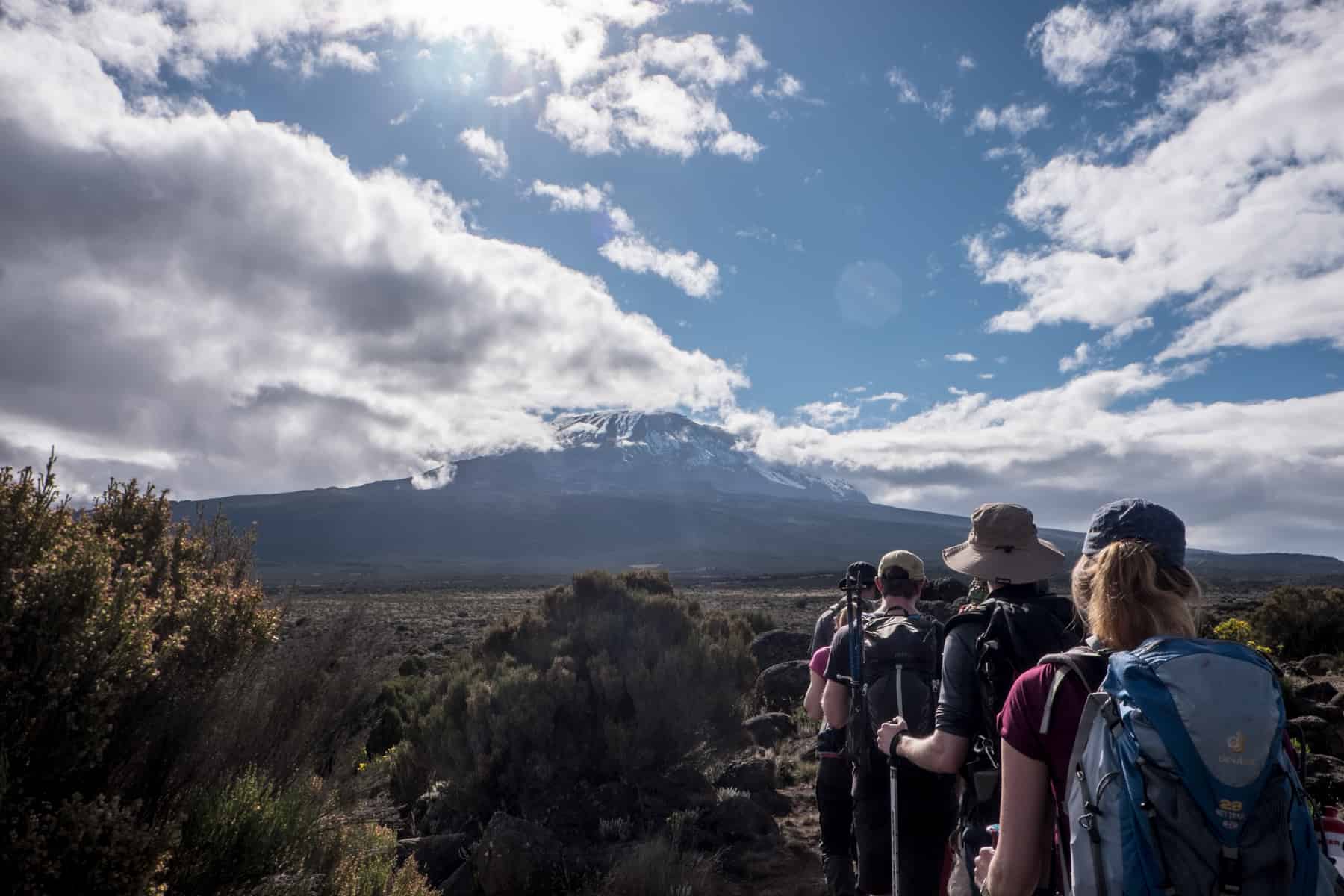
How to Trek the Kilimanjaro Lemosho Route in 8 Days
Contents
- Kilimanjaro Lemosho Trek: Snapshot
- Day-to-Day Guide to the Kilimanjaro Lemosho Route
- Day 1: Moshi to Lemosho Gate to Mti Mkubwa Camp
- Day 2: Mti Mkubwa Camp to Shira 1 Camp
- Day 3: Shira 1 Camp to Shira 2 Camp – Extra Acclimatisation
- Day 4: Shira 2 Camp to Barranco Camp
- Day 5: Barranco Camp to Karanga Camp (Via the Barranco Wall)
- Day 6: Karanga Camp to Barafu Camp – Summit Night
- Day 7: Barafu Camp to Summit to Mweka Camp
- Day 8: Mweka Camp to Moshi
- Is it Worth Choosing the Lemosho Route?
Kilimanjaro Lemosho Trek: Snapshot
I booked the G Adventures Lemosho tour, which includes the 8-day trek and the hotel in Moshi on either side. This cost includes tents, food, guides and porters.
Travel to and from Moshi and Kilimanjaro Airport at the start and end of the trip, alongside all food and drink costs outside the trek days, are not included.
Cost
Approximately €2500 – €3000.
- 8-day guided group trek up Mt Kilimanjaro’s Lemosho Route with local guides, cooks and porters.
- Additional “acclimatization day” during ascent.
- All Kilimanjaro National Park permits and fees.
- All transport between destinations and to/from included activities.
- Excludes cost of flights, insurance and trekking gear.
- You should budget around £300 for tipping and souvenirs.
Trek Planning
If you are still choosing a route or need top tips on how to get prepared for a successful summit and what to pack, these guides have you covered.
READ MORE: Kilimanjaro Routes Comparison
READ MORE: How to Climb Kilimanjaro
READ MORE: What to Pack for Kilimanjaro
Day-to-Day Guide to the Kilimanjaro Lemosho Route
Two gates, seven camps and one almighty summit – this summary breaks down the kilometres, average hours of trekking, altitude heights and experience of each day.
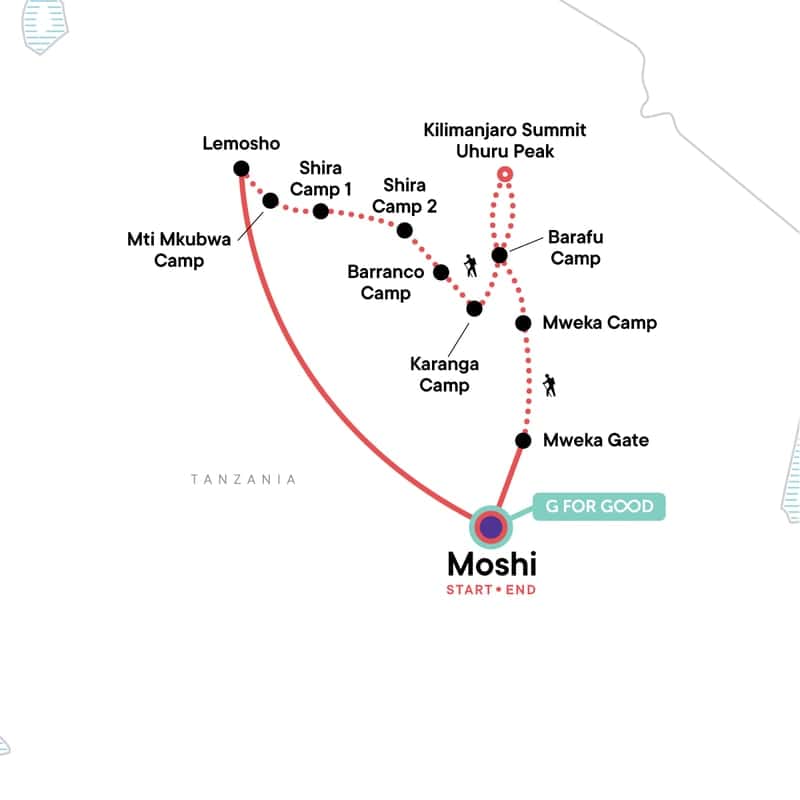
Kilimanjaro Lemosho Route Map
Day 1: Moshi to Lemosho Gate to Mti Mkubwa Camp
- 3 hours trekking
- 6km
- Sleep at 2750m
The first day begins by driving through the villages and lowlands of the Cultivation Zone to the Londorosi Gate at 2250m, where each person in the group must sign in, as do the guides and porters as part of the legal registering of entry to Kilimanjaro National Park.
It’s an excitable atmosphere as small buses of trekking groups enter the gate. Everyone looks fresh, pumped, eager and a little nervous as the conversation between random groups turns to tips and the wishing of luck – you’ll be passing each other many times on this adventure.
Checked in and officially ready to climb, you then get driven to Lemosho Gate at 2100m for the start of the Lemosho Trail. As the porters unload from the buses and your guides make their official introductions, trepidations intertwine with excitement. There’s no turning back, and the time has finally come to take on this challenge.
Starting easy, this is a short trekking day to get used to a pace and rhythm, passing through lightly humid Montana Forest, whose pathways cut through the thick, emerald green vegetation of the Rainforest Zone, home to the black and white Colobus monkeys. Arriving at Mti Mkubwa Campsite, it is time to get used to camp life ahead.
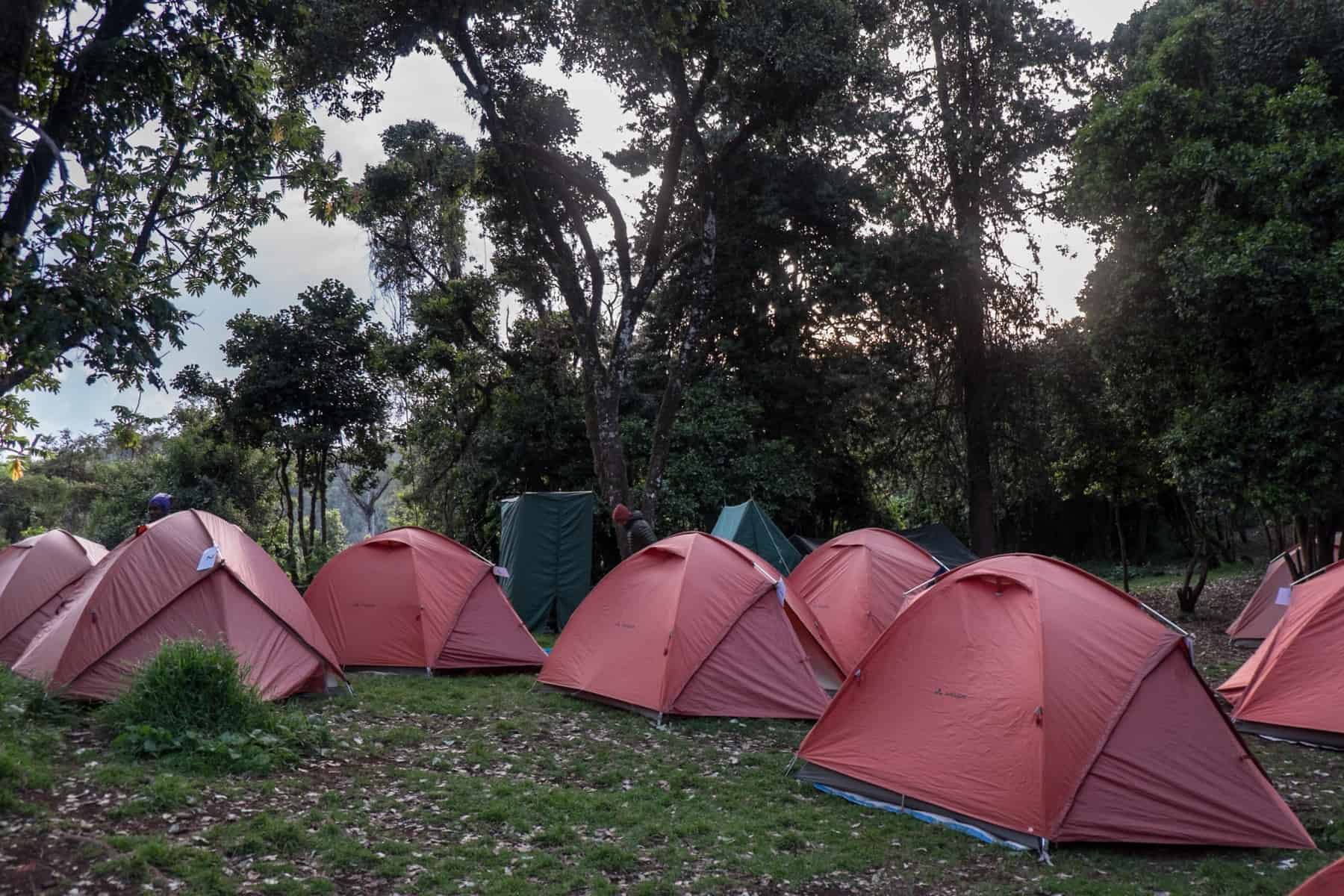
Our cosy set-up at Mti Mkubwa Camp
Day 2: Mti Mkubwa Camp to Shira 1 Camp
- 6 hours of trekking
- 9km
- Highest point, 3,800m, sleep at 3,610m.
Our wake-up call is 6.20 am for a 7:30 am breakfast and an 8:00 am departure from camp. Every morning, we will begin this early to ensure optimal climbing conditions.
Day two is strenuous but comfortably paced as you head deeper into the Montana Forest for the first 2.5 hours of trekking. Leaving the forest of Kilimanjaro National Park, you then climb into the drier, grassy region and over the Shira ridge on high, rocky paths that form a spine locally dubbed ‘Elephant’s Back’.

Looking out over the Kilimanjaro valley and the ‘Elephants Back’ ridge.

View of the Kilimanjaro valley from the Shira Ridge.
It’s a perfect rest stop, with panoramic vistas across the plains of Kilimanjaro and time to acclimatize at a higher level before the descent to the Shira Plateau and the trickling stream-side Shira 1 Camp in the Moorland Zone.
Day 3: Shira 1 Camp to Shira 2 Camp – Extra Acclimatisation
- 3 hours of trekking
- 5km
- Sleep at 3,850m
Today is a moderate trek across the Shira plateau, across an expanse of wildflowers and scattered boulders, with a view of Kibo Peak. The tricky part ends with a taxing and sharp rocky push to Shira 2 Camp.
Following lunch its time for a 1-2 hour acclimatisation walk in the area – a chance to see Shira Cathedral where tribes used to perform sacrifices (that stopped once the mountain became a national park).
Day 4: Shira 2 Camp to Barranco Camp
- 6 hours of trekking
- 10km
- Highest point, 4,600m, sleep at 3,995m
It’s a long, arduous three to four-hour 7km climb to the Lava tower through rocky scree and into the Alpine Desert Zone. A hinterland with scattered boulders dusted with orange moss that turns to a greying moonscape. A burial ground for dead butterflies swept off course here, where they meet their end.
Lunch at the Lava Tower’s mighty 4,600m is also a spot for acclimatisation – a marker of accomplishment that you’ve made it this far, a little beaten but still determined.
The two-hour descent begins with a staircase of lofty rocks, which widens to the rock-strewn Great Barranco Valley, dotted with quirky, thick-trunked trees with foliage nests and a lowland shrouded in mist. At Barranco Camp, you sleep elevated on a perch, with the valley to one side and the mighty cliff face of the Barranco Wall on the other.
Day 5: Barranco Camp to Karanga Camp (Via the Barranco Wall)
- 4-5 hours of trekking
- 5km of trekking
- Sleep at 3,995m
There’s a lot of scaremongering about the Great Barranco Wall that you must climb and clamber up to get further into the Alpine Desert of Kilimanjaro and the expanse of the Karanga Valley.
The colossal volcanic façade stands before you in the early morning light as you watch tiny coloured specks move up like a line of ants, while your guide insists not to think about it too much. The Barranco Wall looms at a steep 257m high, and getting to its cloud-encased flat top is a feat of endurance, balance, strength and the ability to see it as a fun escapade.
It’s one of the most lively and enjoyable parts of the trek – a morning of rock climbing at the hands of guides who are experts in its orientation who will push-pull and aid you with your Spiderman experience. Don’t believe the clickbait videos – unnecessary negativity will hinder you, rather than help you.
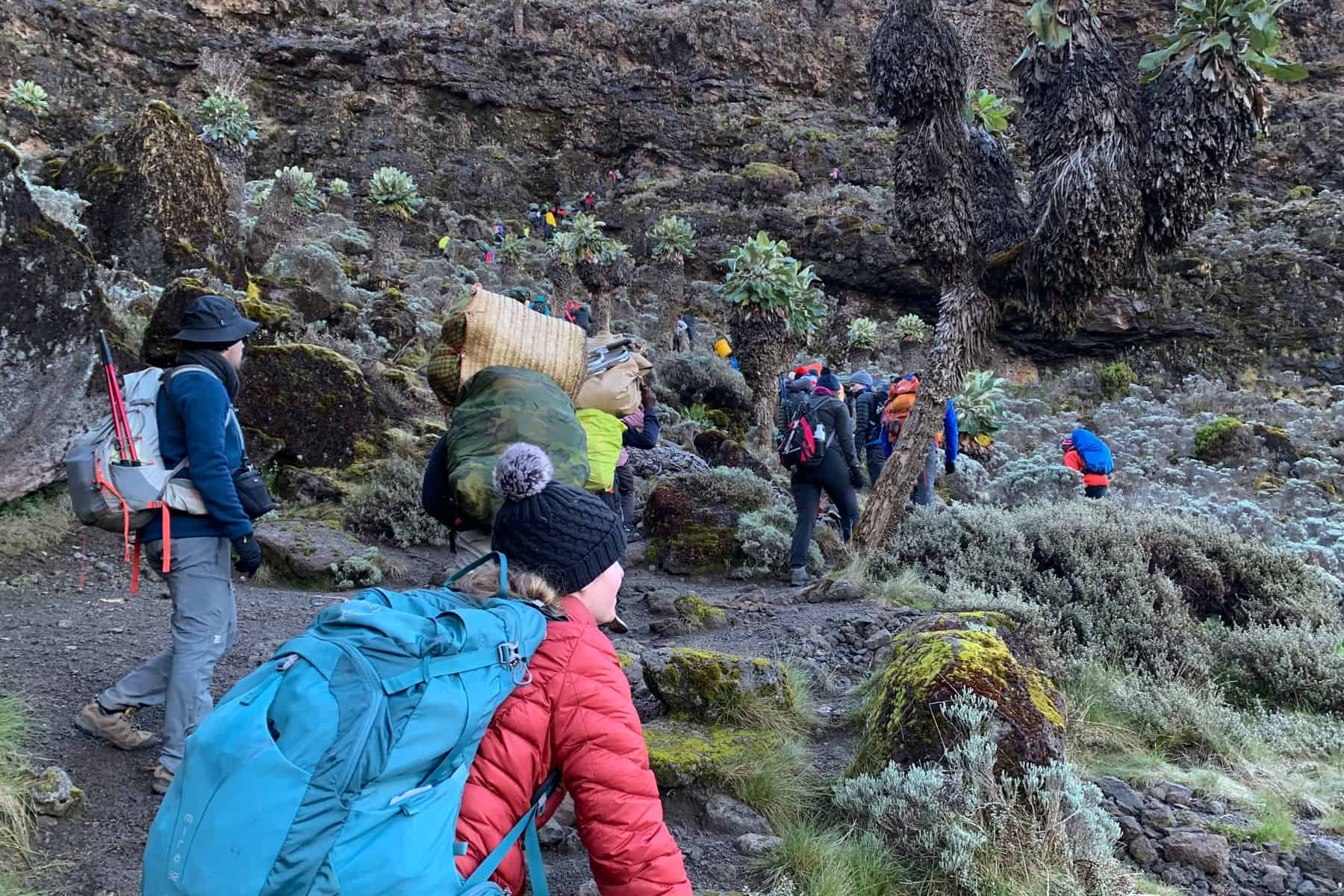
The start of the Barranco Wall
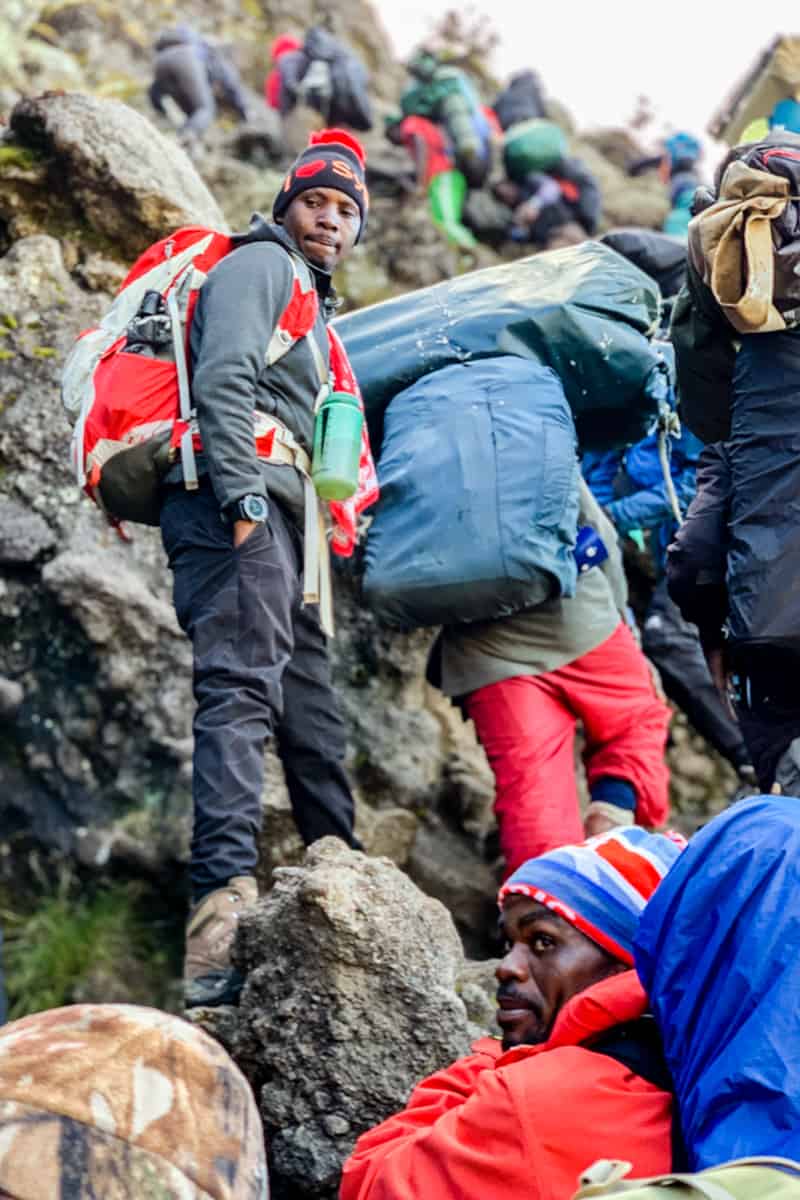
Climbing the Barranco Wall, although fun, is still a serious undertaking
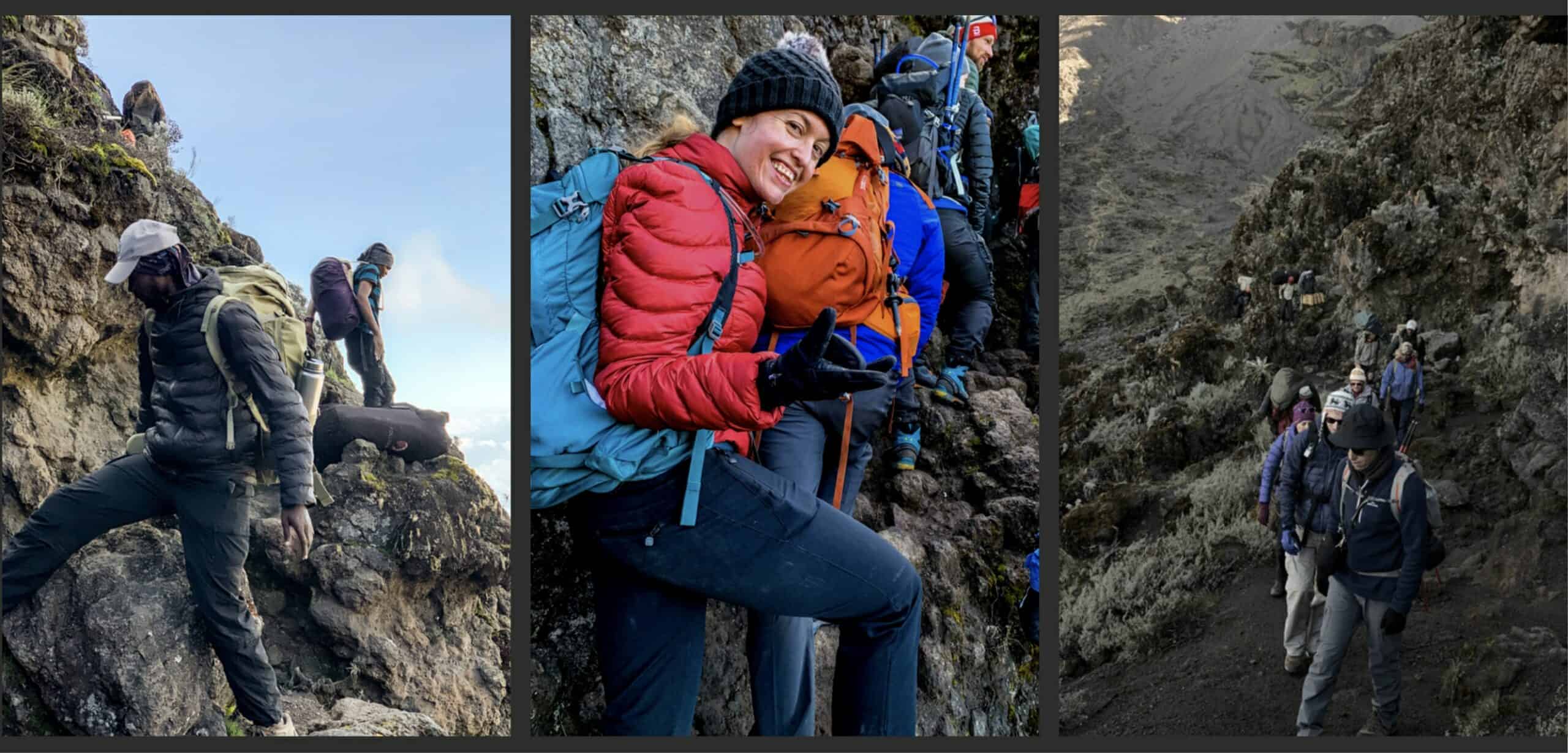
This is what the Barranco Wall climb is like.
After the wall, we took a small stone pathway down the other side of the wall plateau and another change of landscape – bobbing inclines and declines from yellowing wilderness with nothing but strewn rocks and a small line of climbers, leaving the last of the vegetation behind and willing themselves through the approaching steep and scraggy climb up to camp.
Another late afternoon acclimatisation walk rounds off the day, preparing you for the pending summit climb in just over 24 hours.
As nerves begin to brew at camp and dinner conversation turns more and more to the Summit, the G Fighters put on a show of song and dance to lift our spirits, louder and prouder than anyone else on the site.
Day 6: Karanga Camp to Barafu Camp – Summit Night
- 3-4 hours of trekking
- 4km
- 4,672m at Base Camp
Today is the day you reach Kilimanjaro Base Camp – a rigorous trek through the alpine desert up to Barafu Camp, splayed out like a tented trekking Kingdom full of eager explorers.
Even walking through Barafu Camp to our patch was an expedition of over 20 minutes. Base Camp is enormous, and you can feel the collective nervousness across the outcrop as we all wait until close to Midnight to begin the most significant climb of this trip.
Following an early dinner, we get to bed earlier than usual to prepare for the 10 pm wake-up call, for warm drinks and snack fuelling and an 11 pm departure for the start of the Summit attempt.
Day 7: Barafu Camp to Summit to Mweka Camp
- 6-7 hours of trekking
- 4km to Stella Point, then 1km to Uhuru
- Stella Point at 5,756m and Uhuru Summit at 5,895m
Reaching the Summit
It’s 11 pm, and we are among the first groups to depart Base Camp to reach the Kilimanjaro Summit in the Arctic Zone as the dawn rises to mark a new day. We’ll reach Uhuru Peak “tomorrow”, but first, we must climb the 1,500m bouldering Kibo, zigzagging slowly to its icy rim and the first climbing marker of Stella Point at 5,756m.
We are lucky to have one guide assigned to each person to carefully watch our every move, step, action and behavioural change. They tell you to stop, sip, eat, slow down, keep going because it’s cold. They ask, how are you feeling? They sing Jambo, Jambo Bwana, Habari Gani, Mzuri Sana, Wageni, Wakaribishwa, Kilimanjaro, Hakuna Matata – the mountain tune that’s one part of the melodic show that accompanies you to the very end.
Maybe the pitch-blackness is deliberate, to not dramatically see the trail of the craziest incline – the wretched, most agonising climb of your life. Maybe the darkness is to cover those beset by altitude sickness – wobbling, vomiting, crying and in delirium.
You’ll be asked at Stella Point if you feel in good spirits to proceed on to the next peak. That prize peak to which your innermost stubbornness reigns victorious because of course, you would not give up now.
And for another hour, you trudge through iced, rock pathways, crossing the scree and snow, winding up to Uhuru Peak. Emerging in the blinding morning light as the broad, flat sweep of the flat volcanic rim stands before you – one of the most incredible open stages on planet earth.
Small crowds gather around the sign, with often only minutes to capture the moment and revel in the bewilderment of the African dawn on a 360-degree panorama before needing to head down.
Uhuru – Mweka Camp
- 6 hours of trekking
- 12km
- Sleep at 3,100m
Exhausted, elated and emotional at reaching the Summit, you can’t stay long because of the importance of getting down from a high altitude. From the peak back down to Base Camp, you face a strenuous three-hour journey that conflicts with the just experienced elation – a slippery rock slide descent on a sea of loose pebbles and volcanic sands.
What keeps you going is the slow brewing warmth of the lower altitude sun and the promise that there is time to sleep a little before continuing.
You have another 3.5 hours of descent to Mweka Camp at 3,100m through what I call the white stone forest. A seemingly never-ending conveyor belt of uneven white rocks on a hilltop with a distant camp view that doesn’t feel like it’s inching any closer.
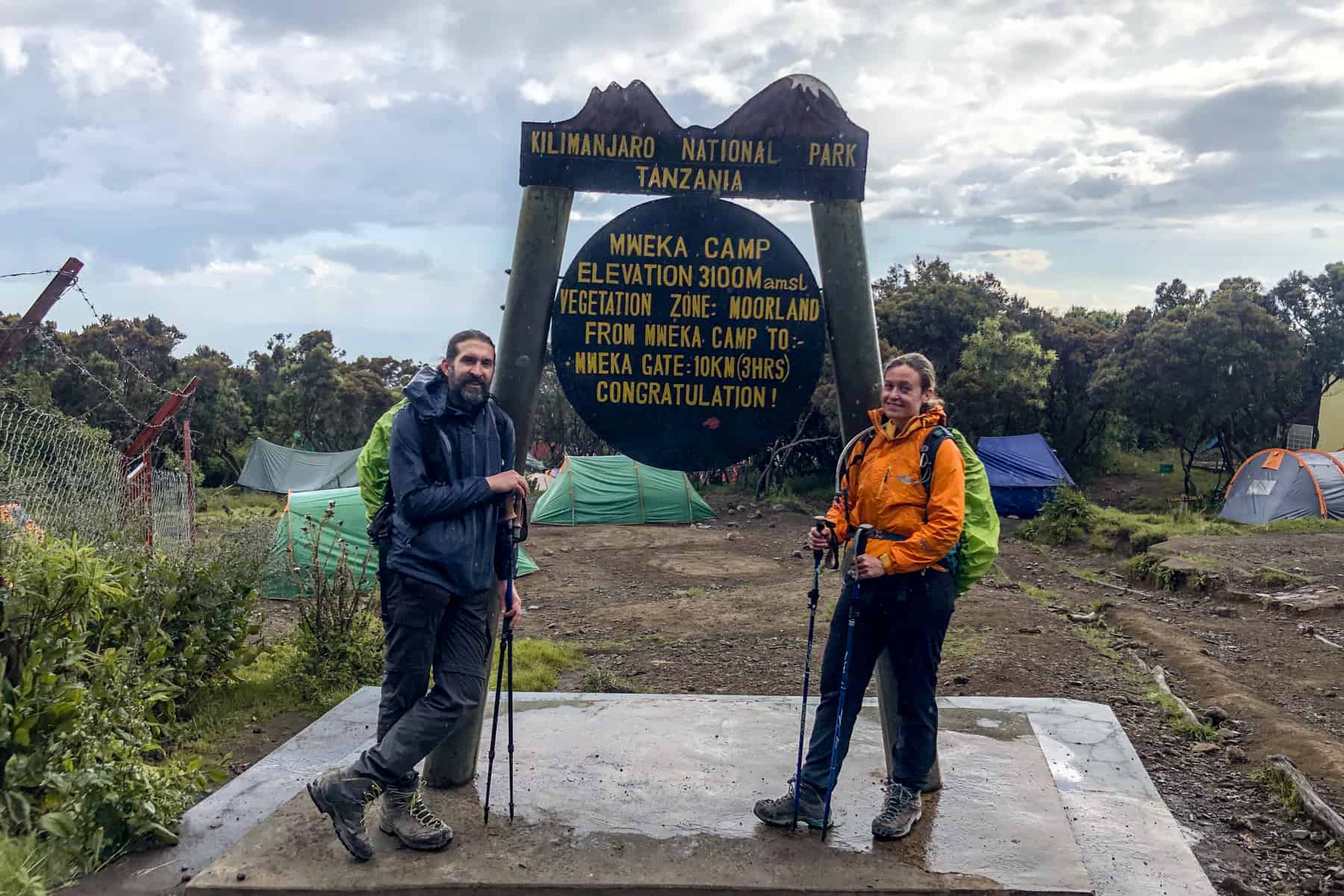
This is how broken you may end up looking after Summit night and day.
Day 8: Mweka Camp to Moshi
- 3-4 hours of trekking
- 10km
Today is relatively easy as you make your way out of Kilimanjaro National Park symbolically through the downhill and flat Montana Forest from which you started your journey.
It’s a muddy trail through the mountain’s lower slopes, met with jubilation at the last wooden outpost after Mweka Gate that signposts your victory.
Before continuing to Moshi, we had lunch at Mweka village. You might recognise the worn, weary faces from that first day and the hurried hellos along the trails. The atmosphere is a celebration of accomplishment and survival and a release of excess adrenalin.
Back at the hotel, the shower is the most glorious, indulgent shower you’ve ever had – a one-metre-squared spa. You scrub up, ready for the climbing ceremony where you get your certificates, presented to you by your guides and the ‘Moshi Mamas’ of the Moshi Women’s Cooperative – a community project which provides business education to local women via the funds raised through tourism.
Is it Worth Choosing the Lemosho Route?
Absolutely. The long stretch up Mt.Kili might elongate the pain of the climb, but the privilege of trekking through an exponential amount of incredible landscapes and having an entire group successfully overcome altitude issues and summit will always overshadow any trials and tribulations of the journey.

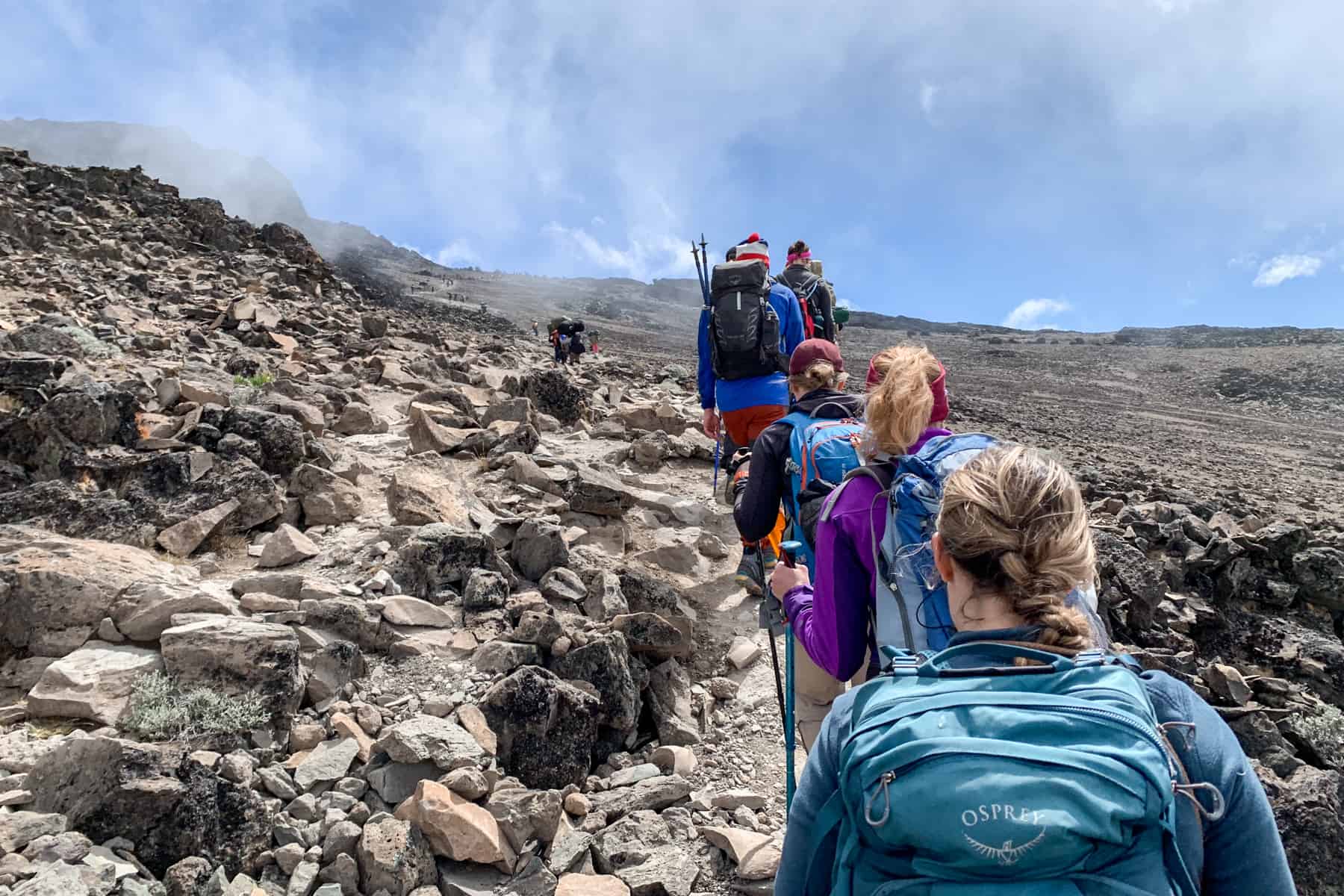
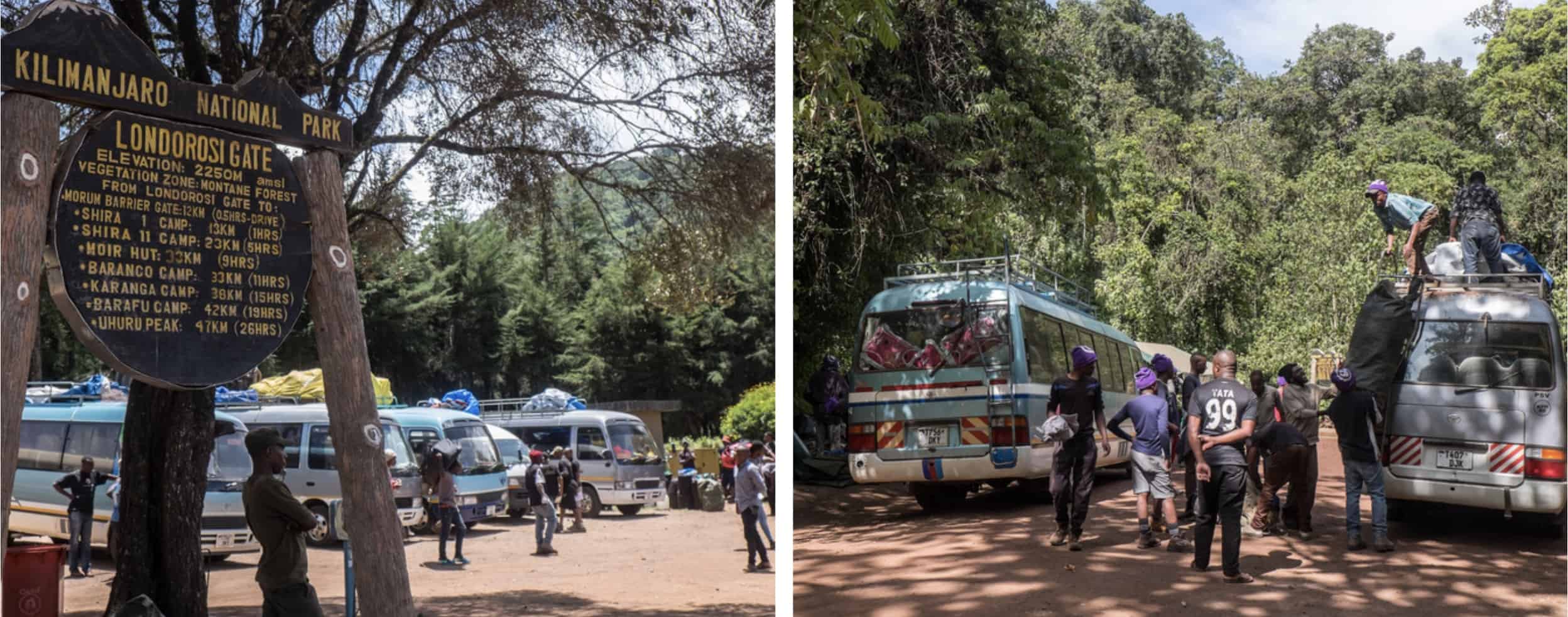
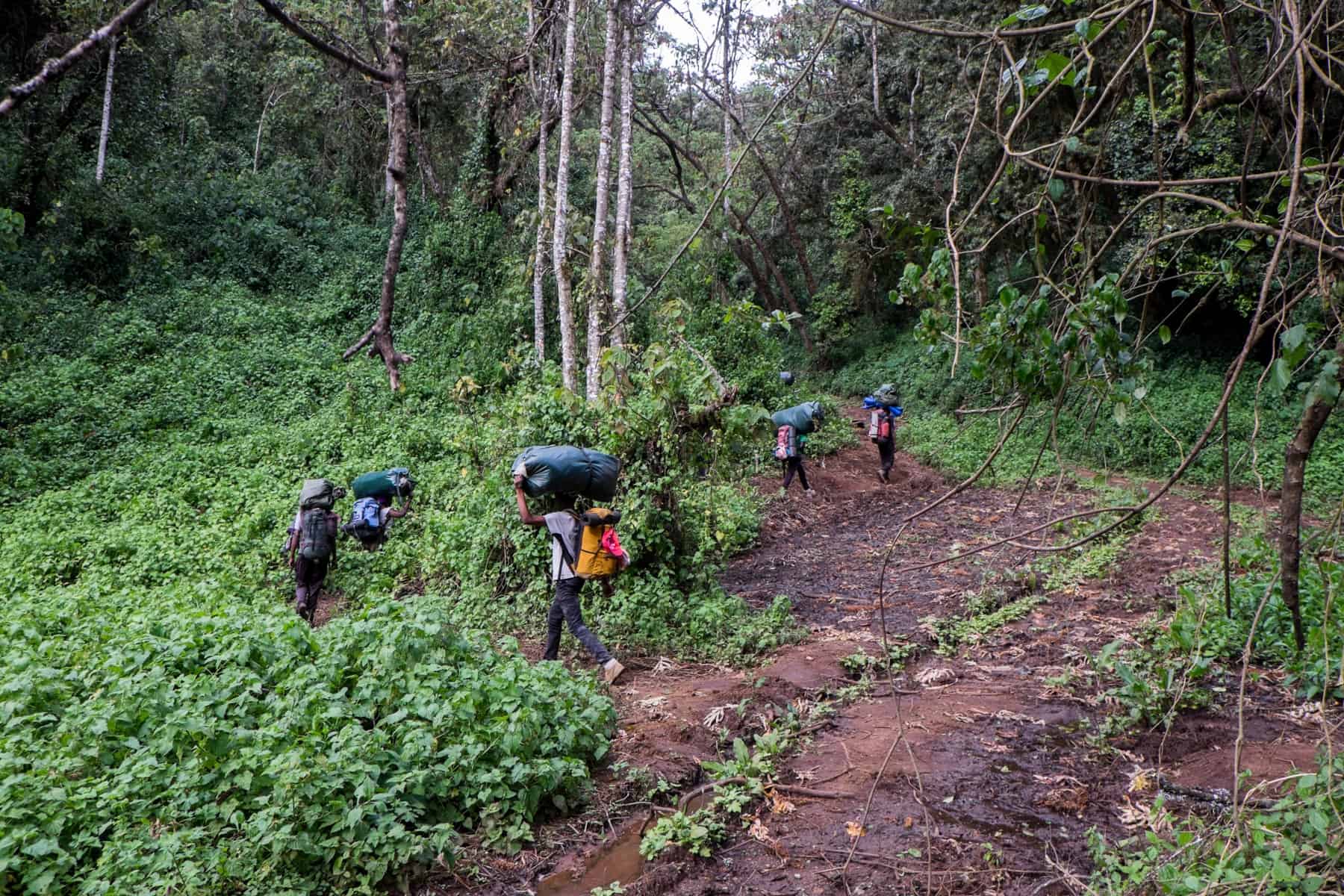
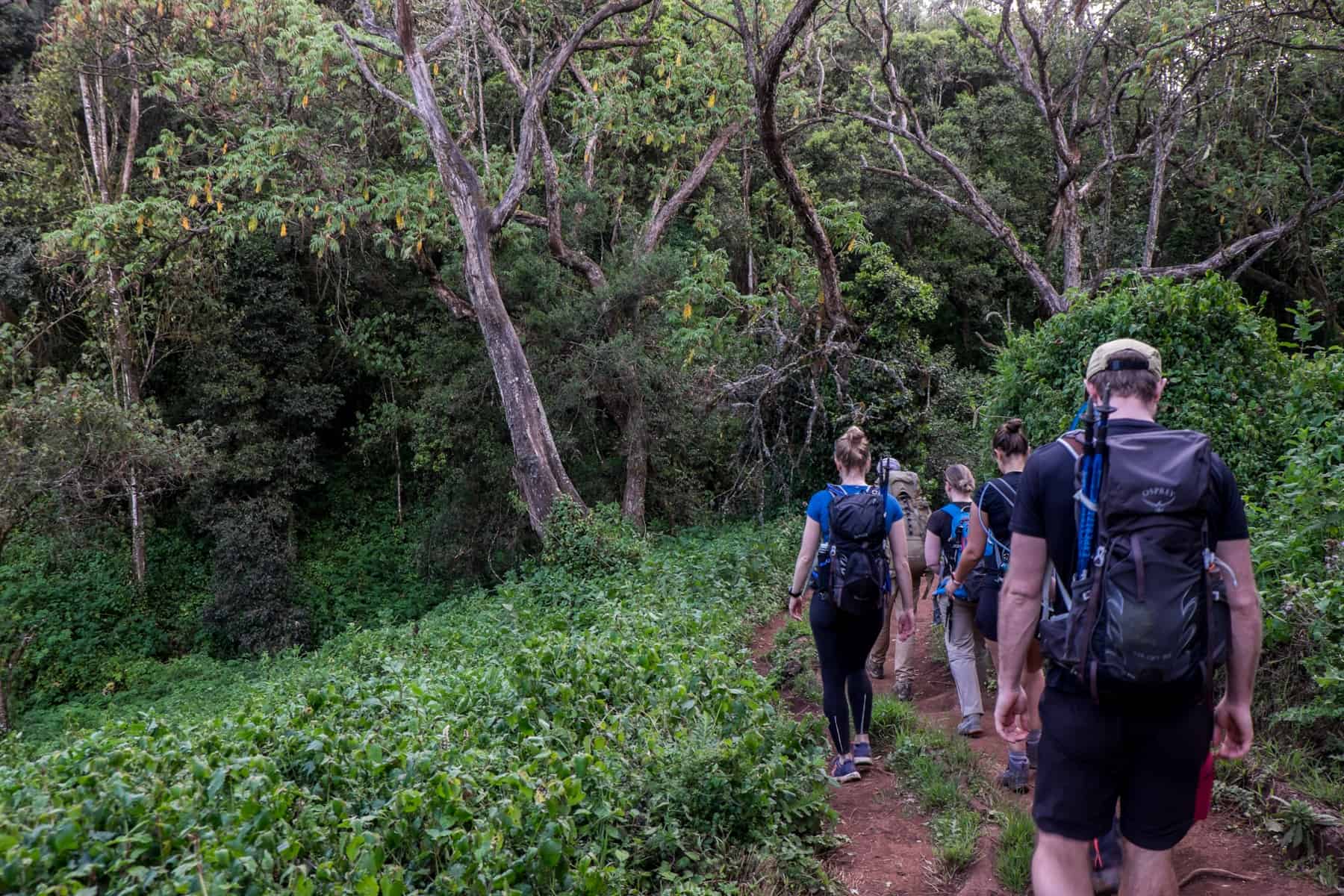
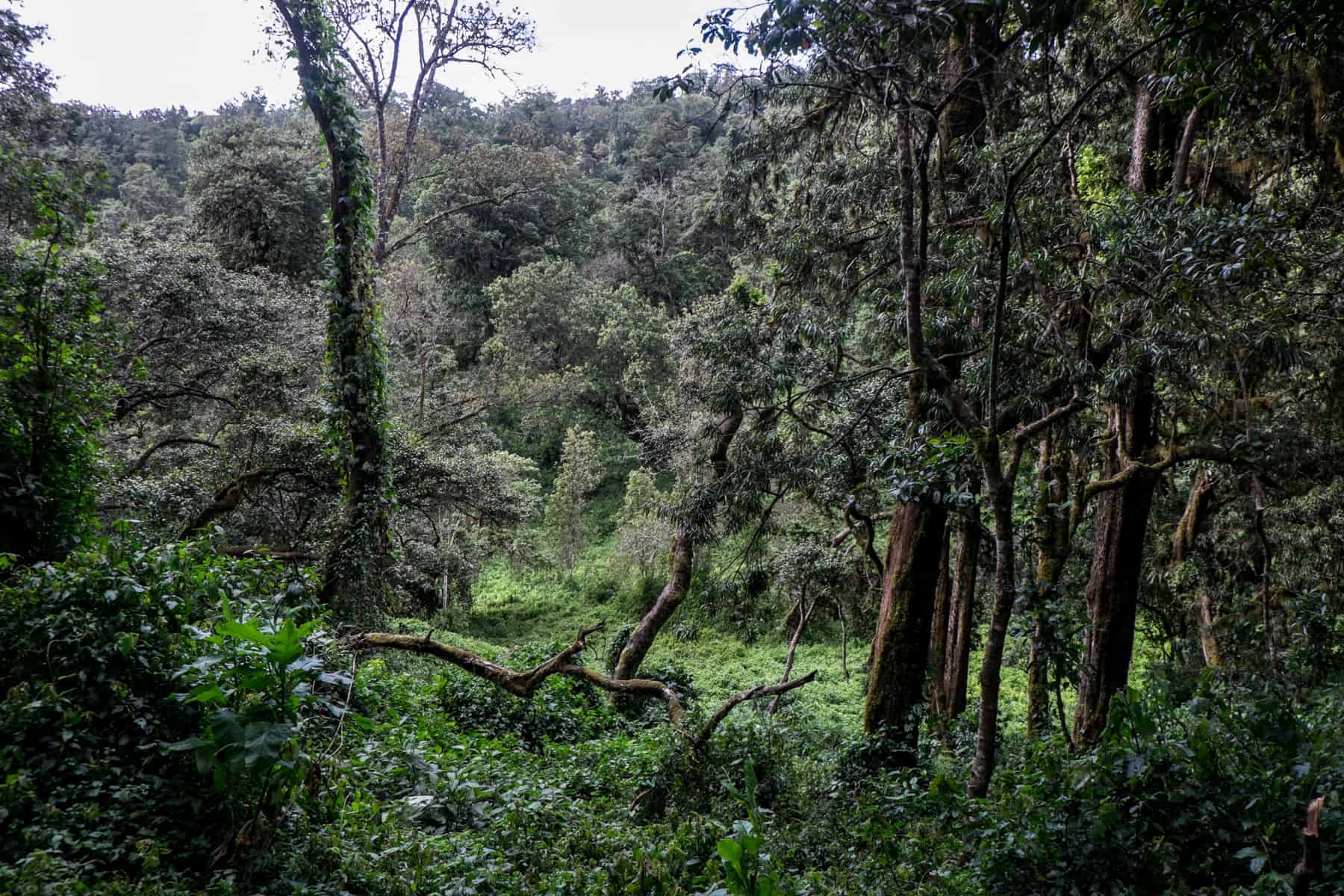
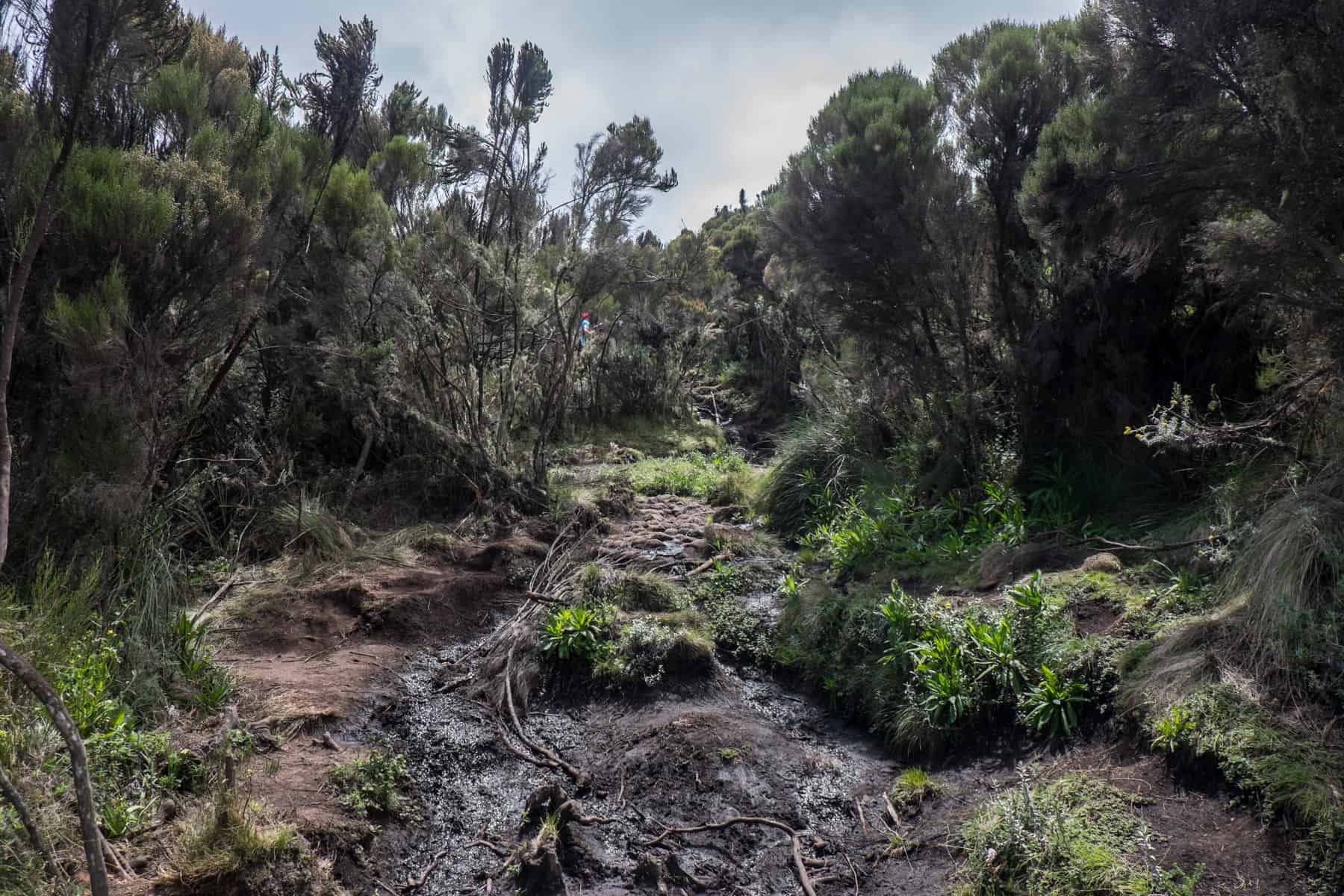
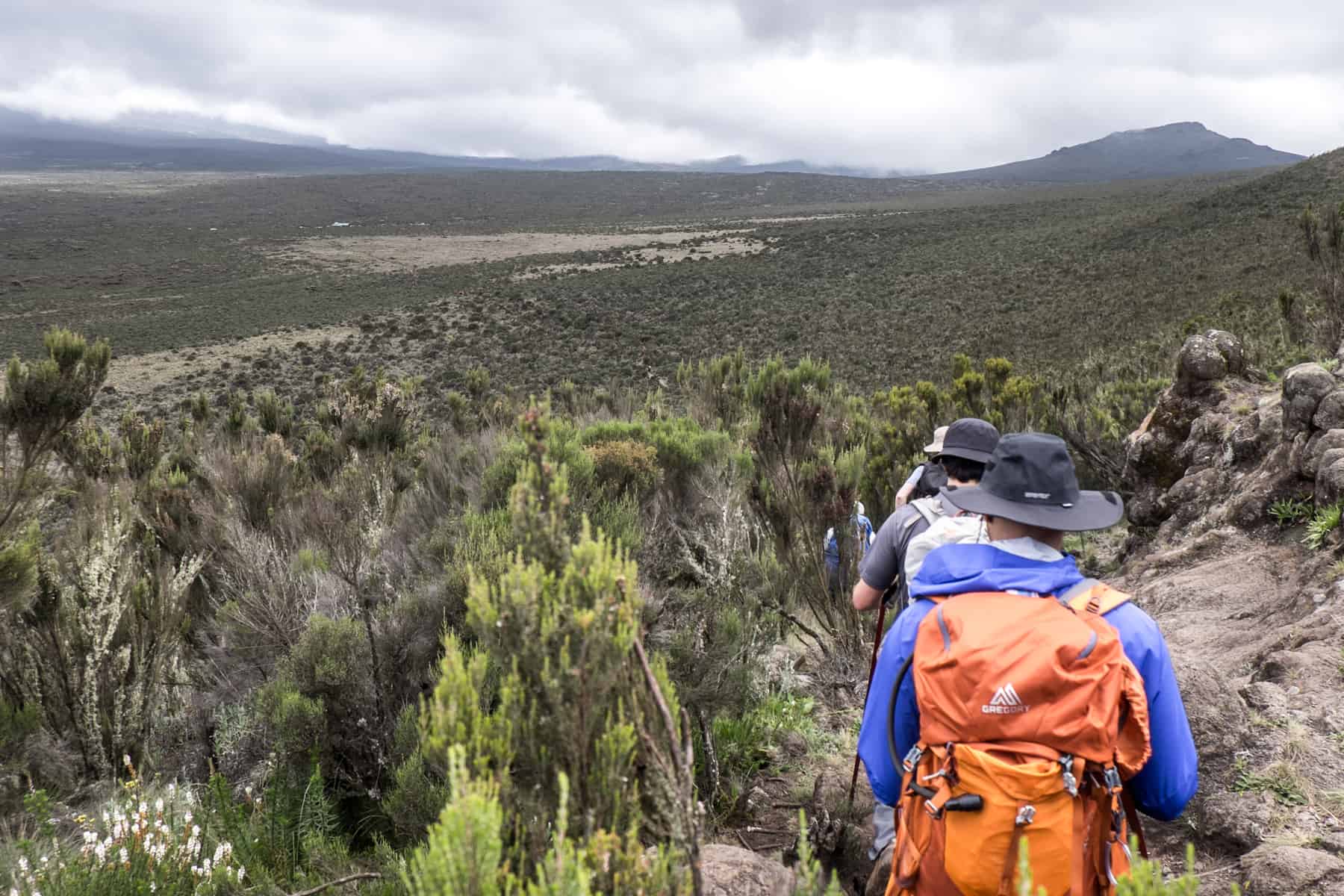
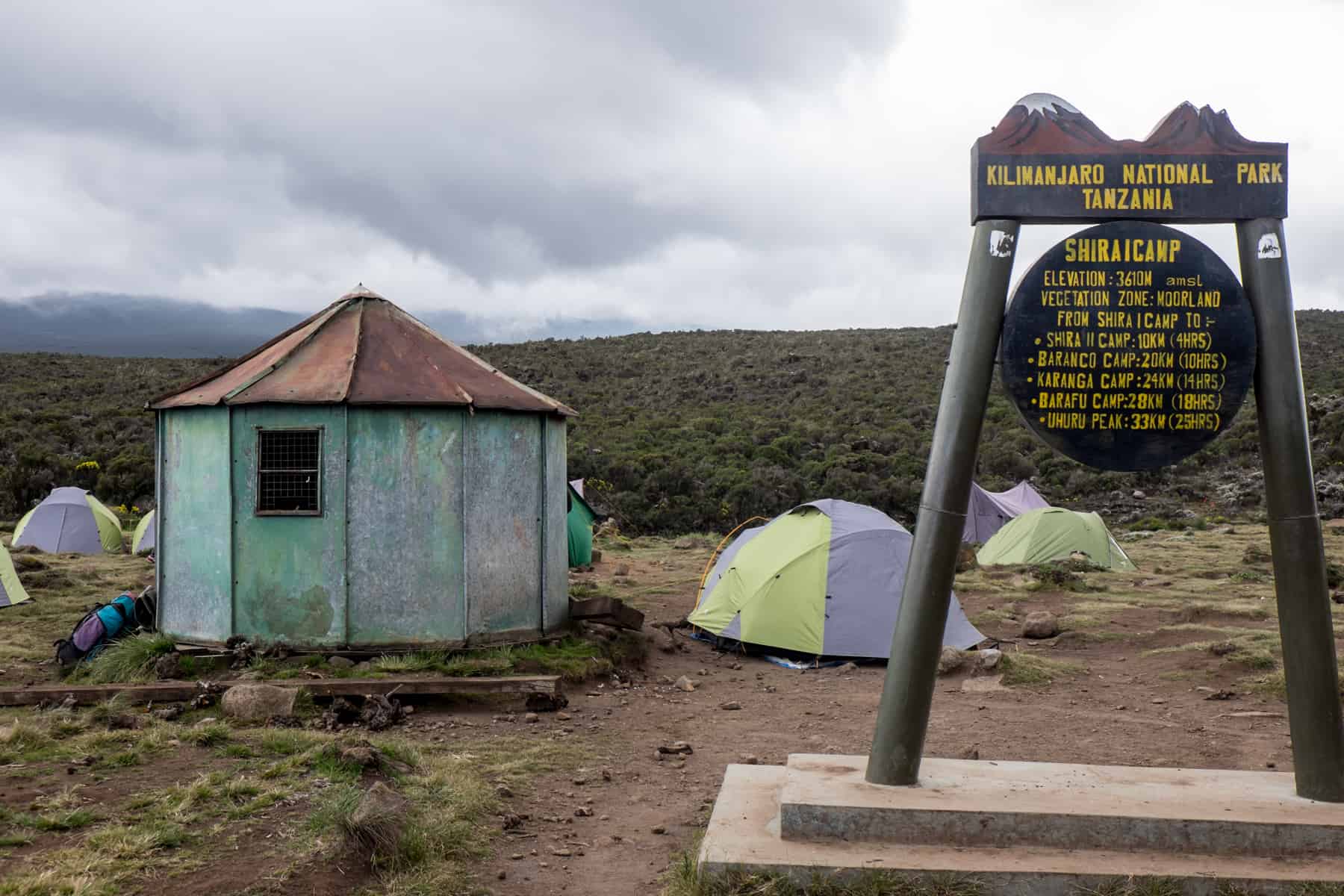
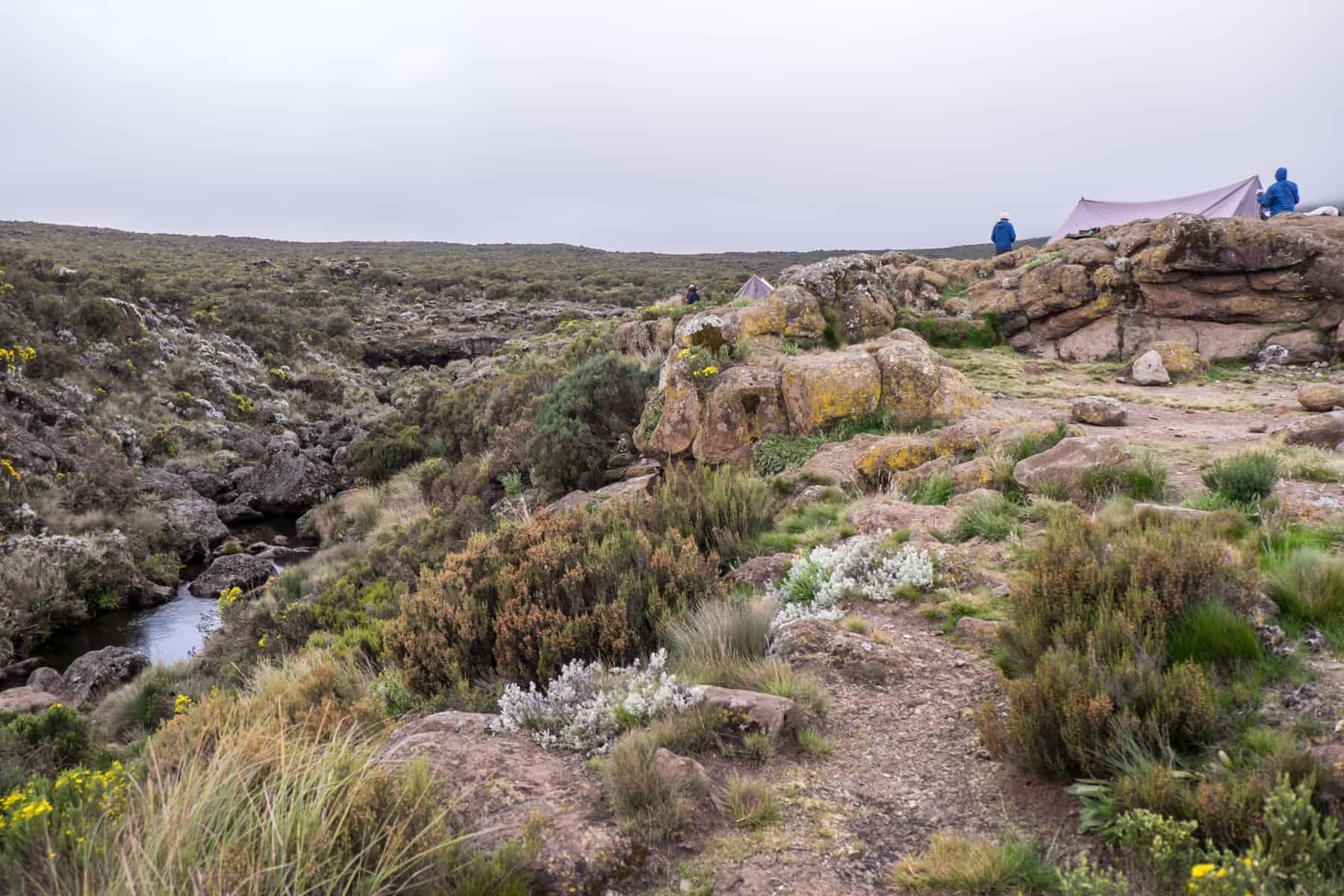
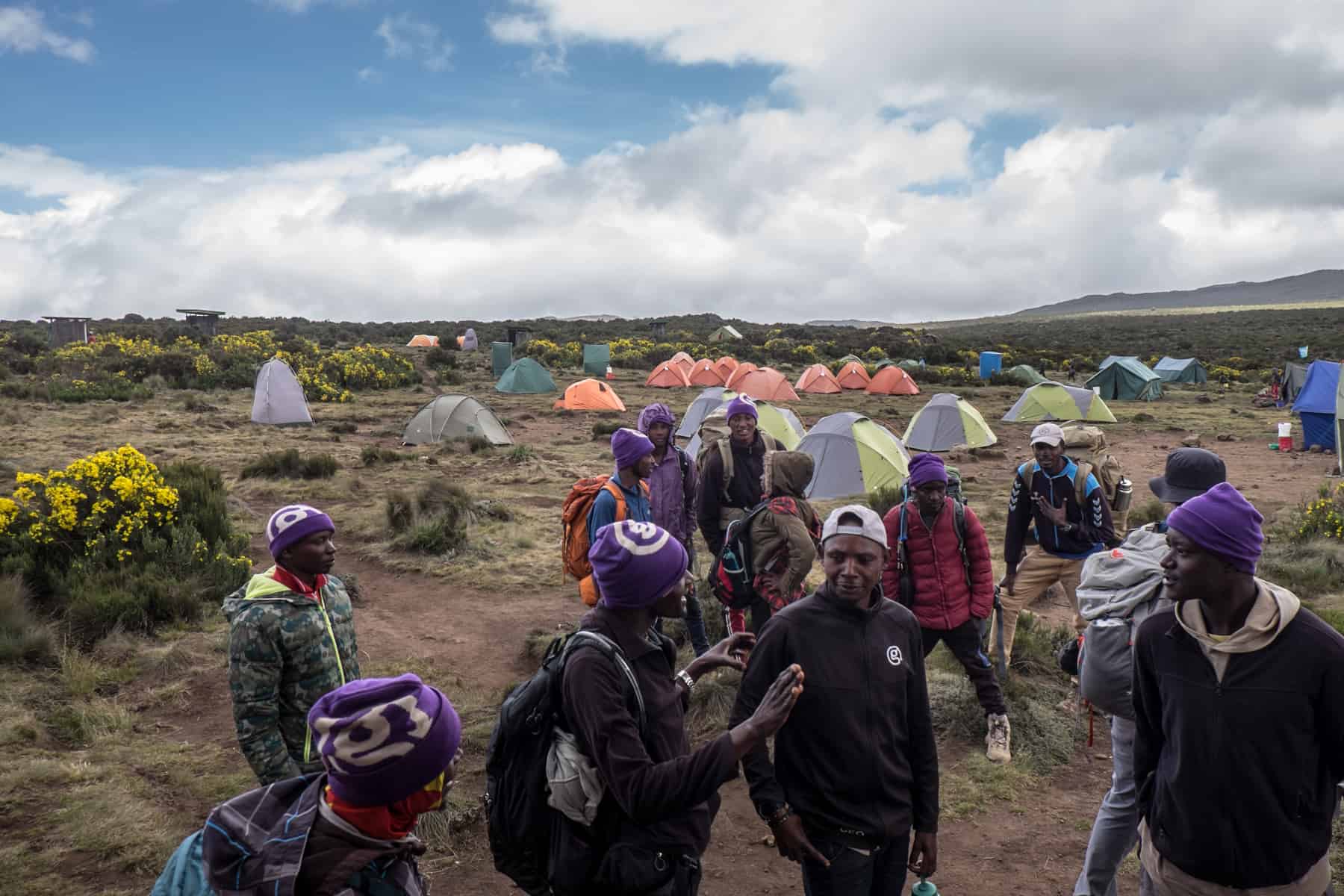
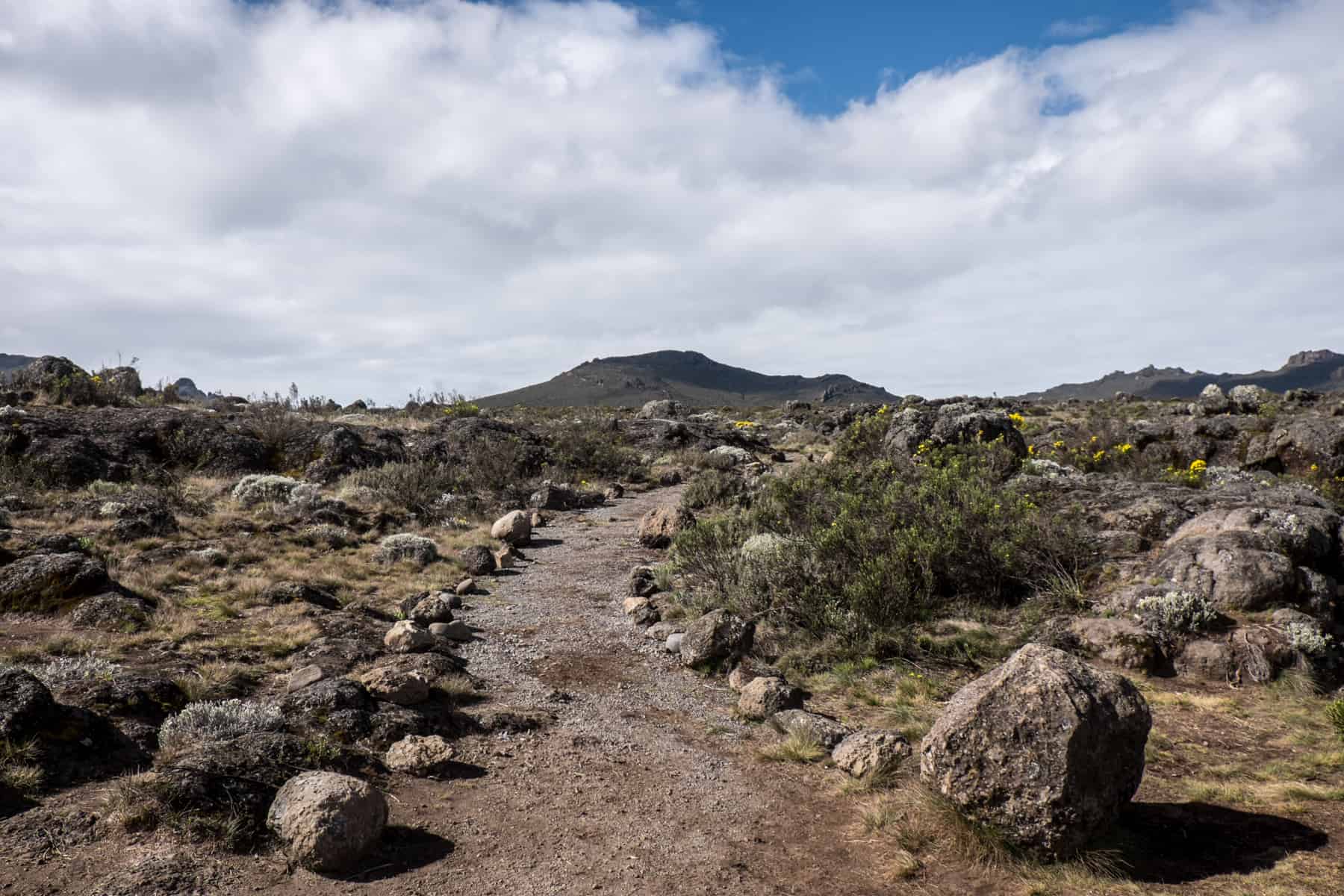
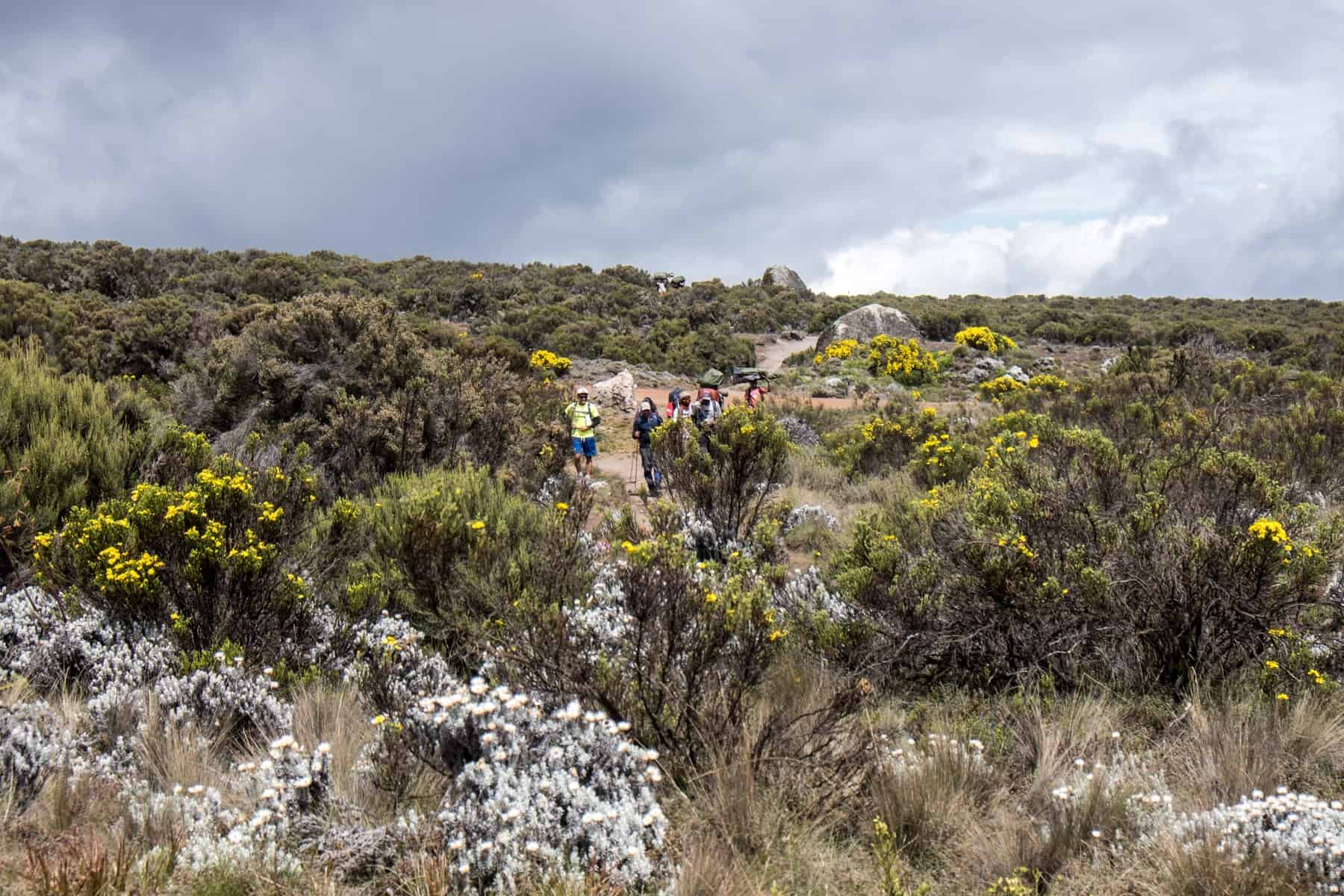
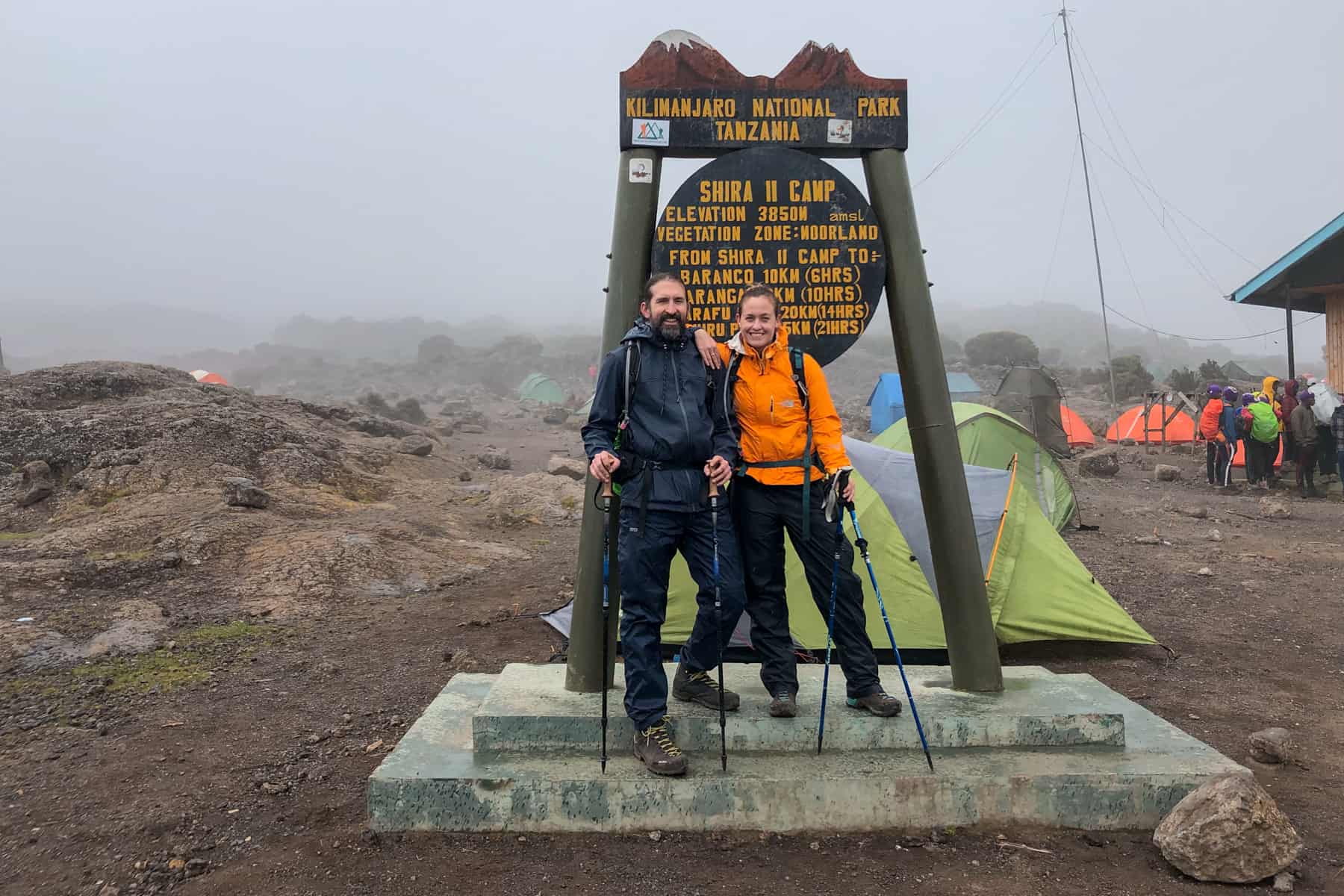
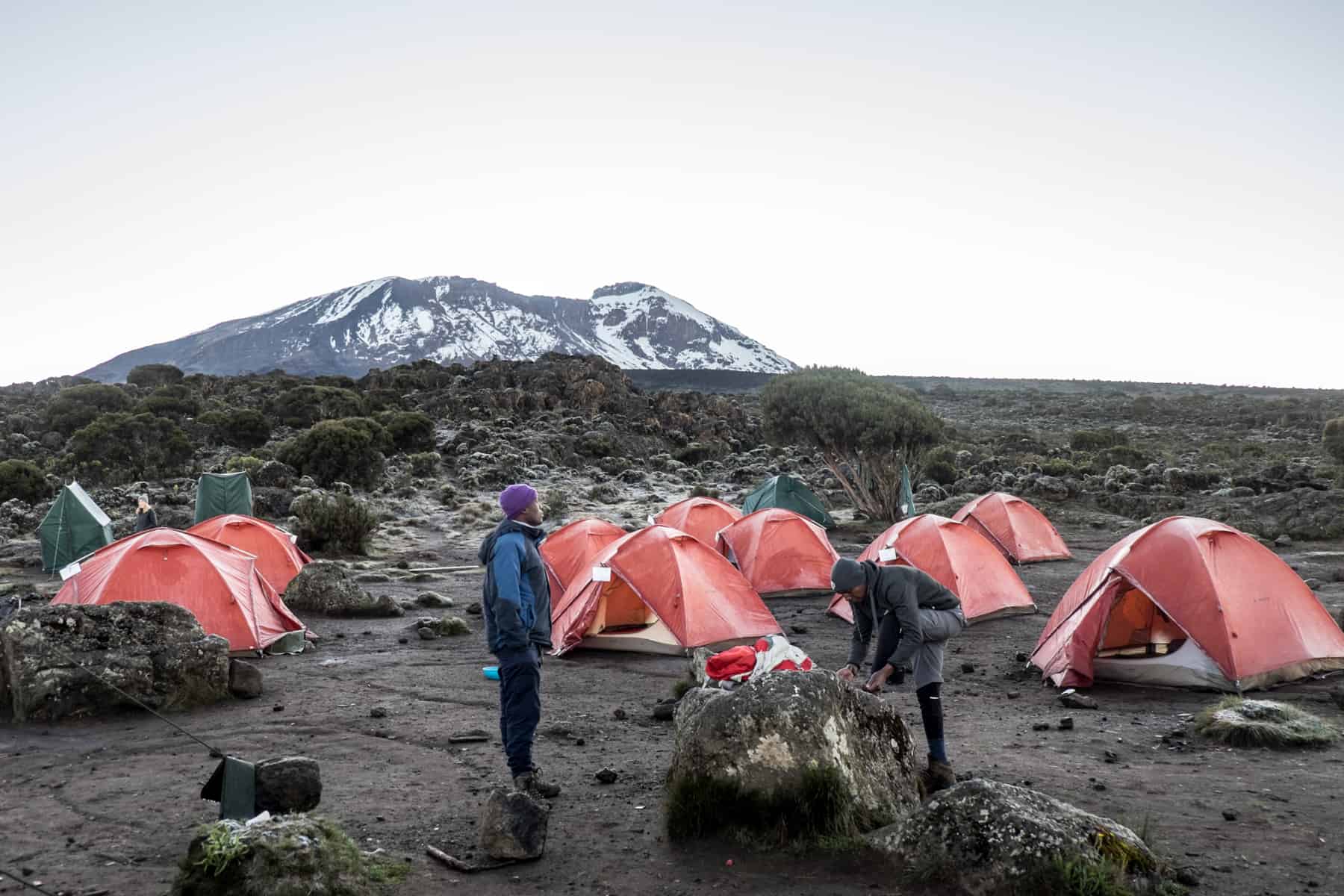
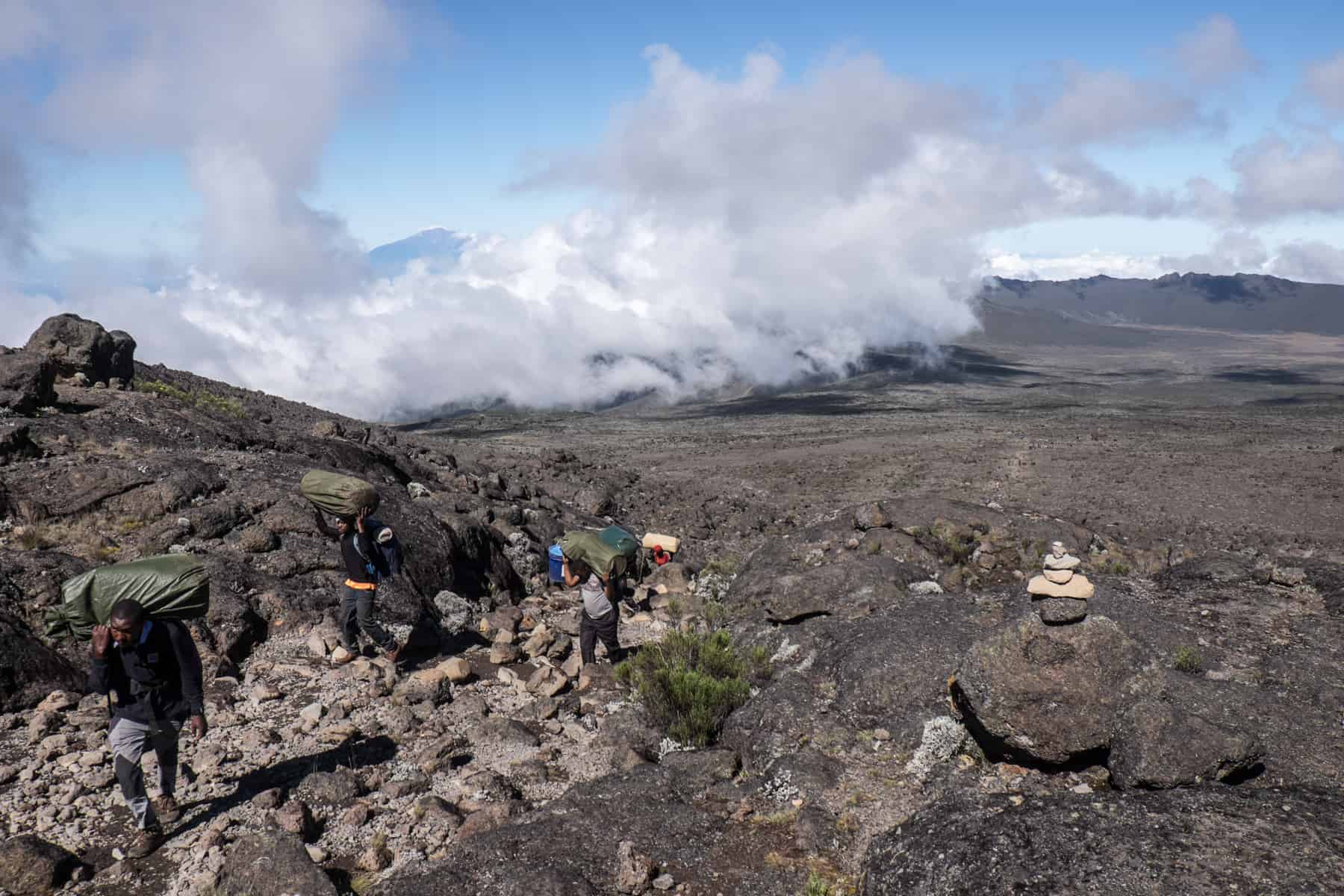
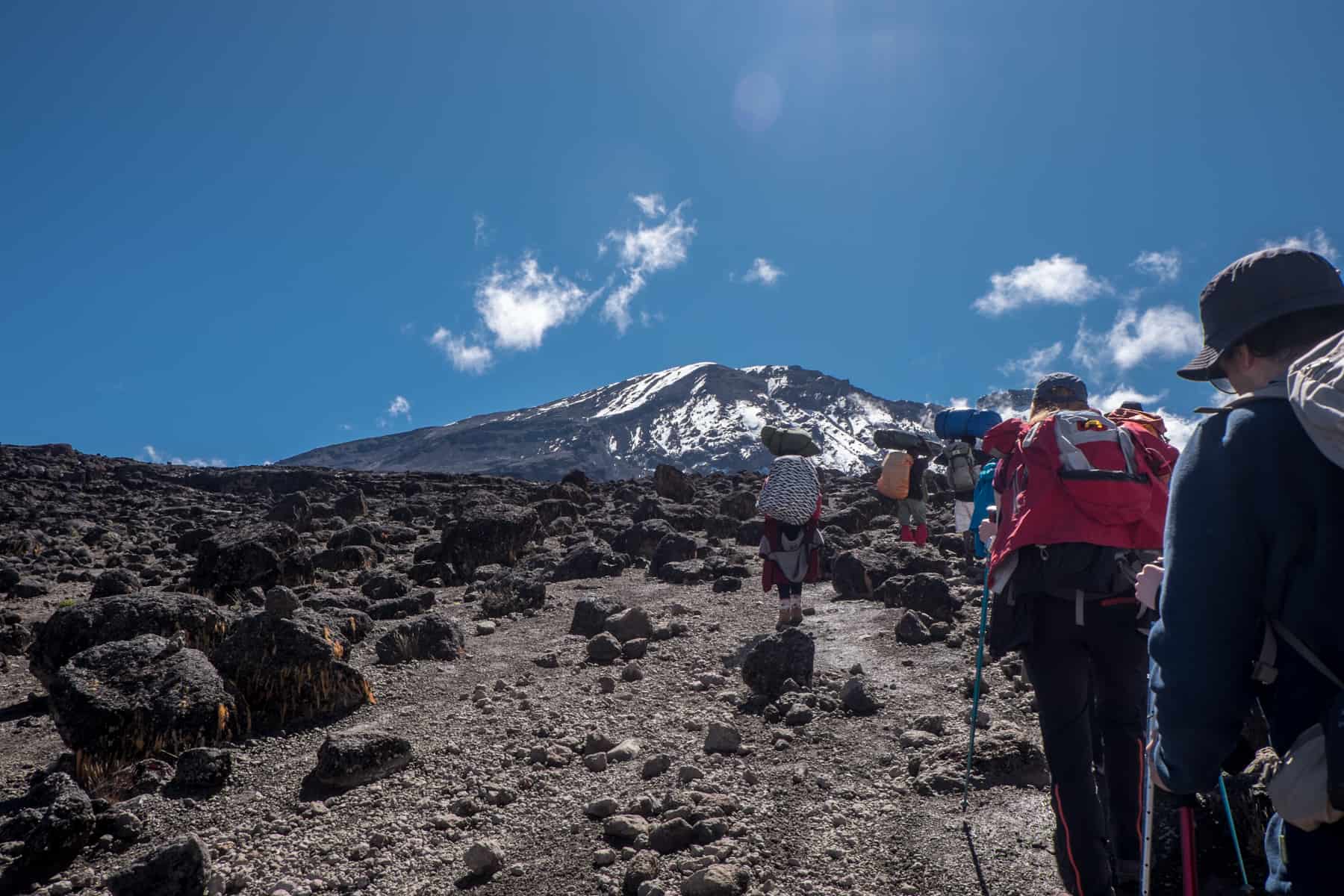
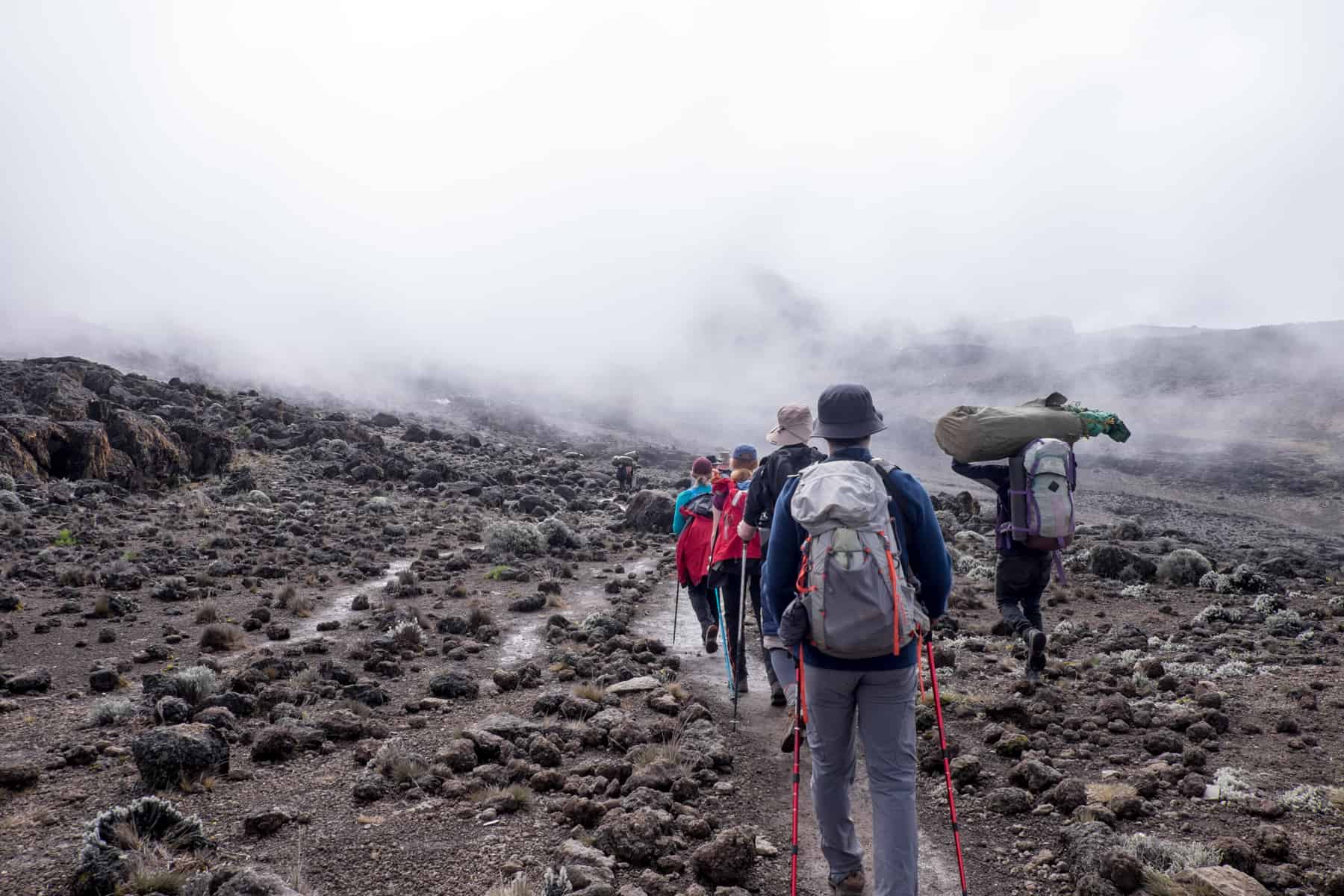
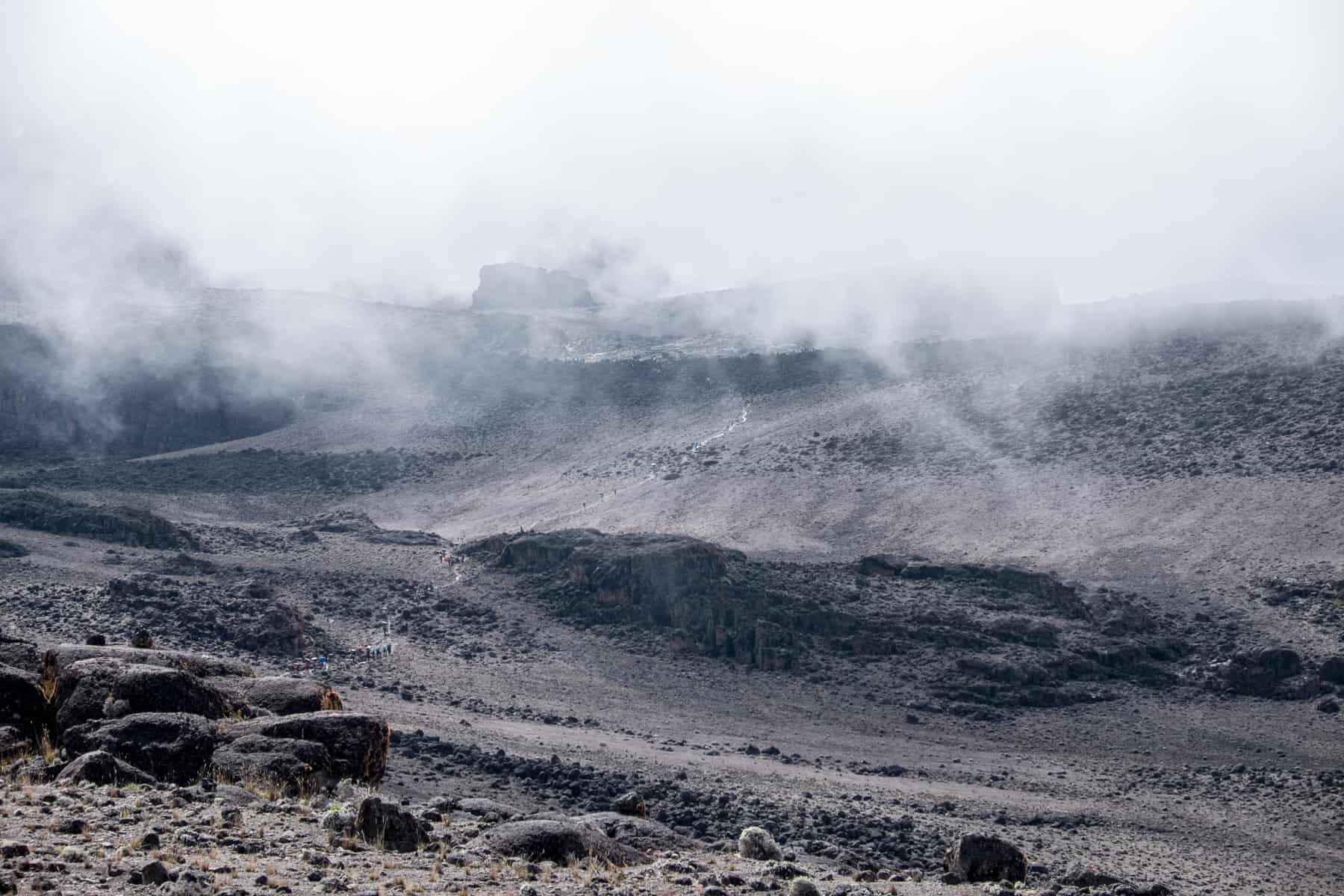
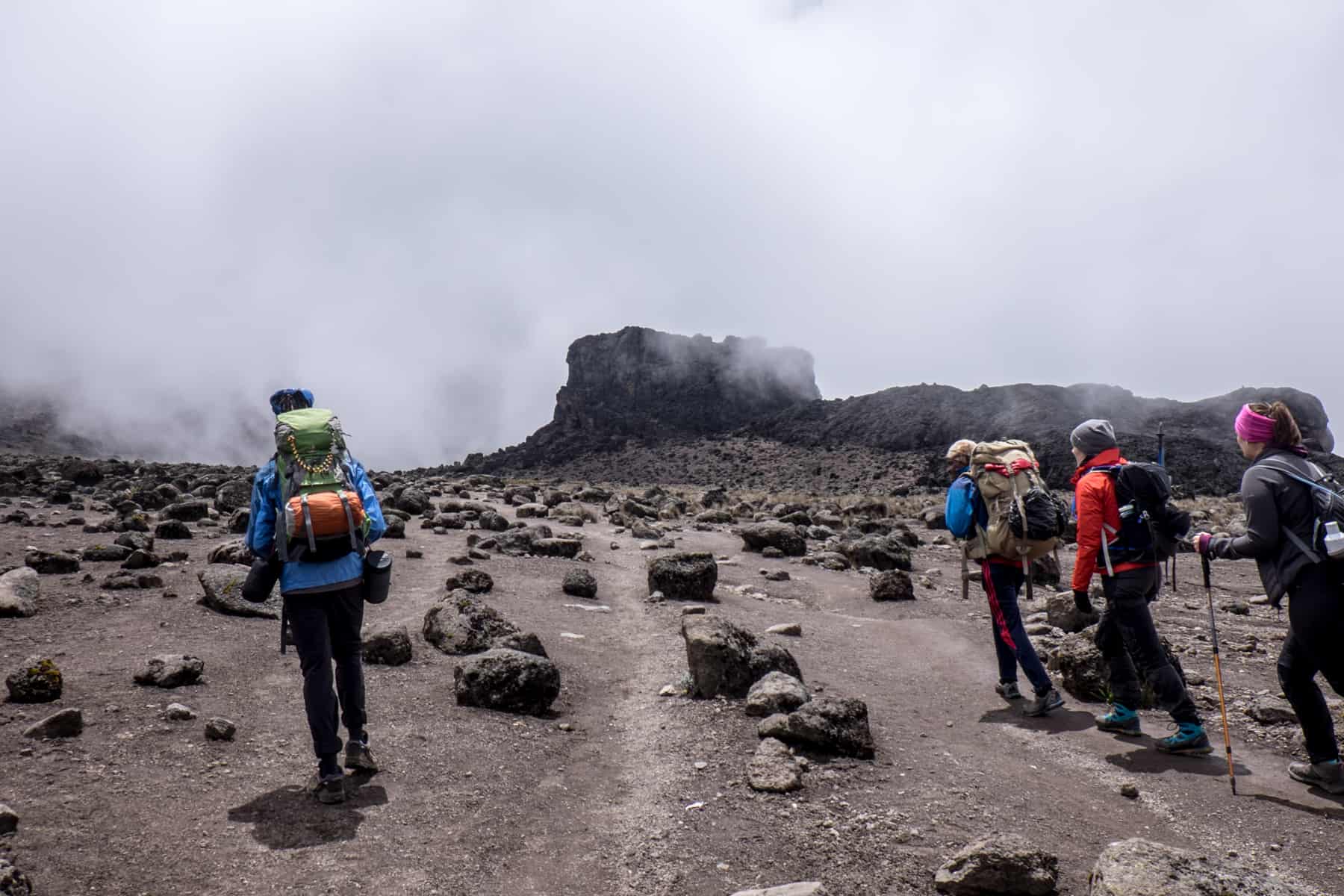
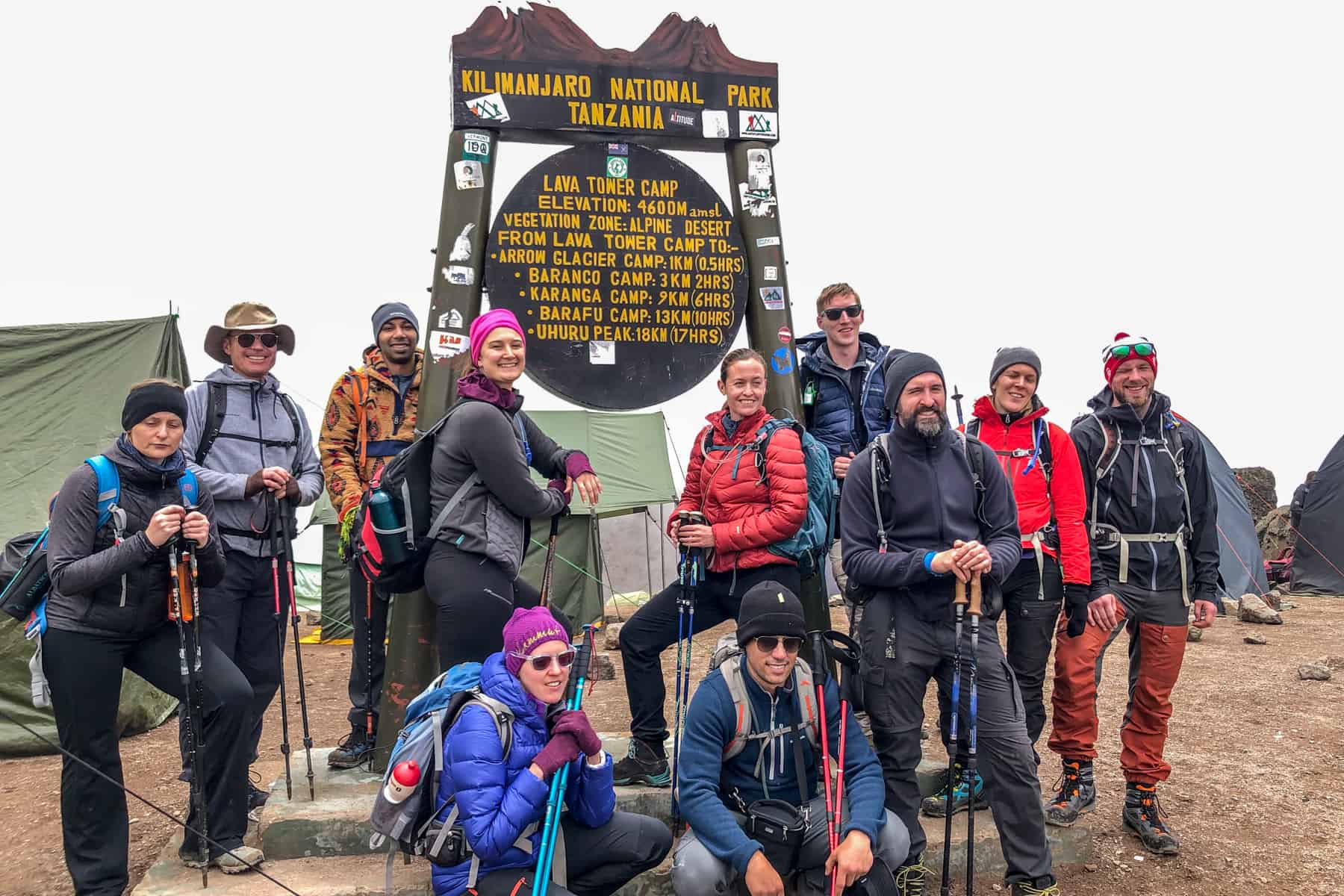
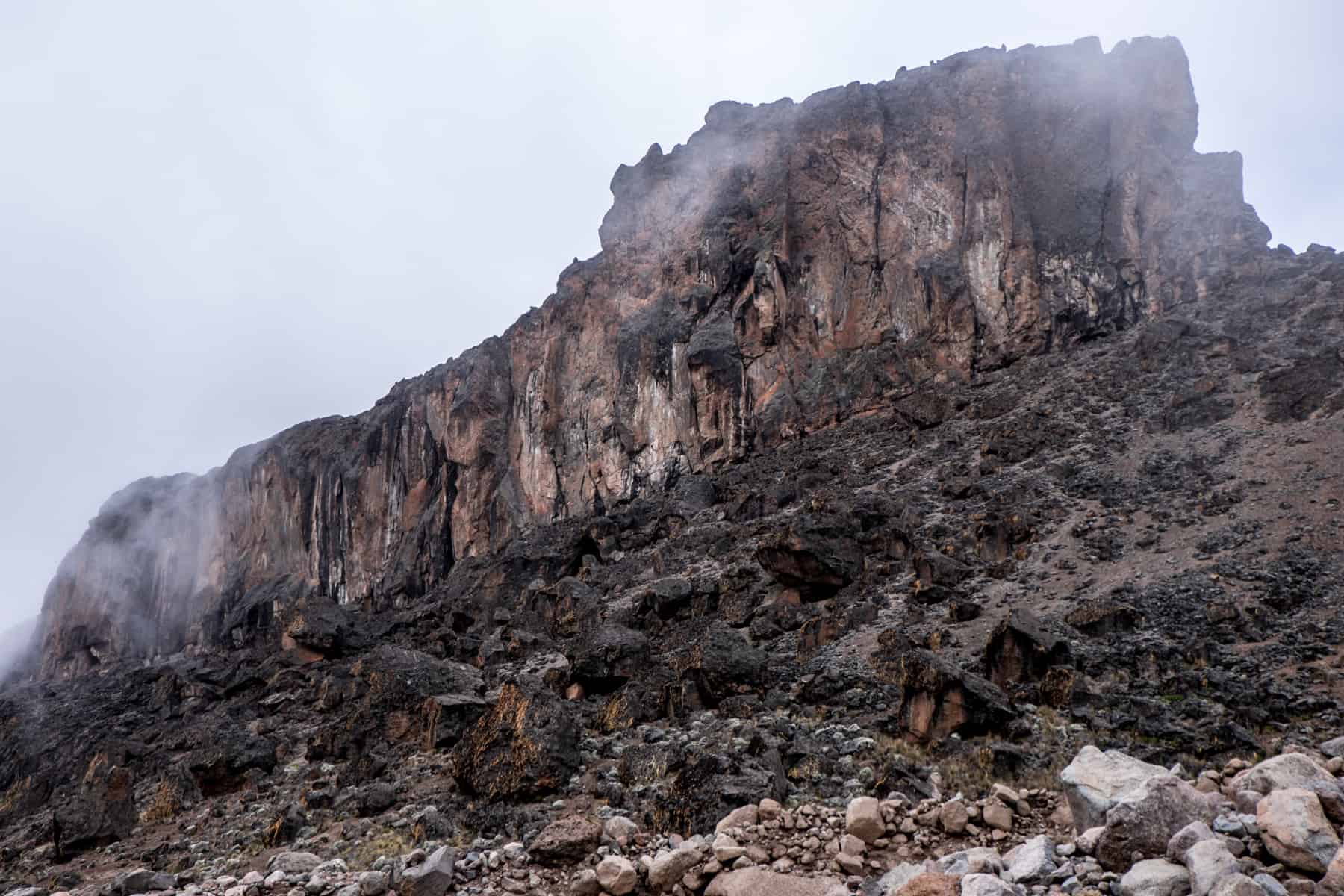
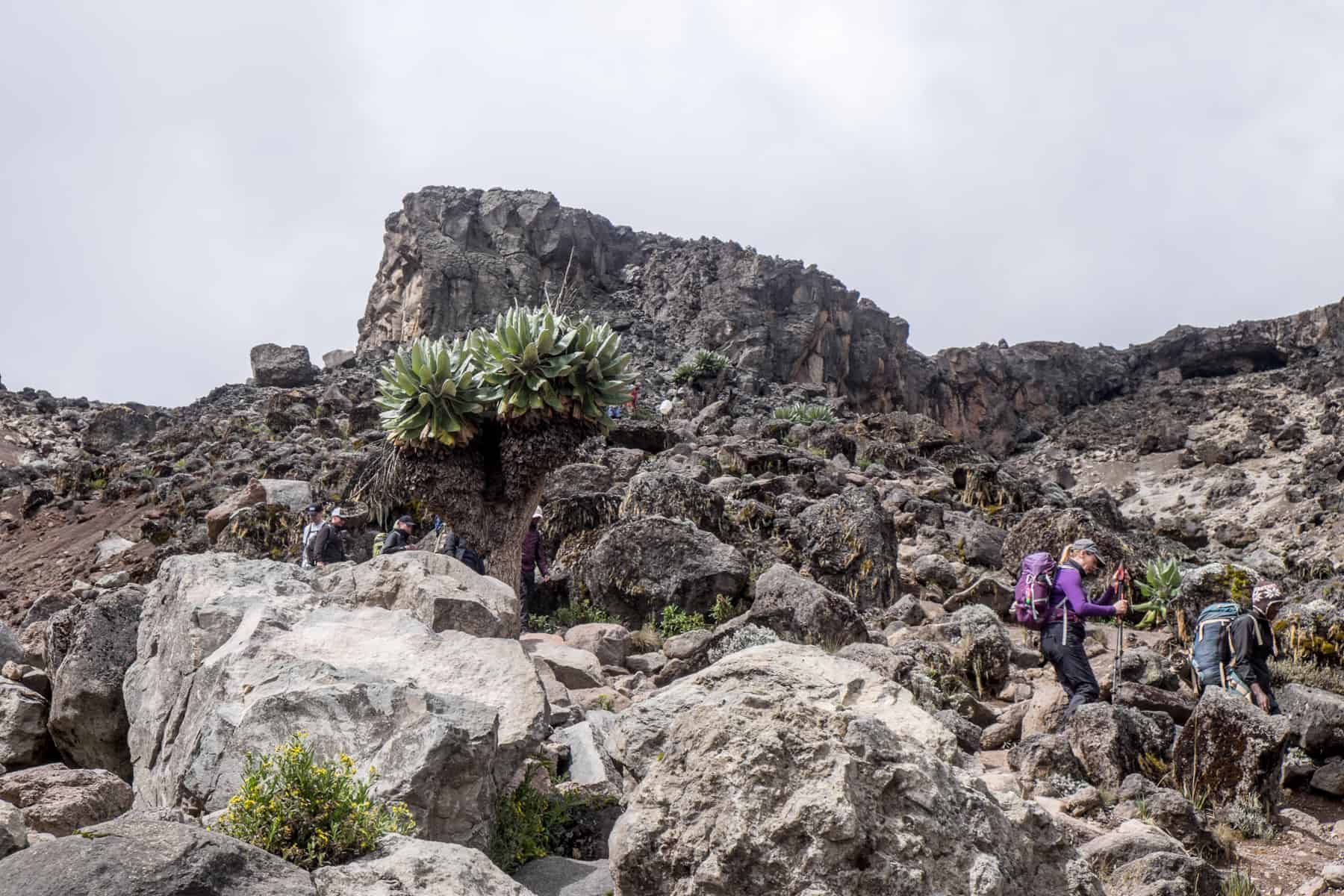
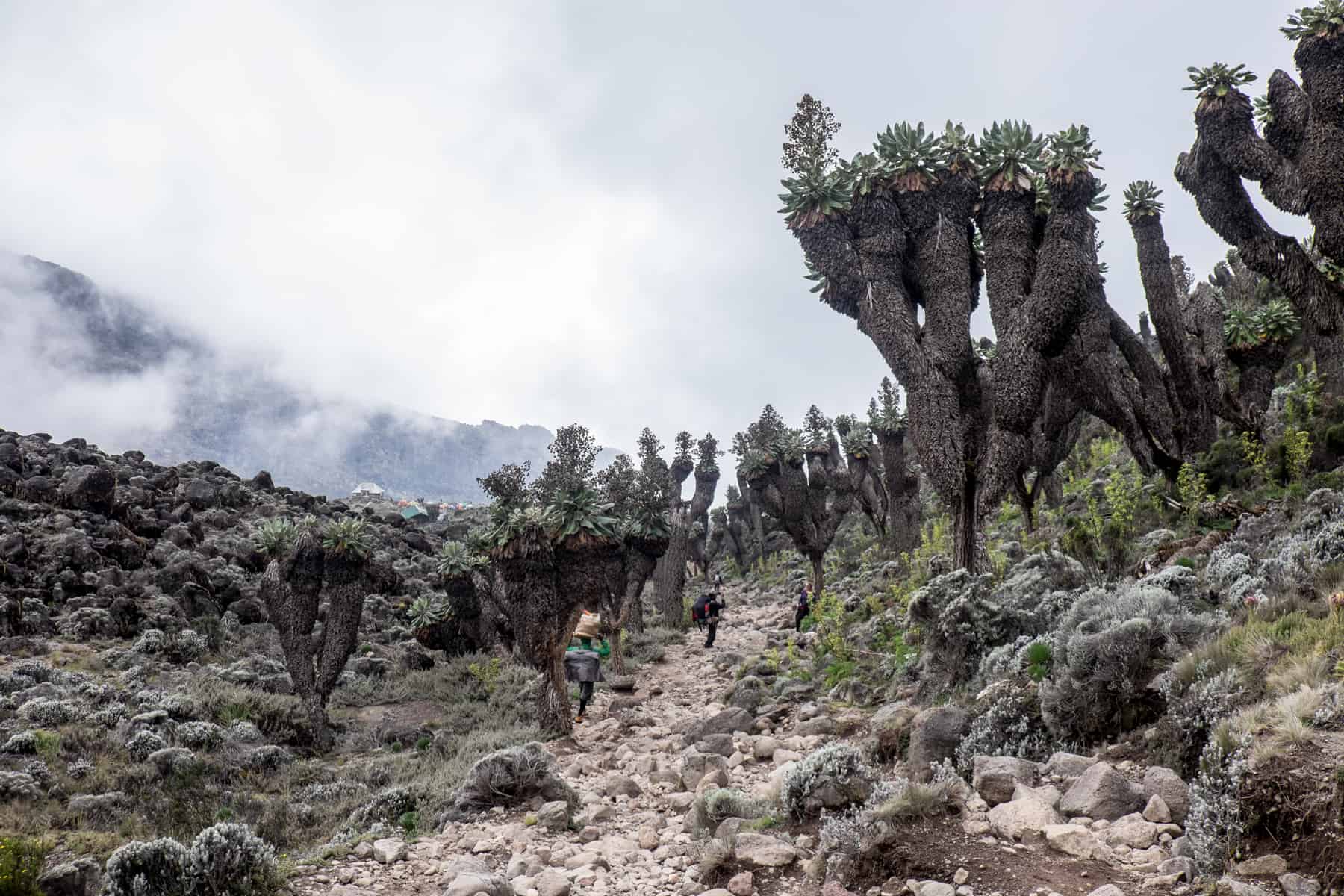
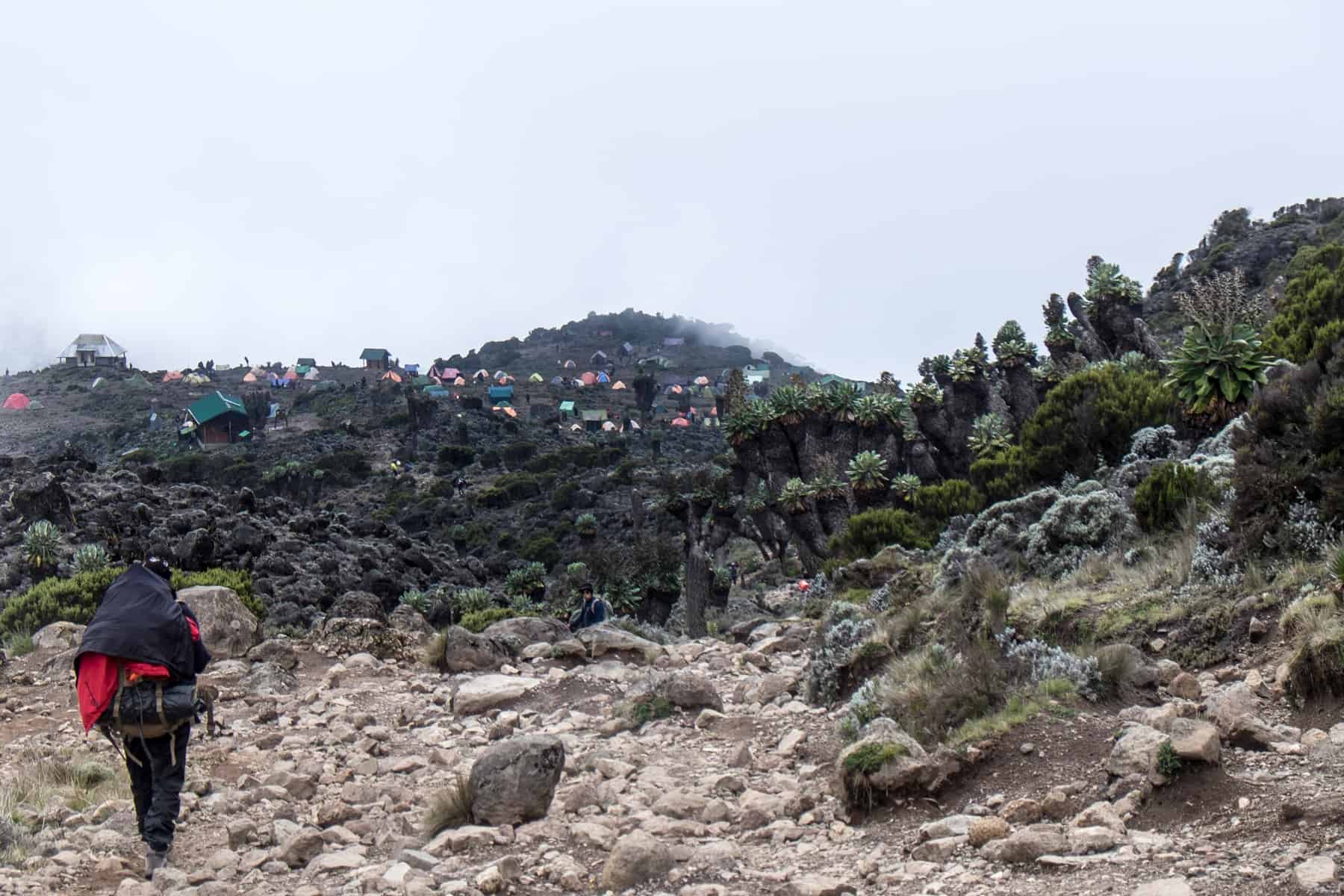

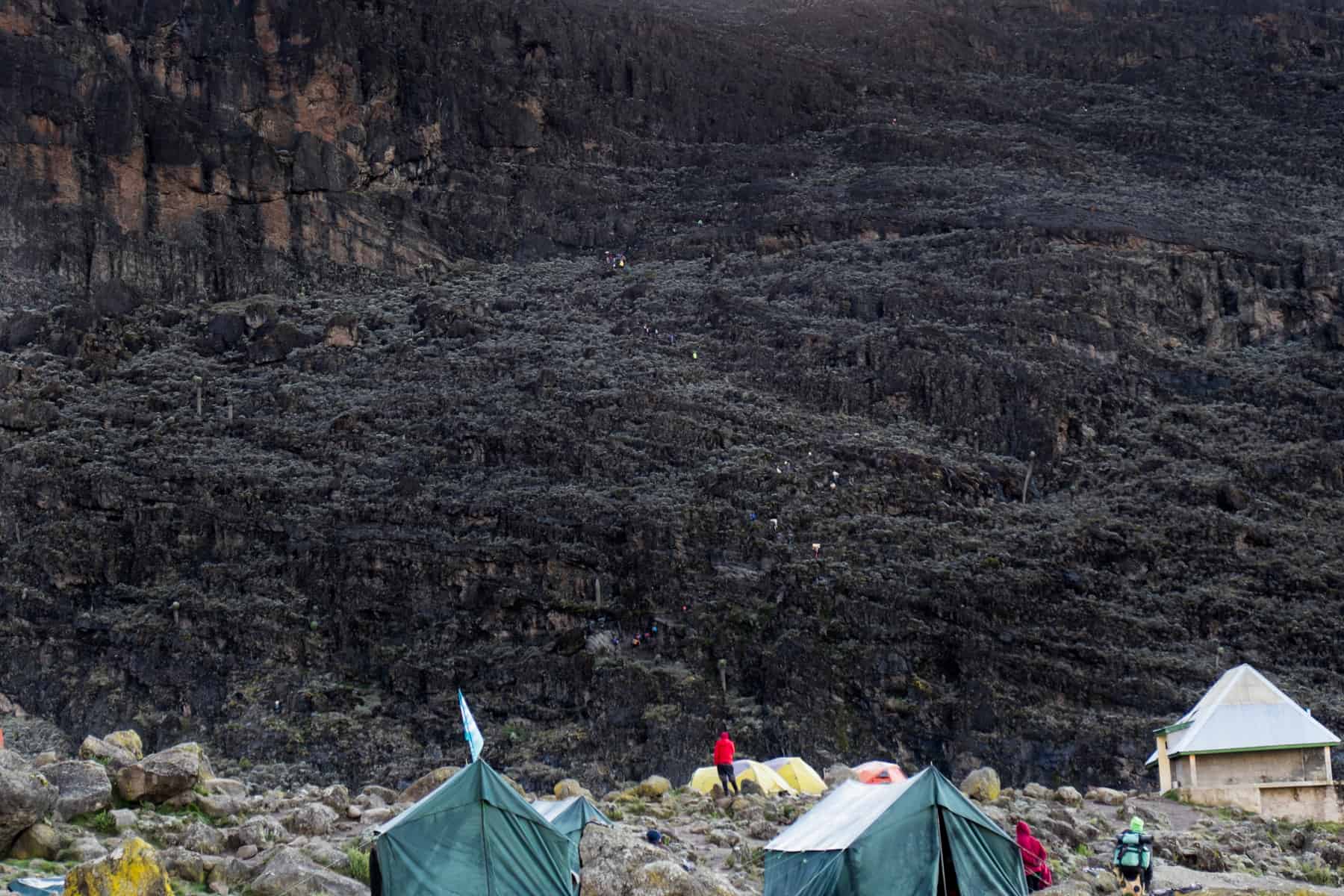
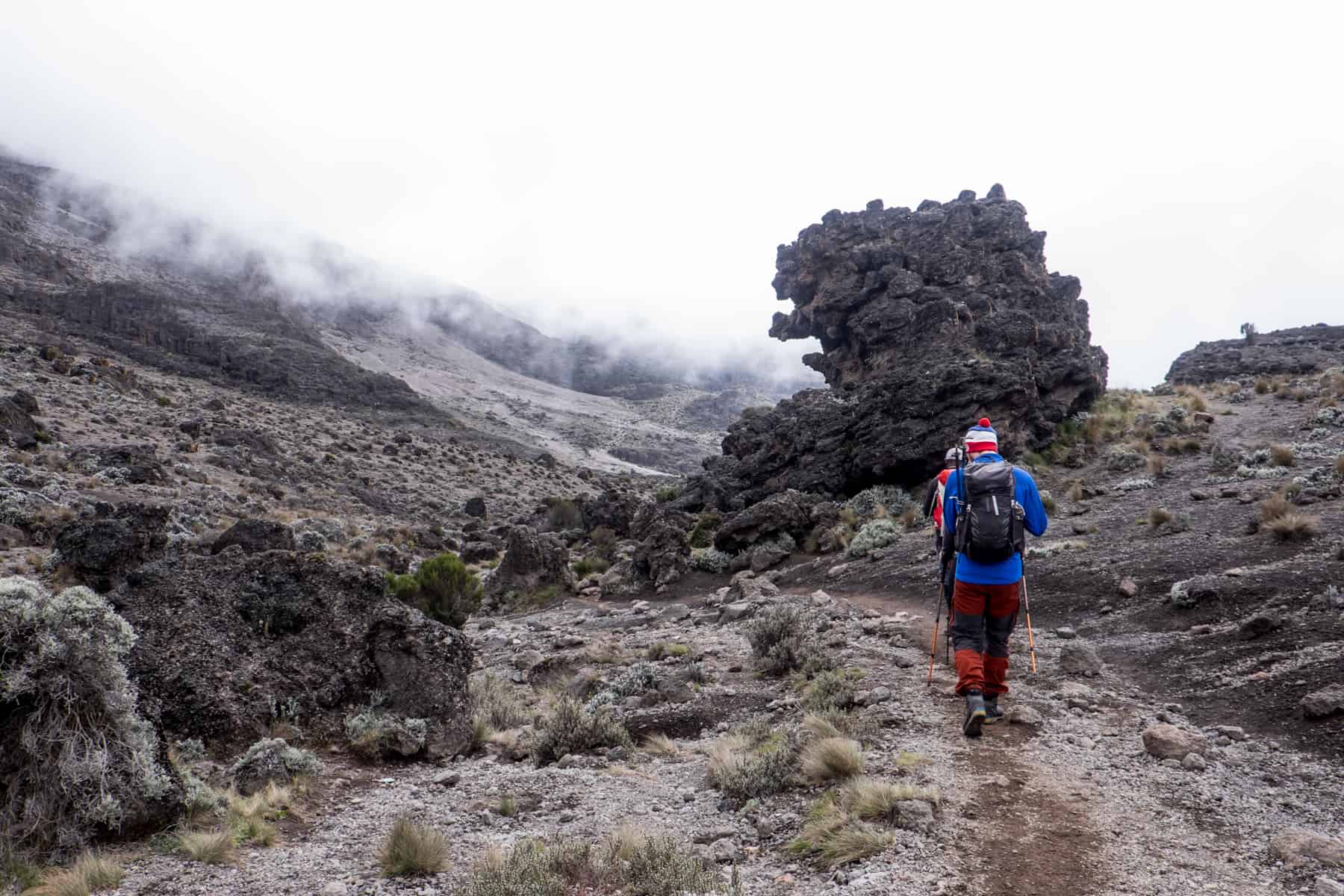
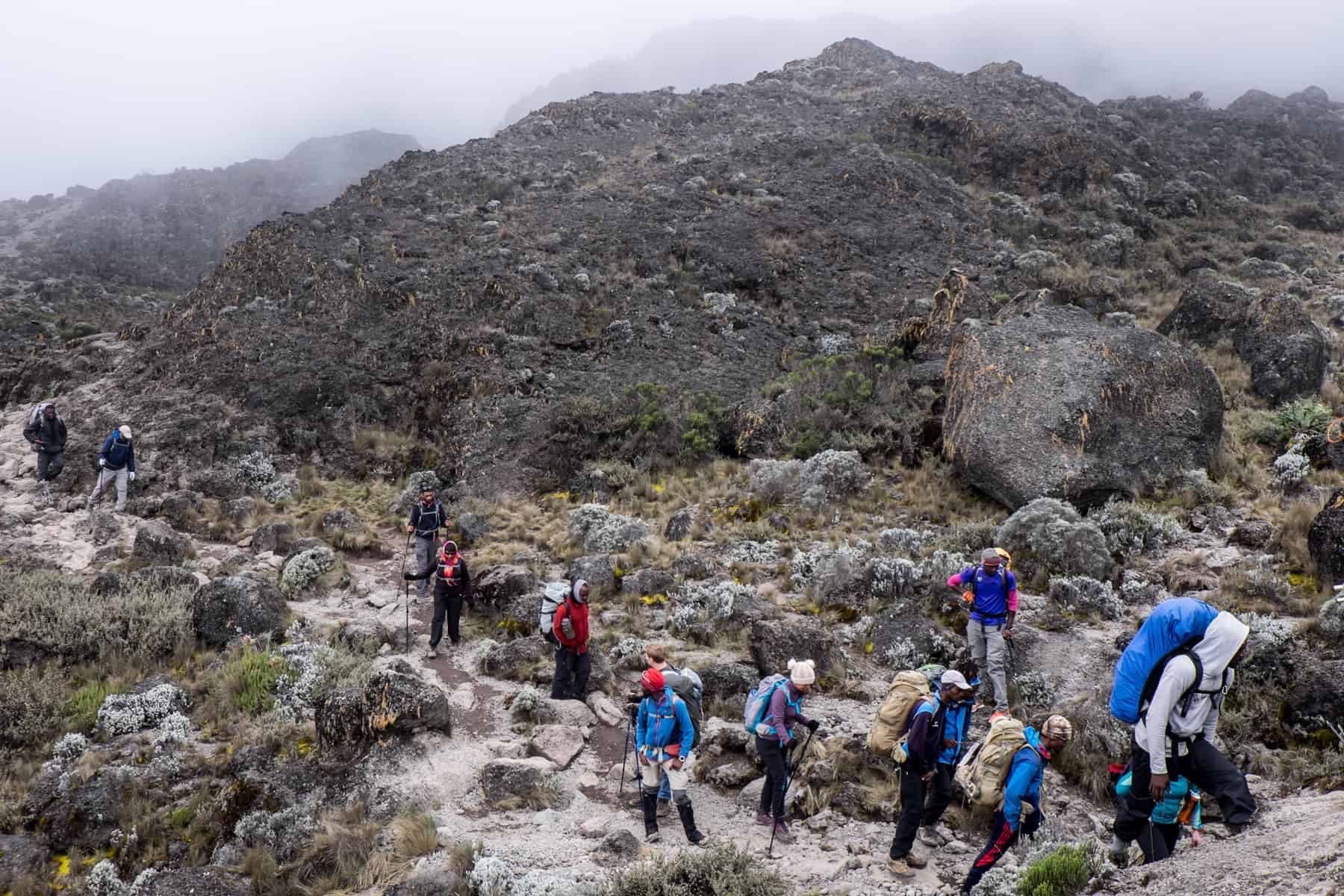
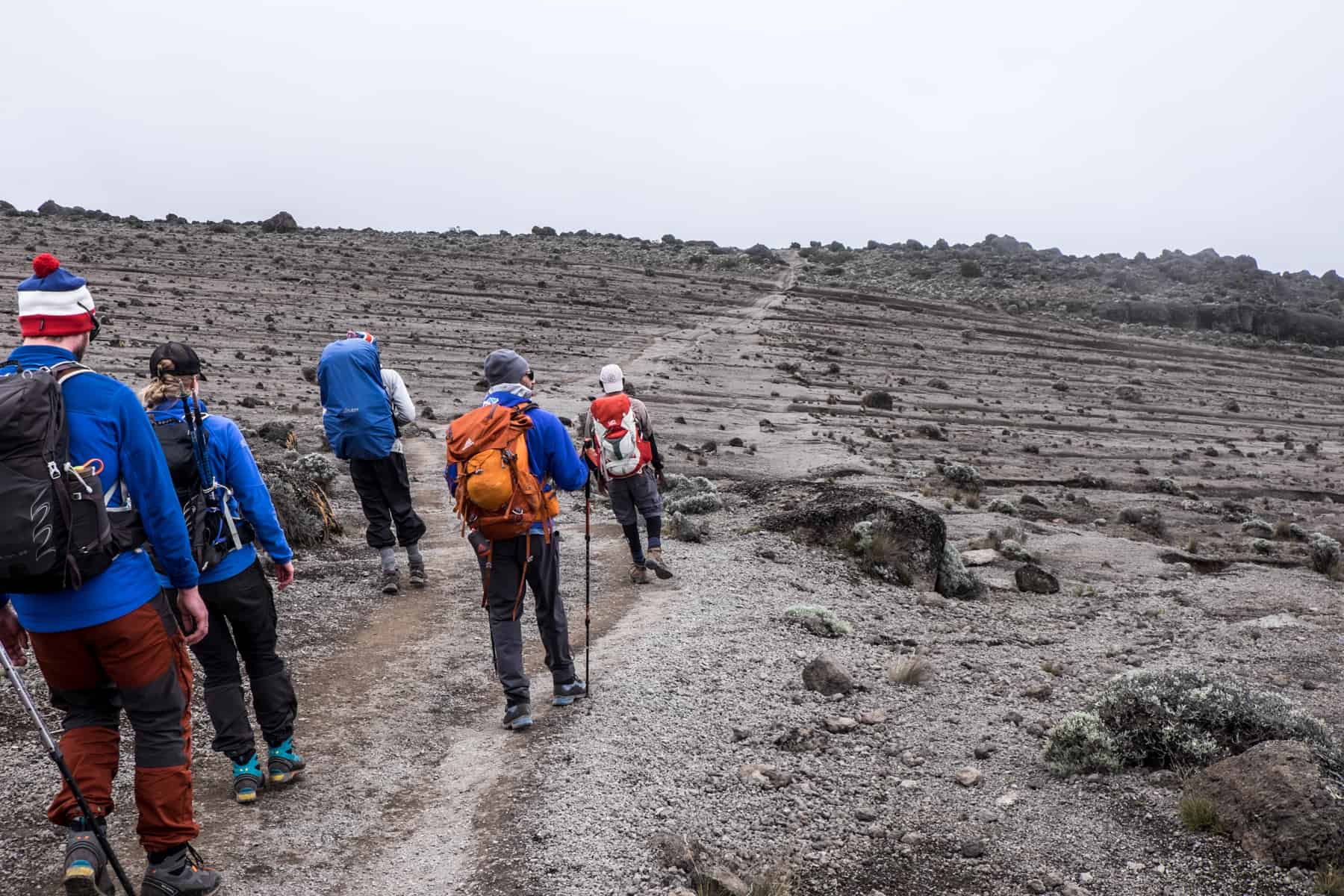
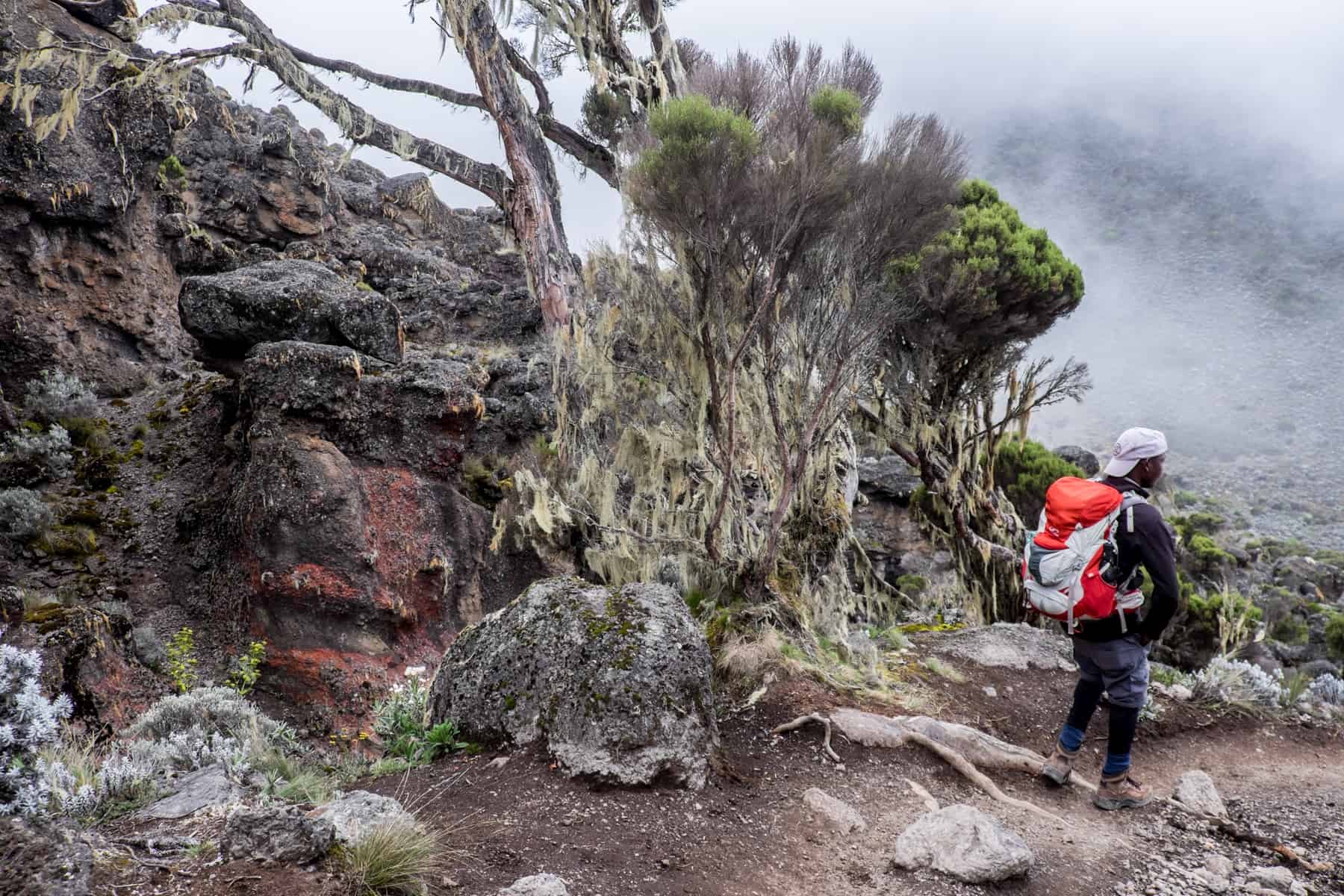
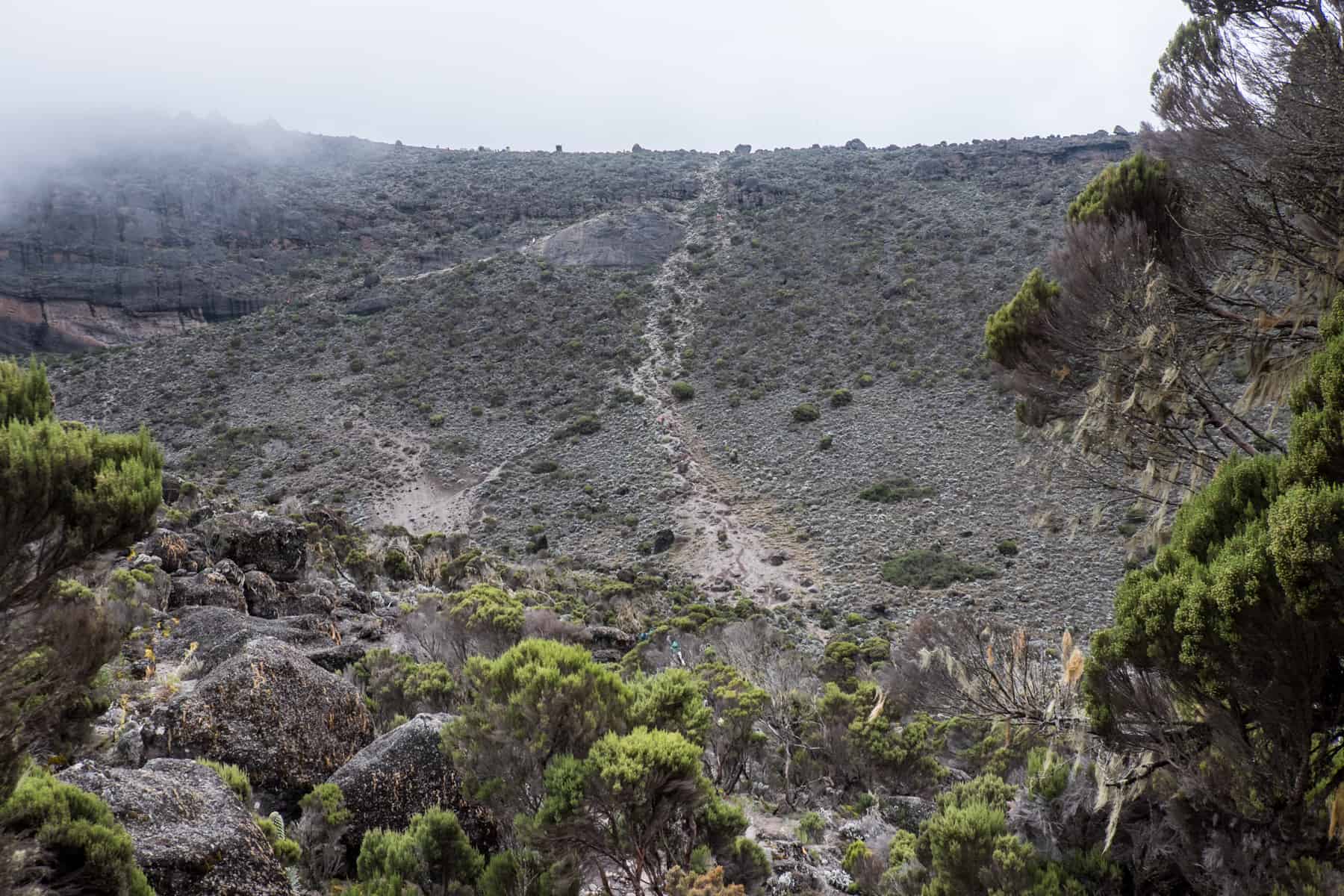
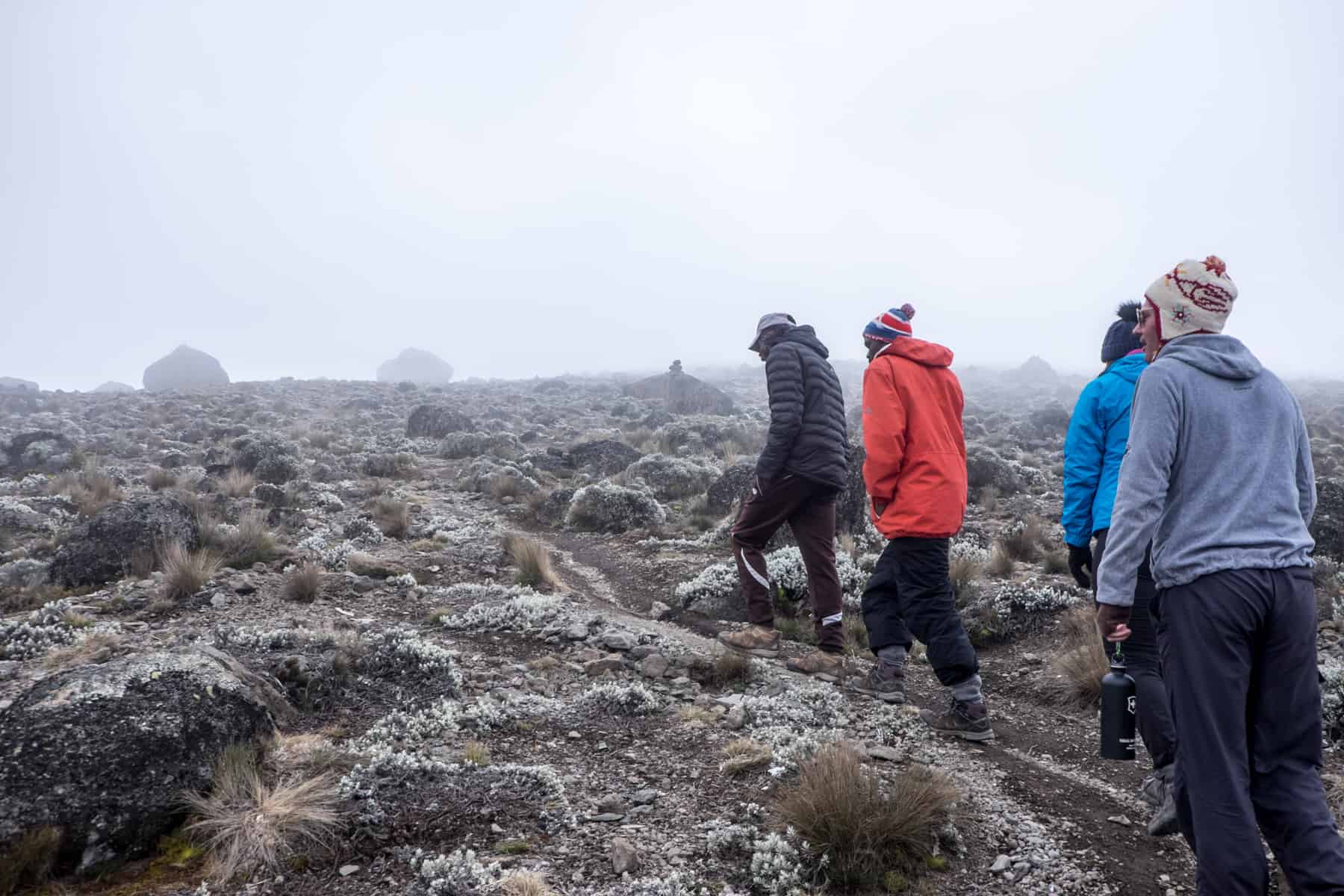
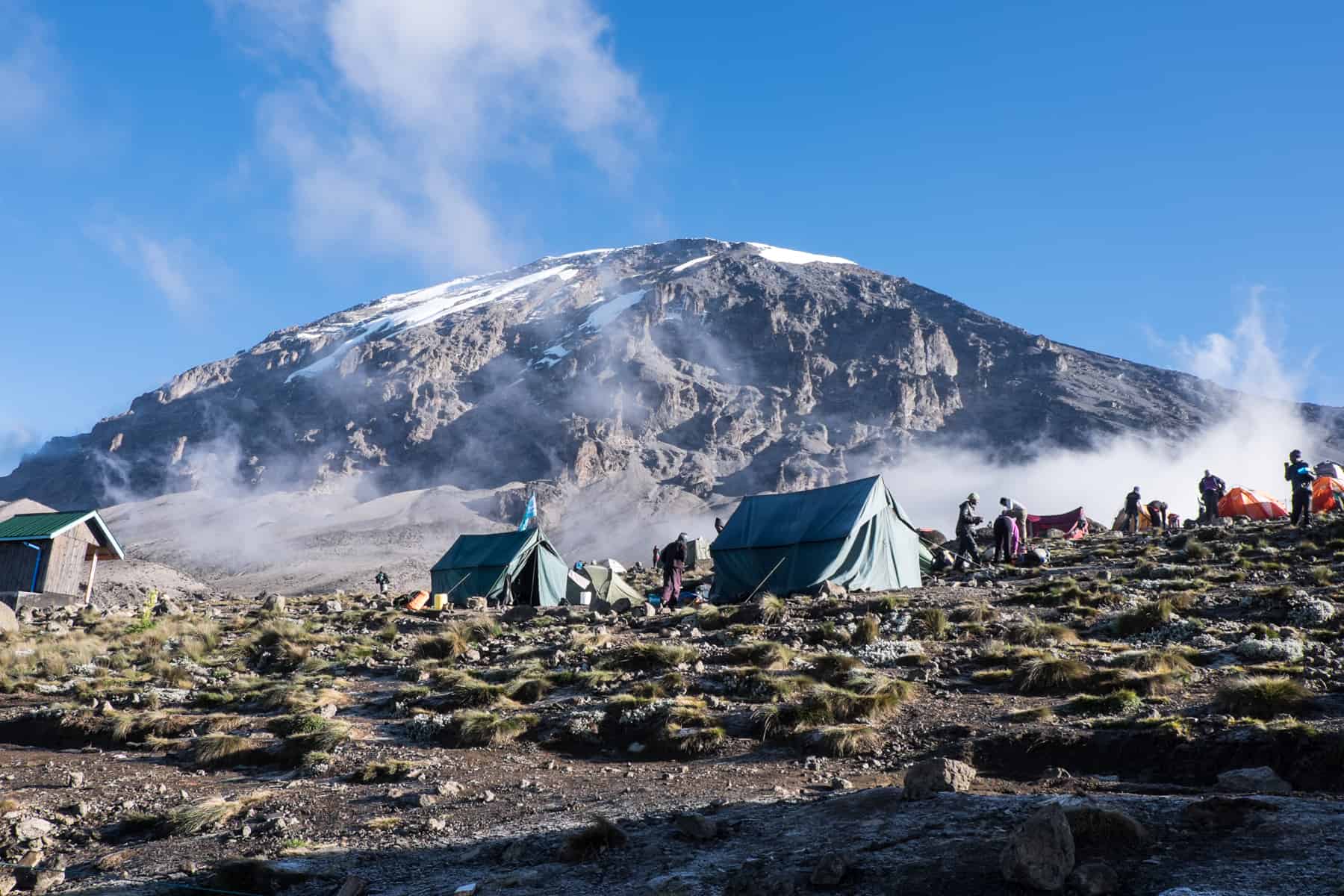
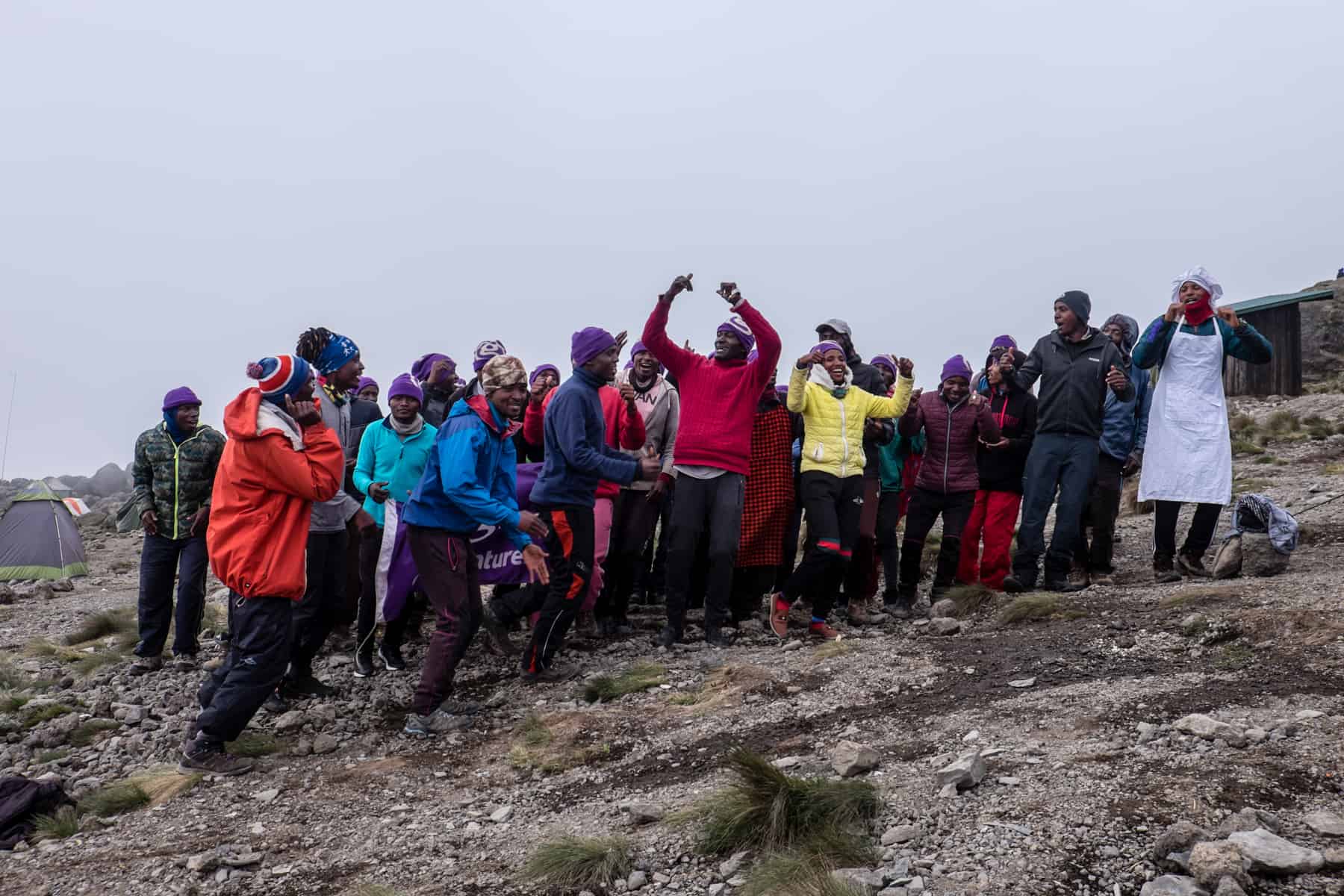
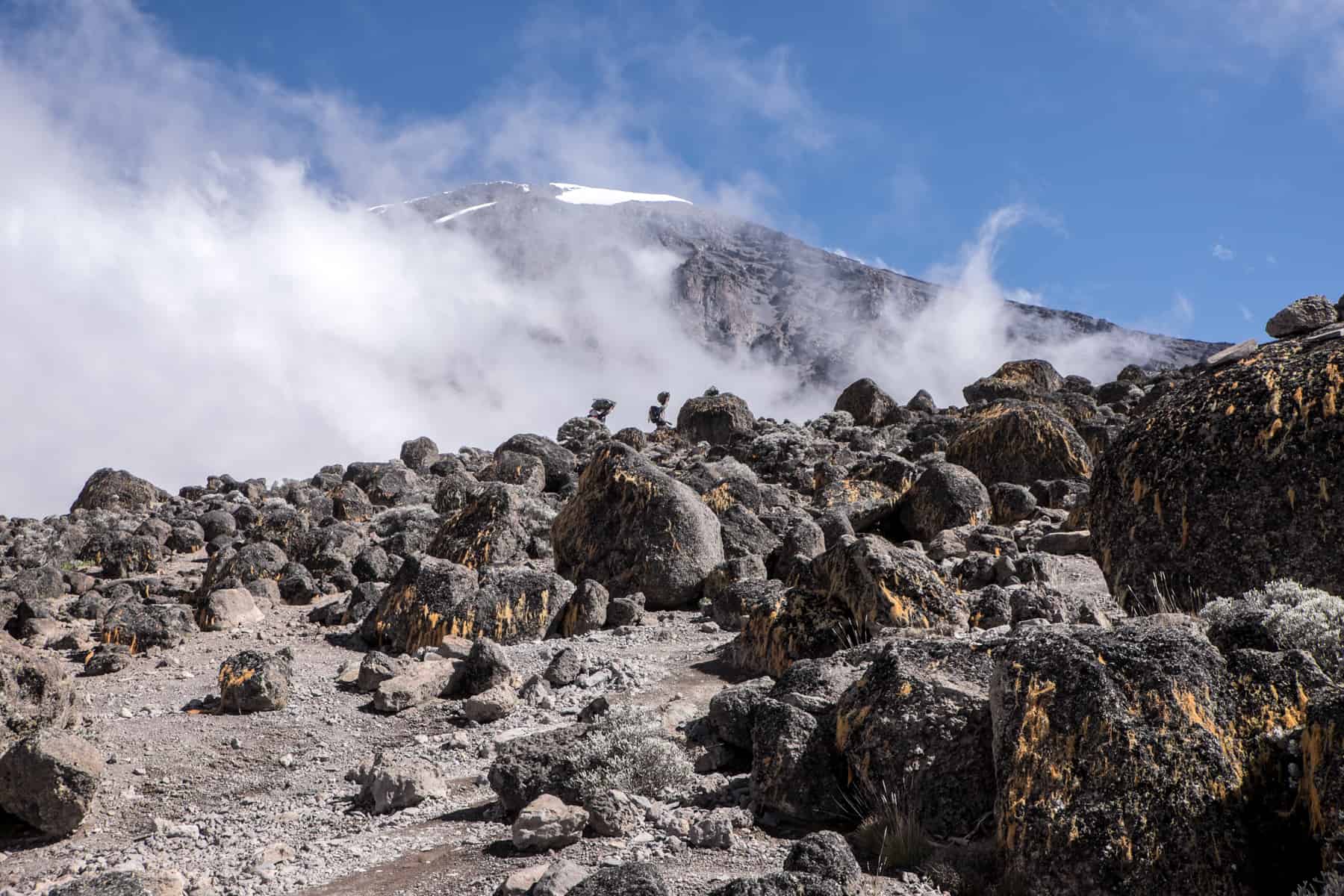
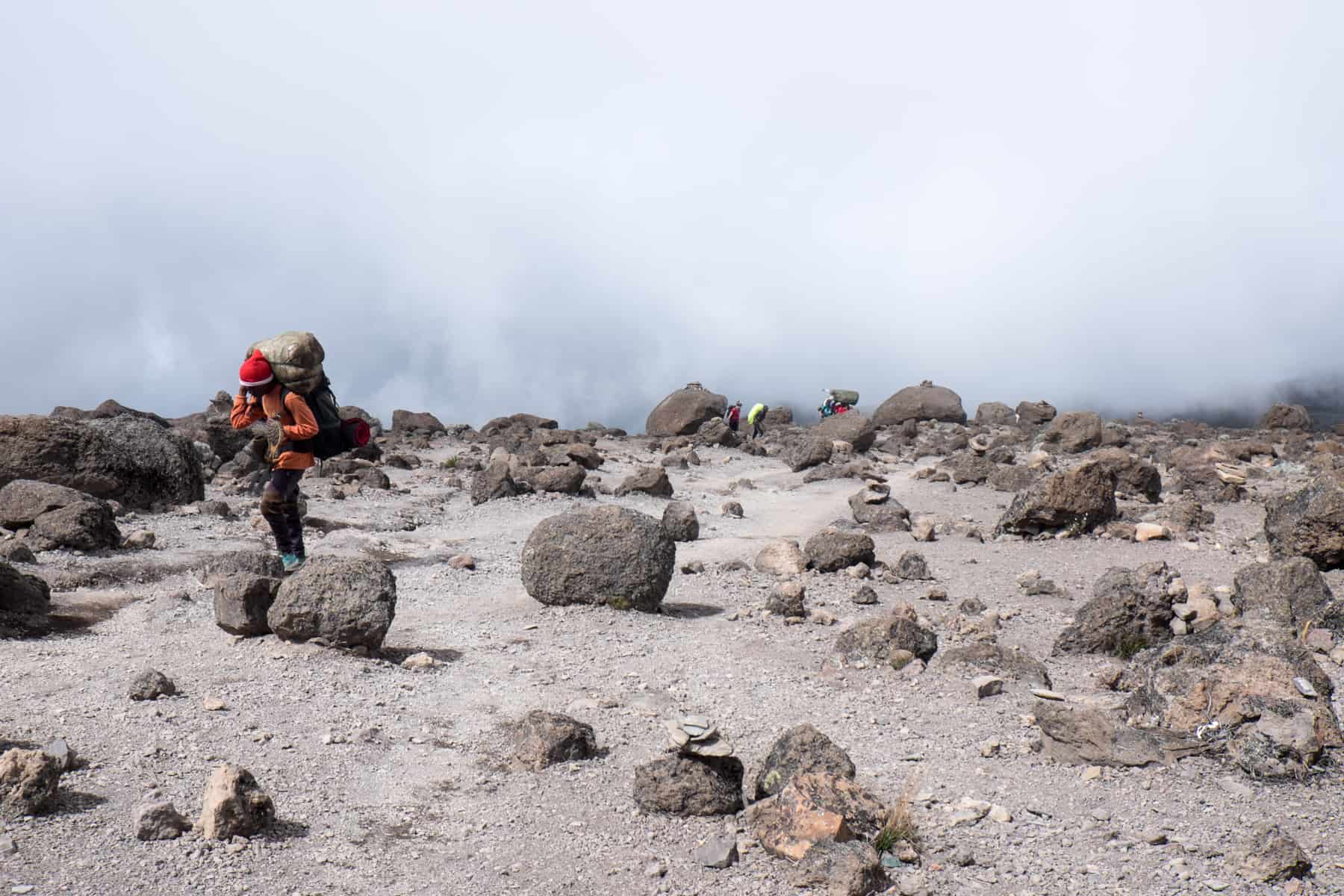
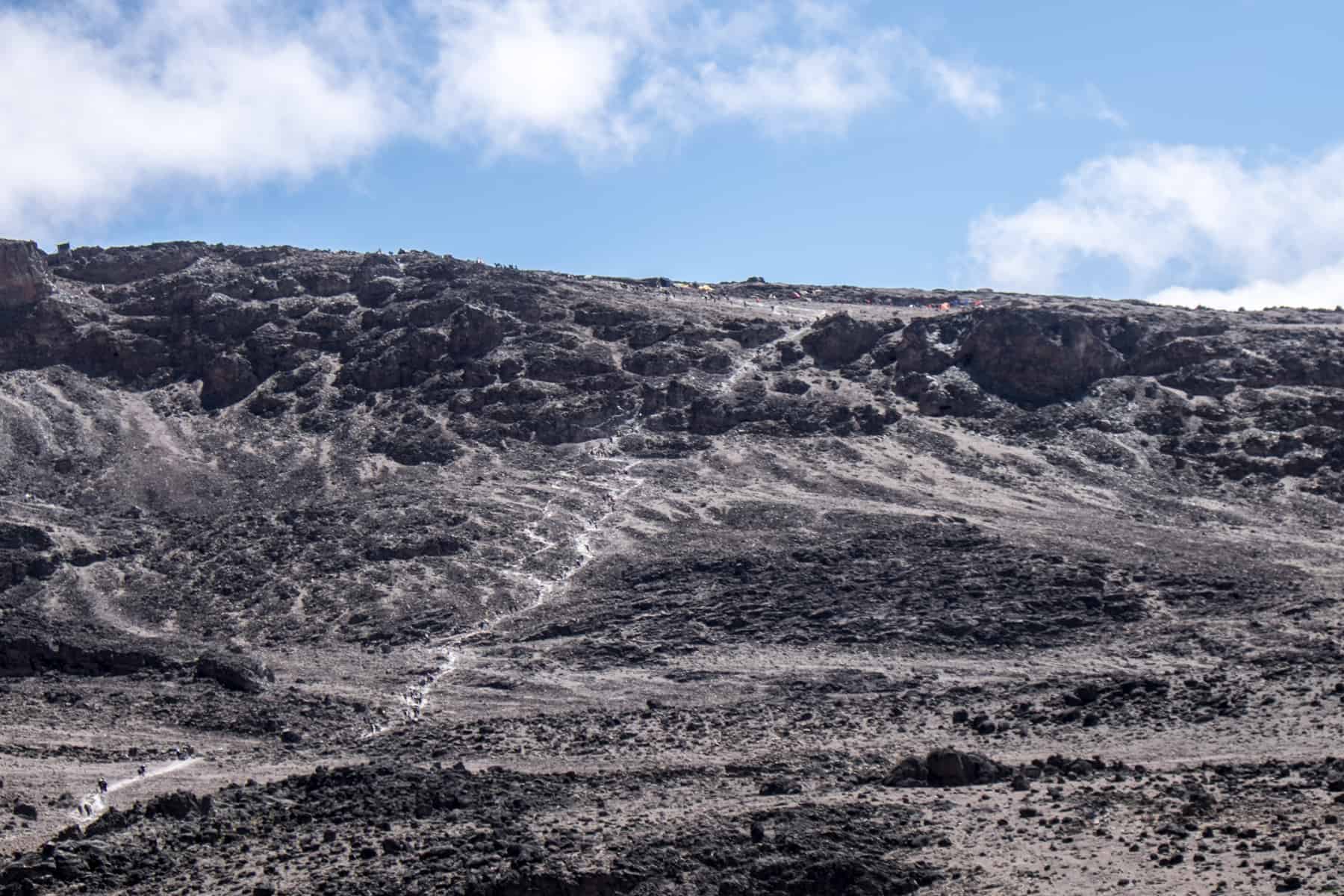
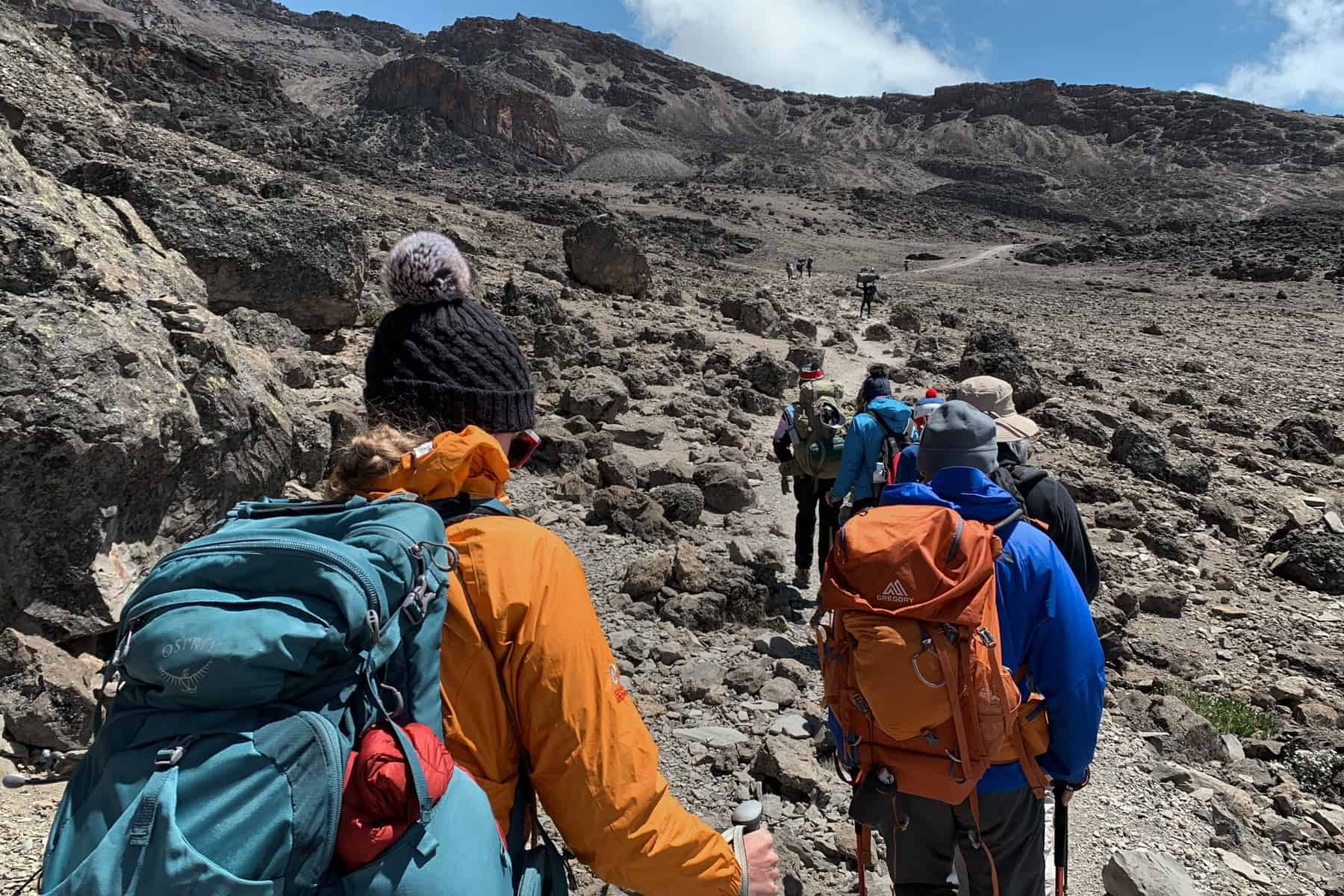
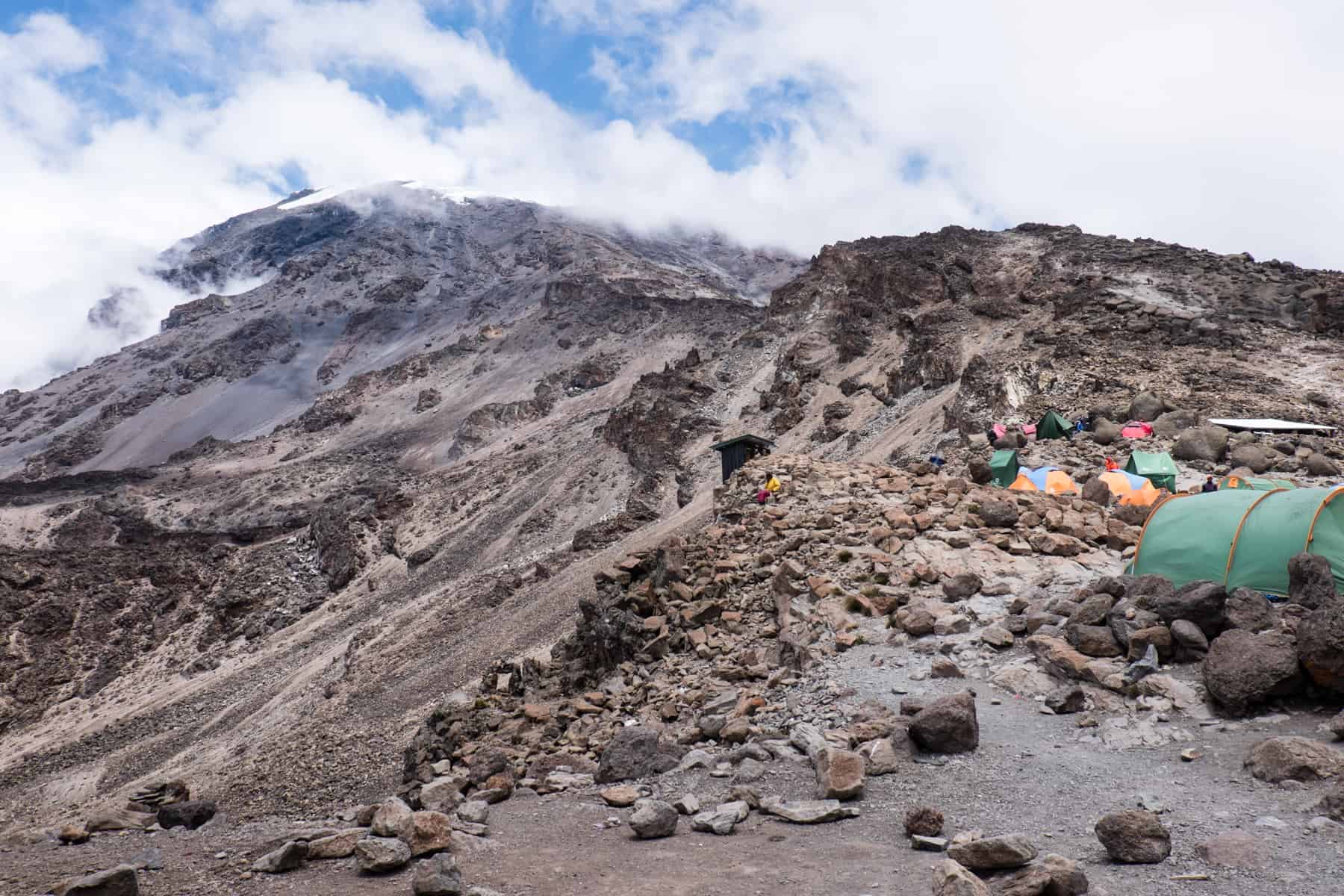
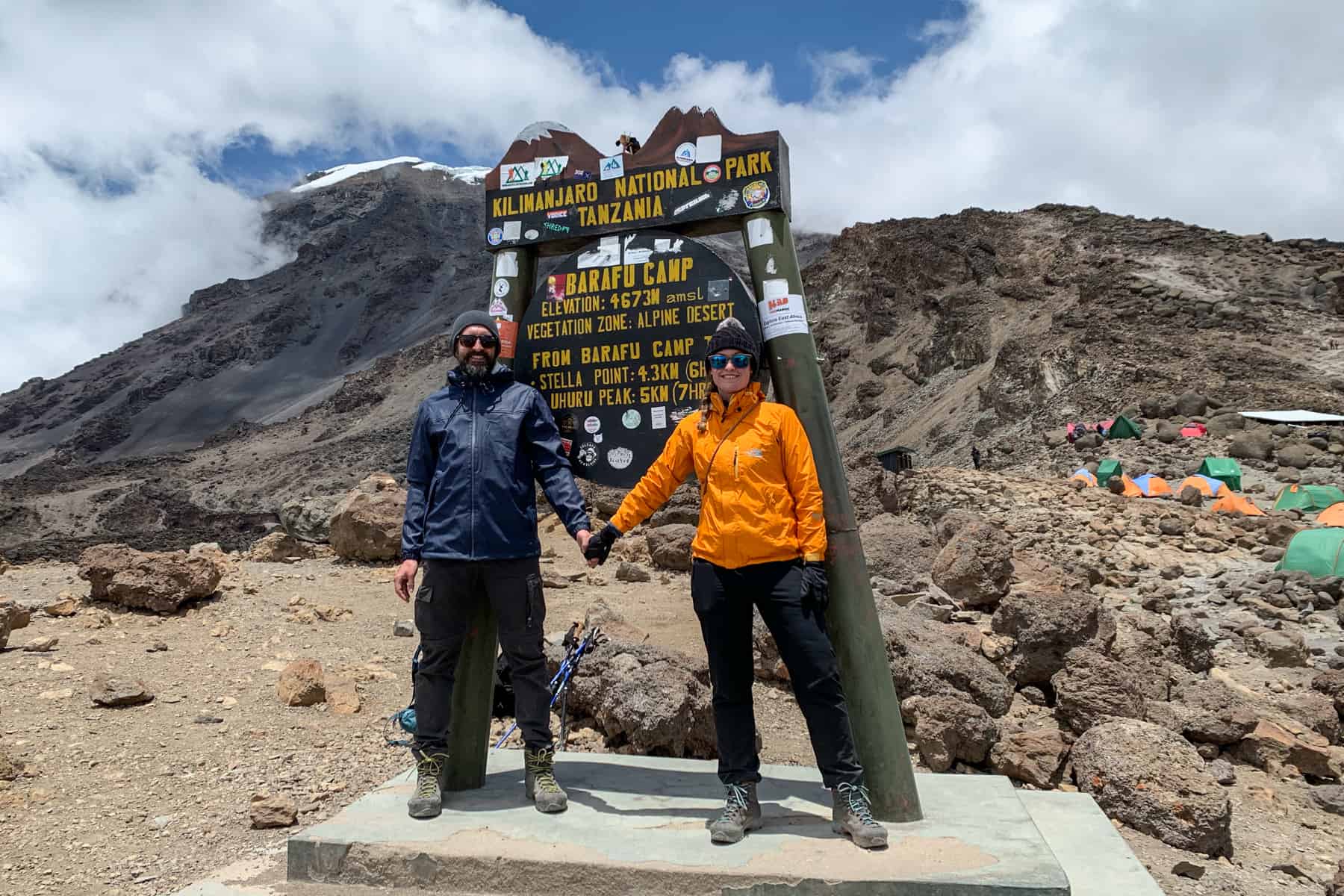
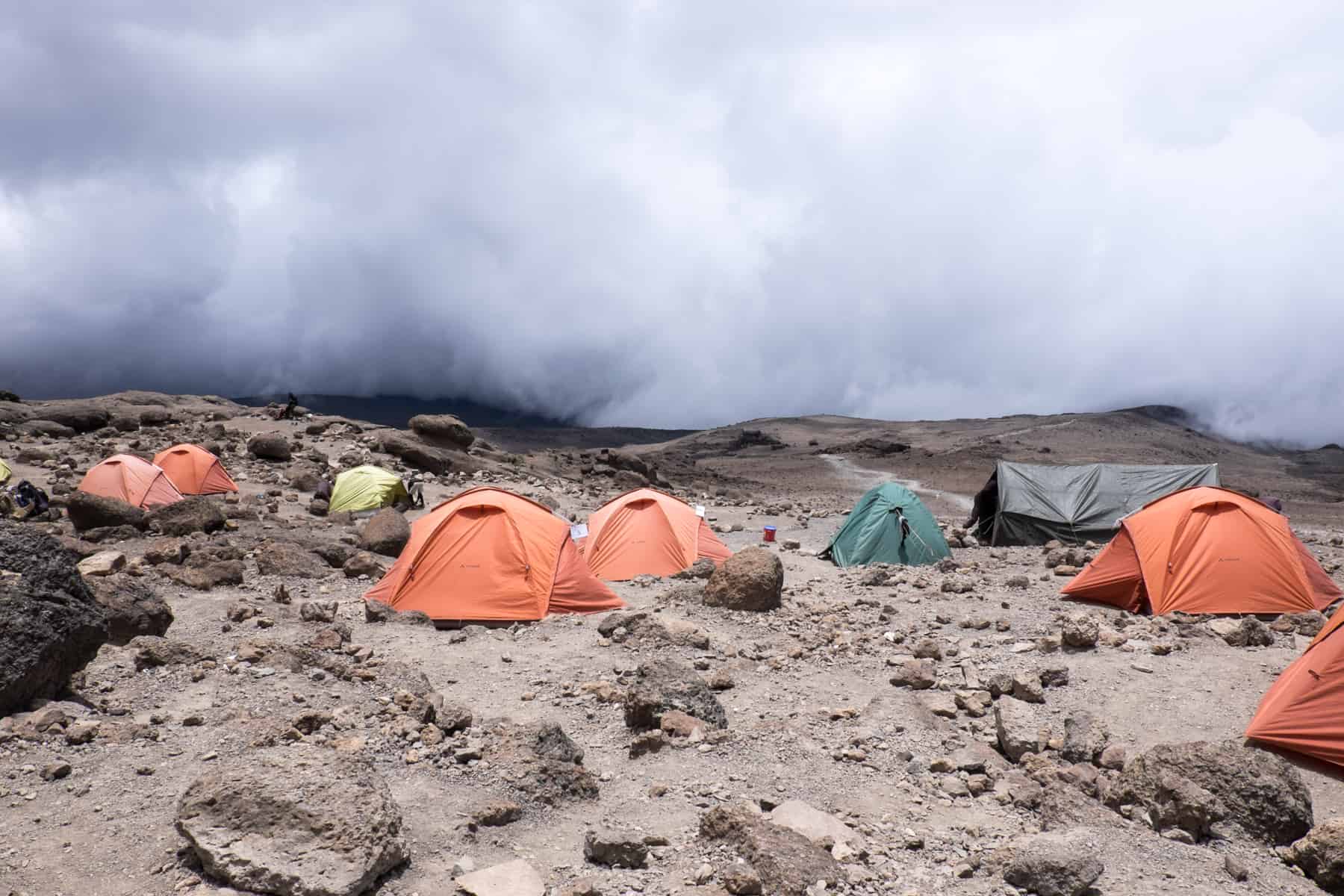
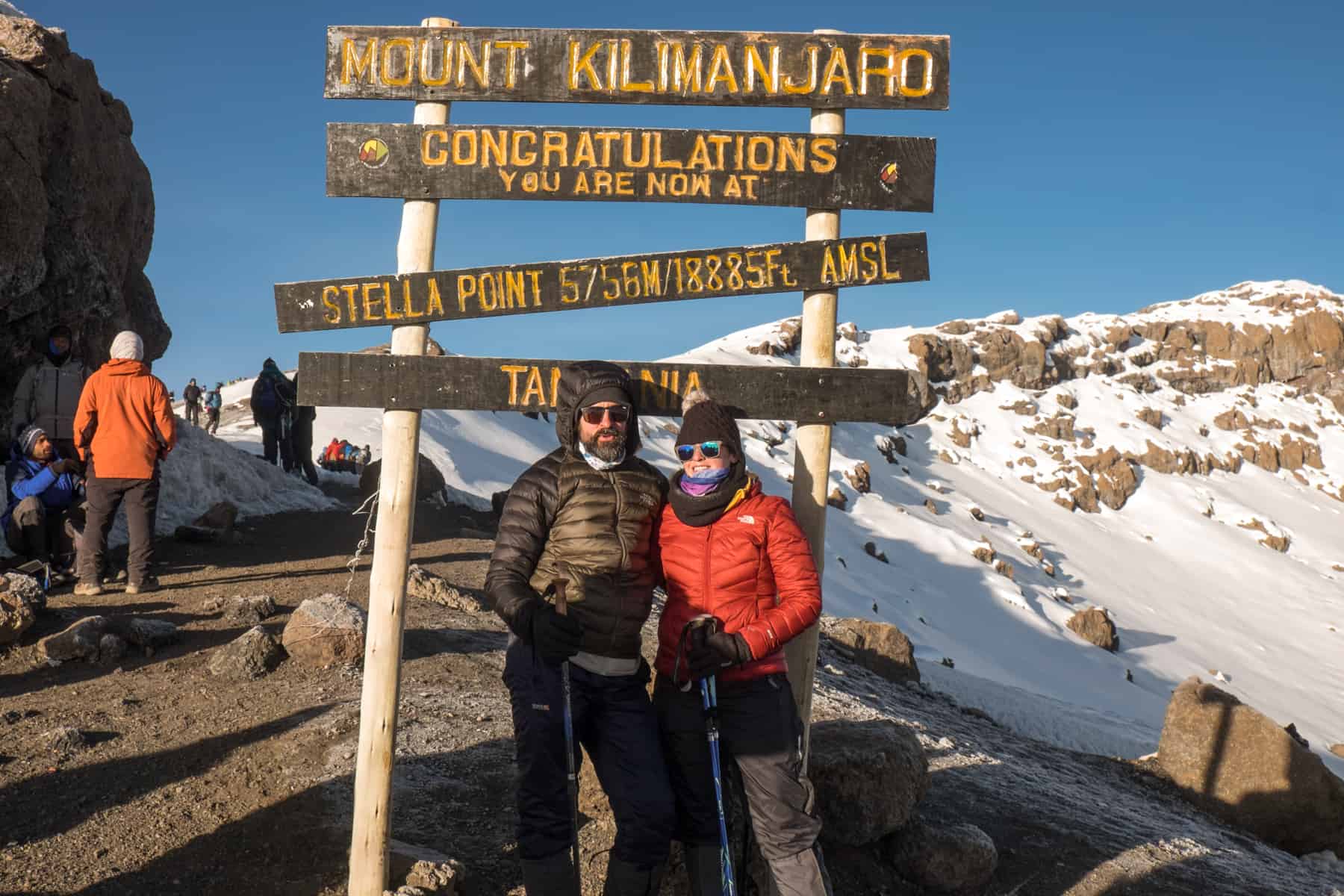
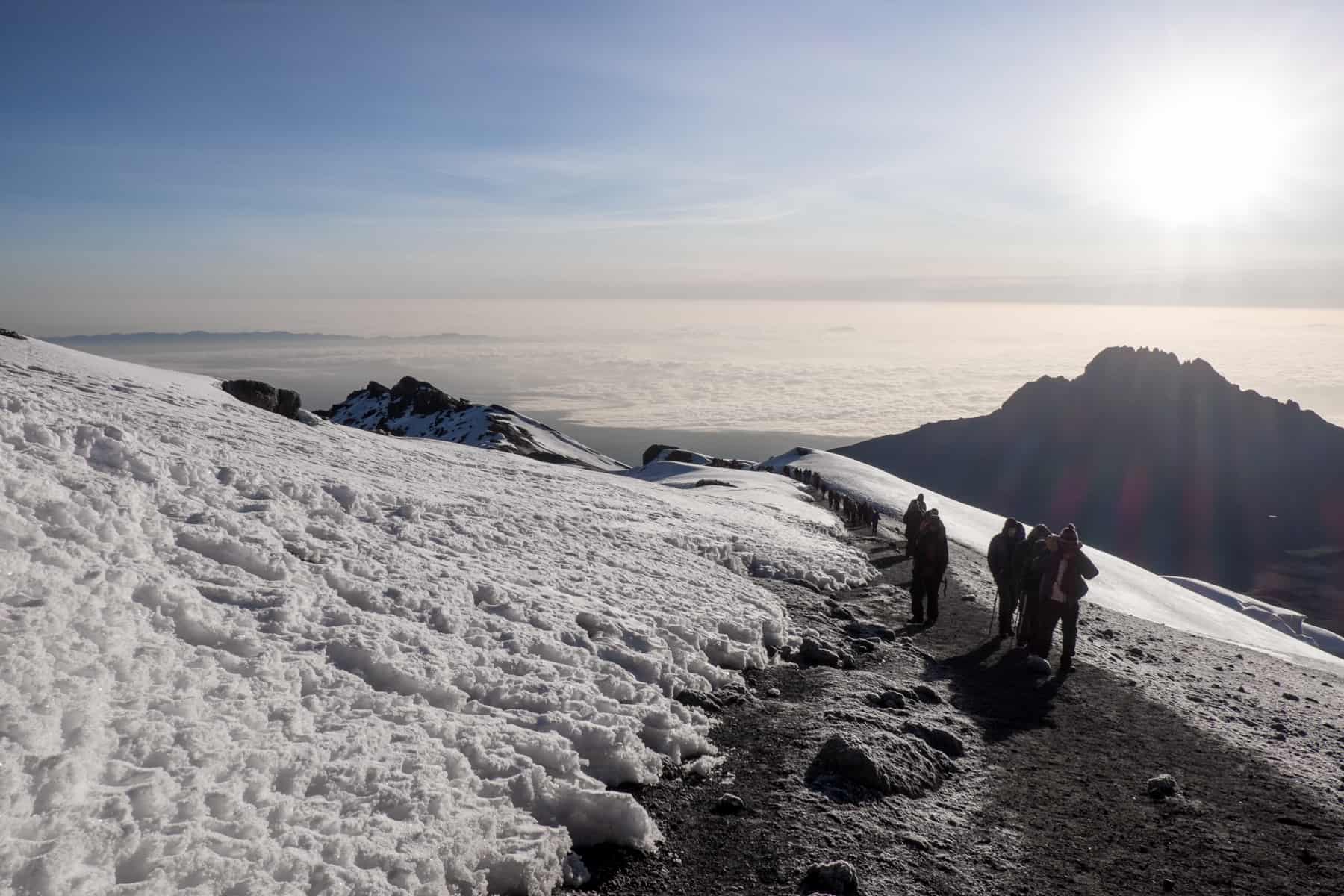
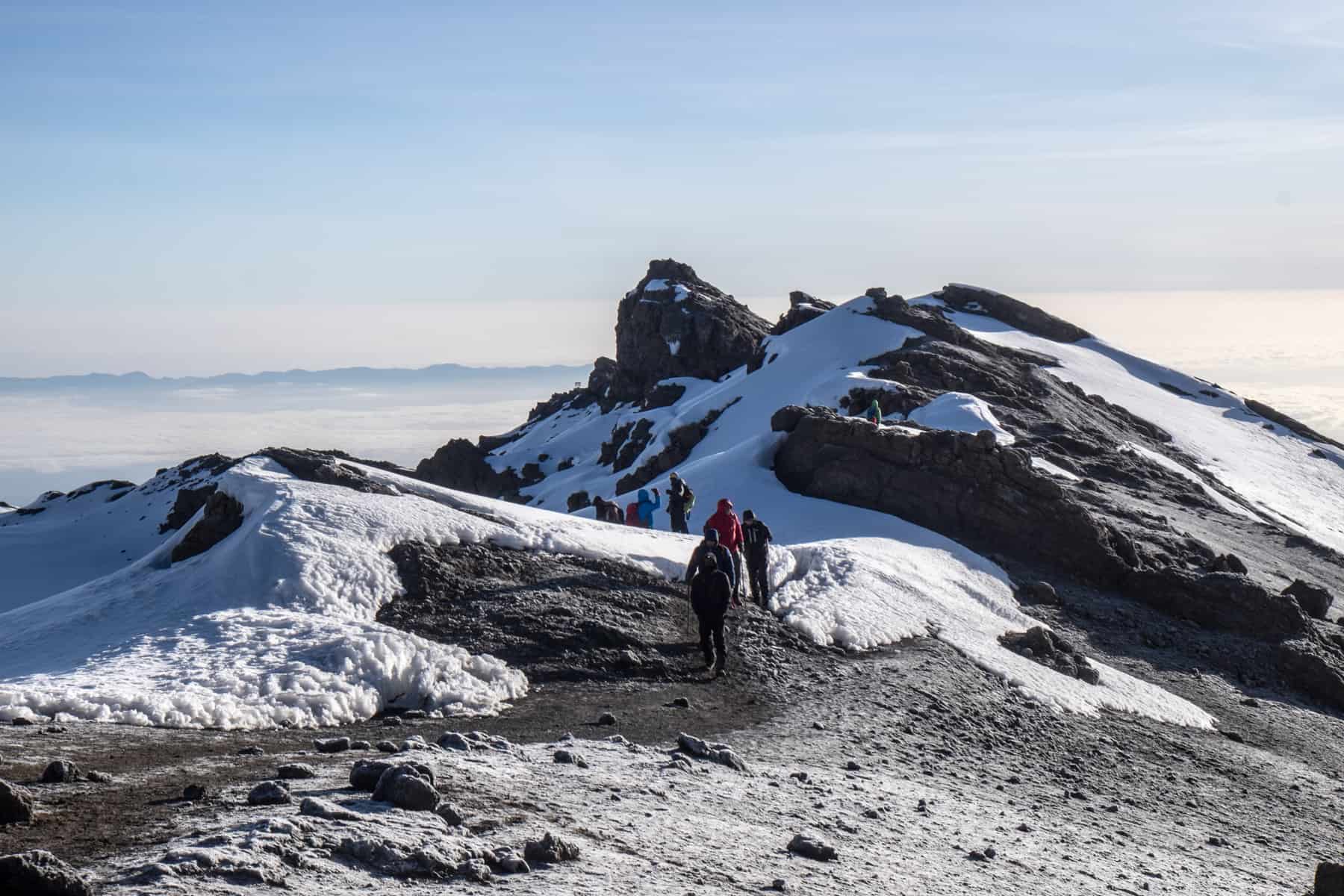
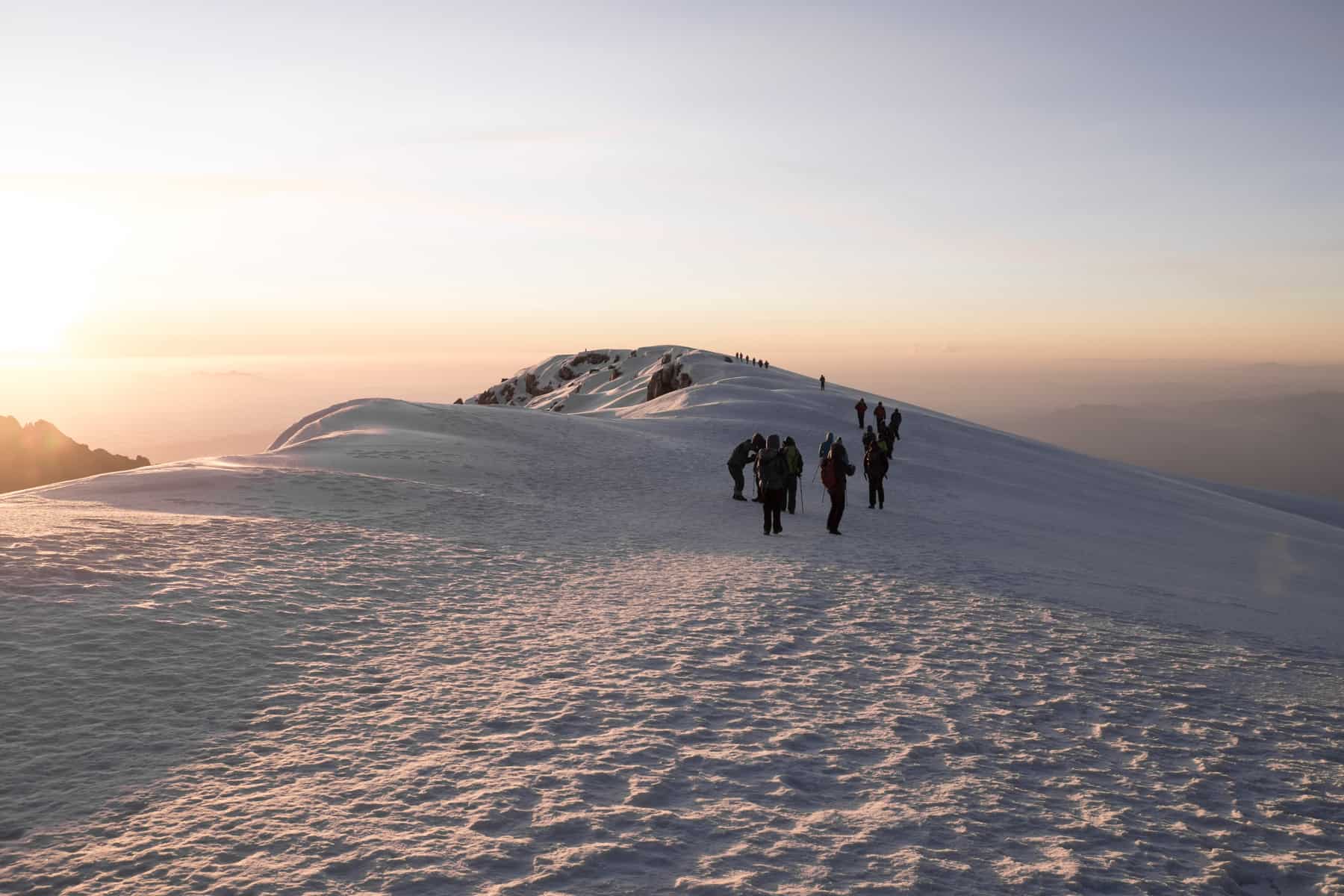
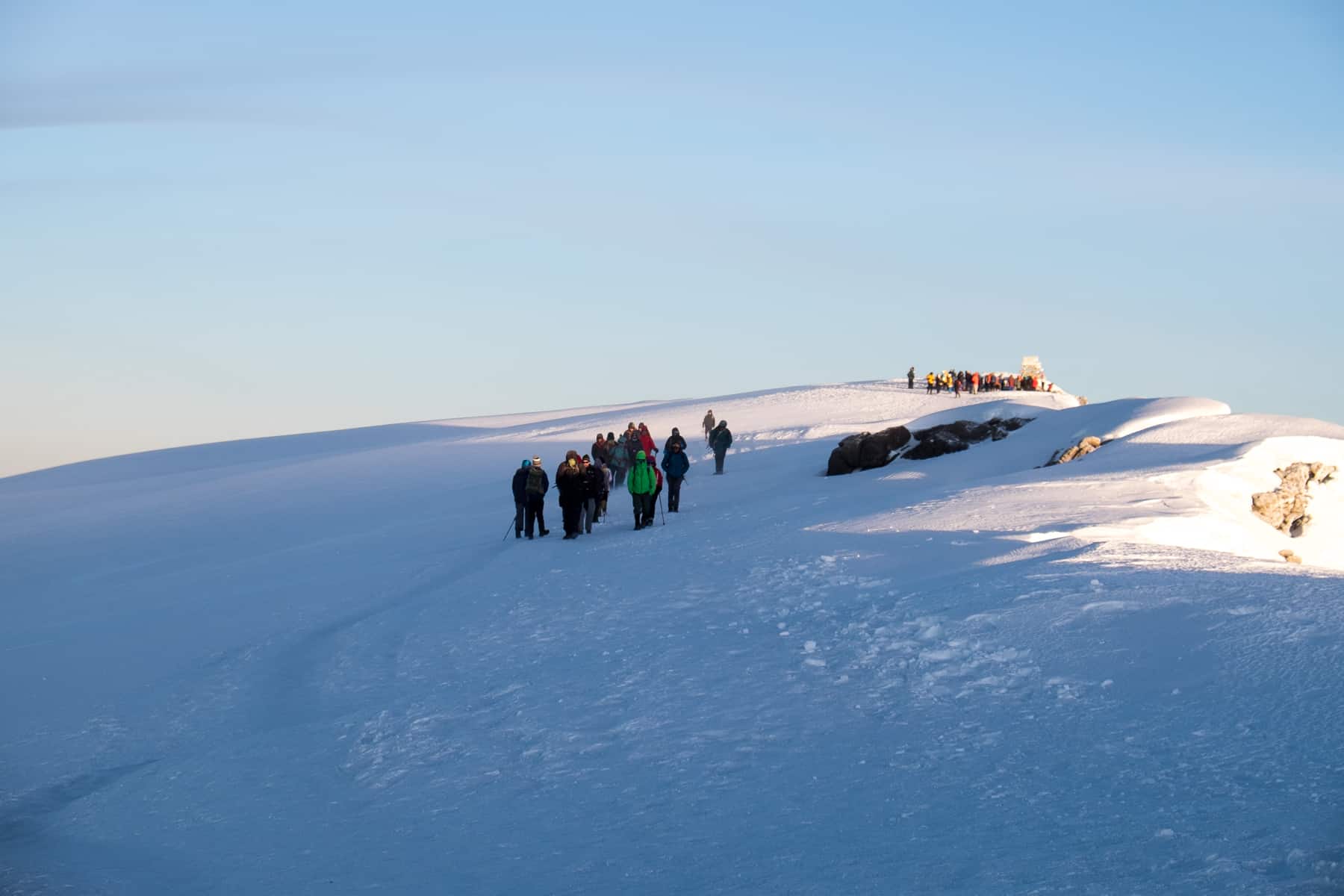
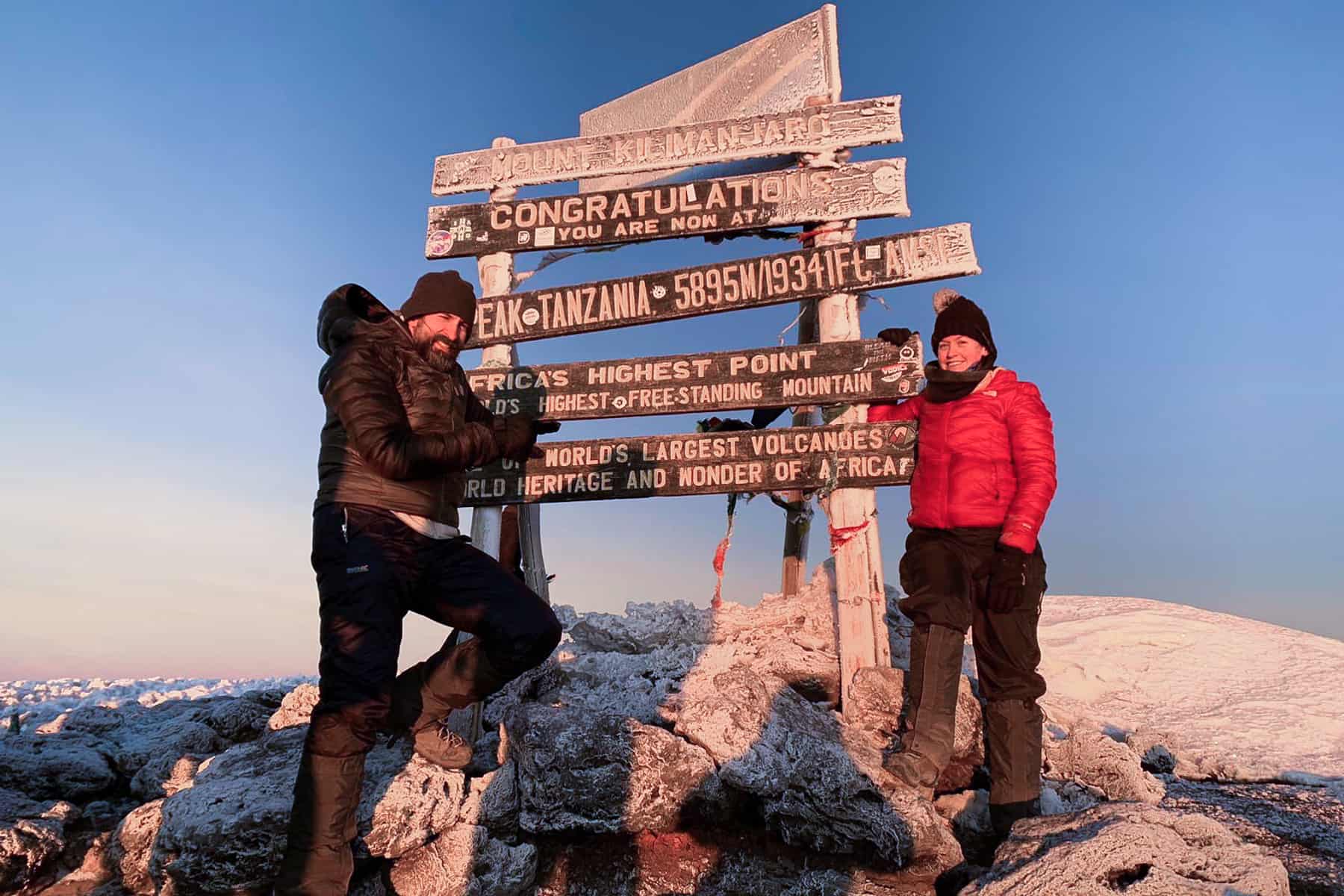
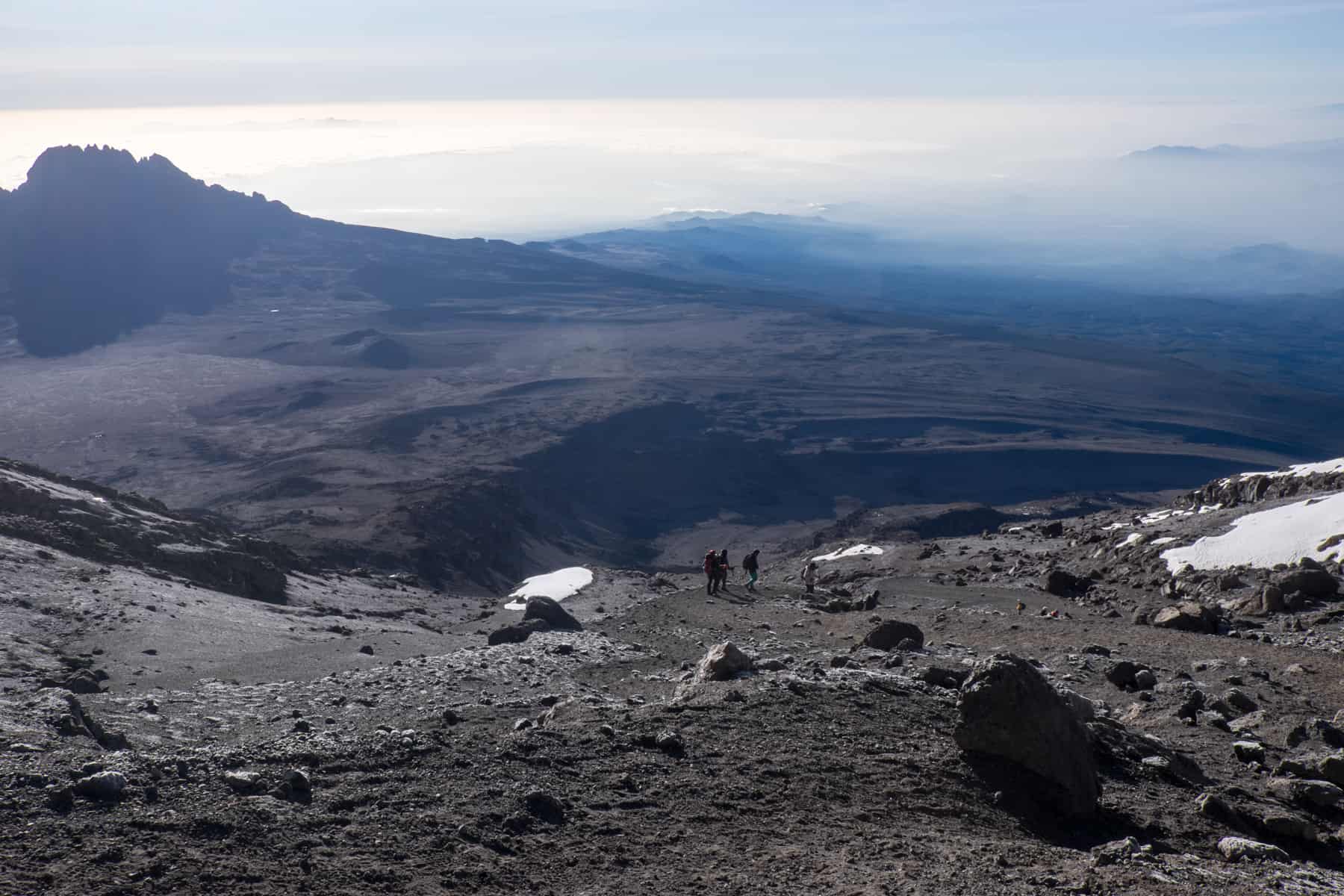
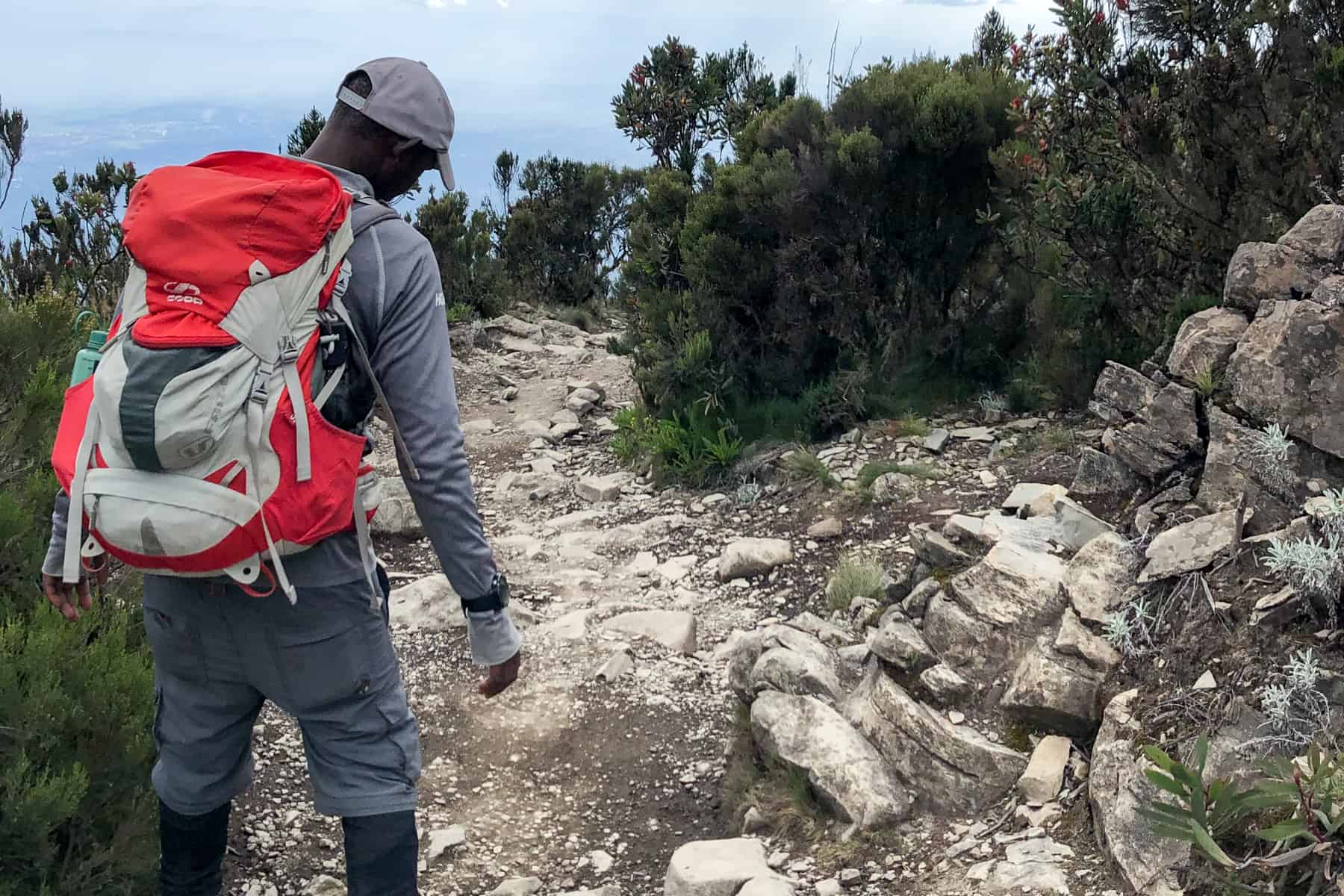
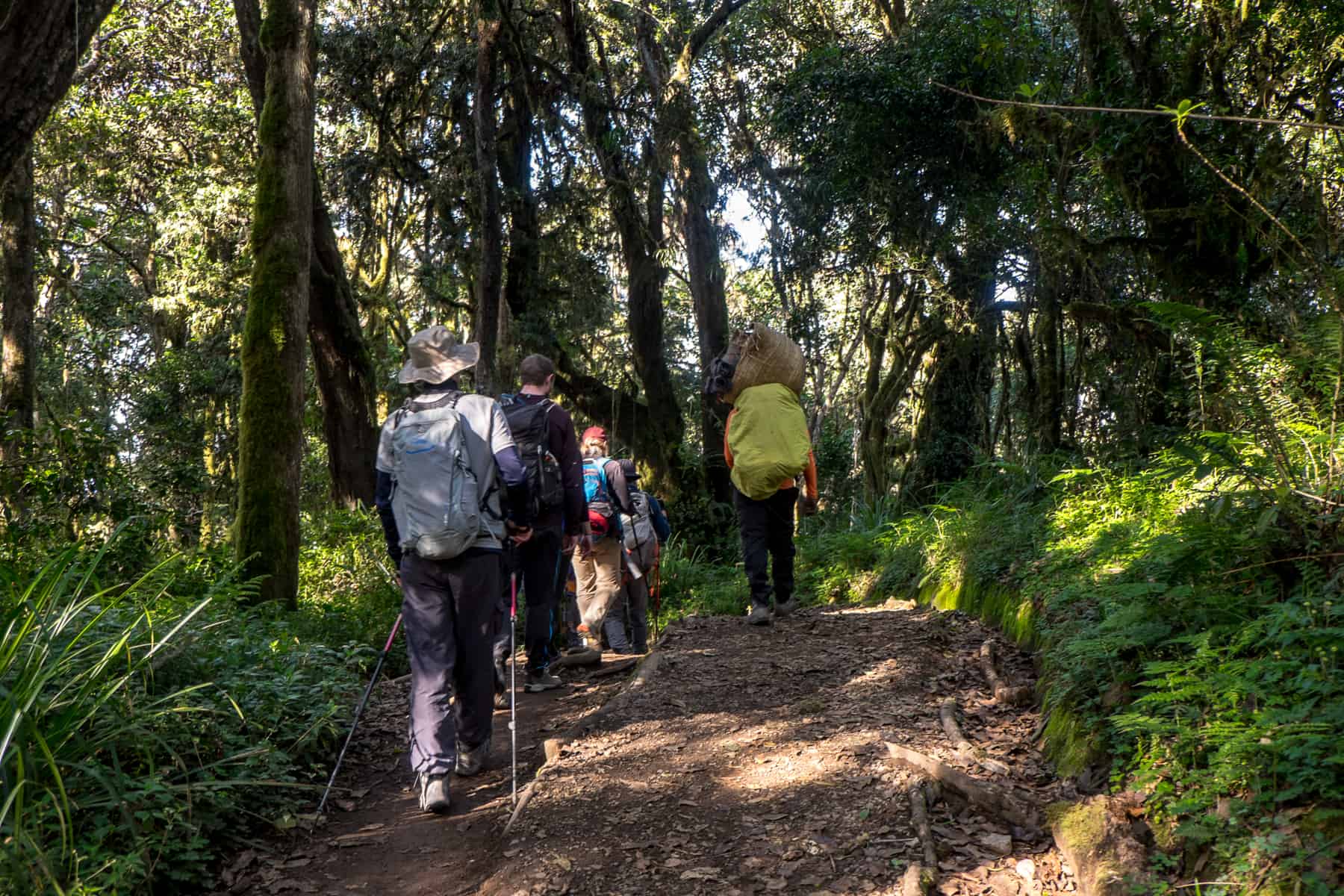
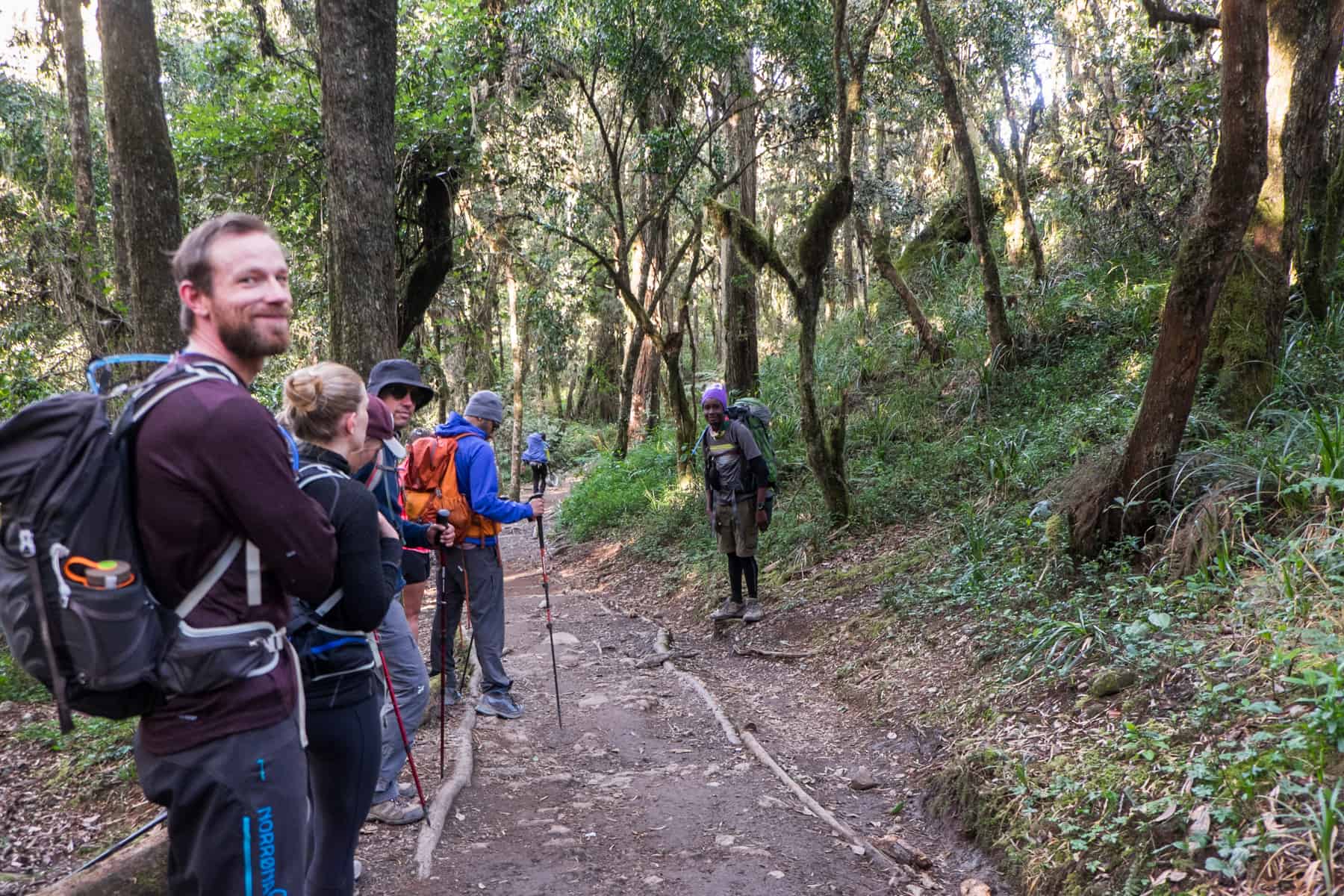
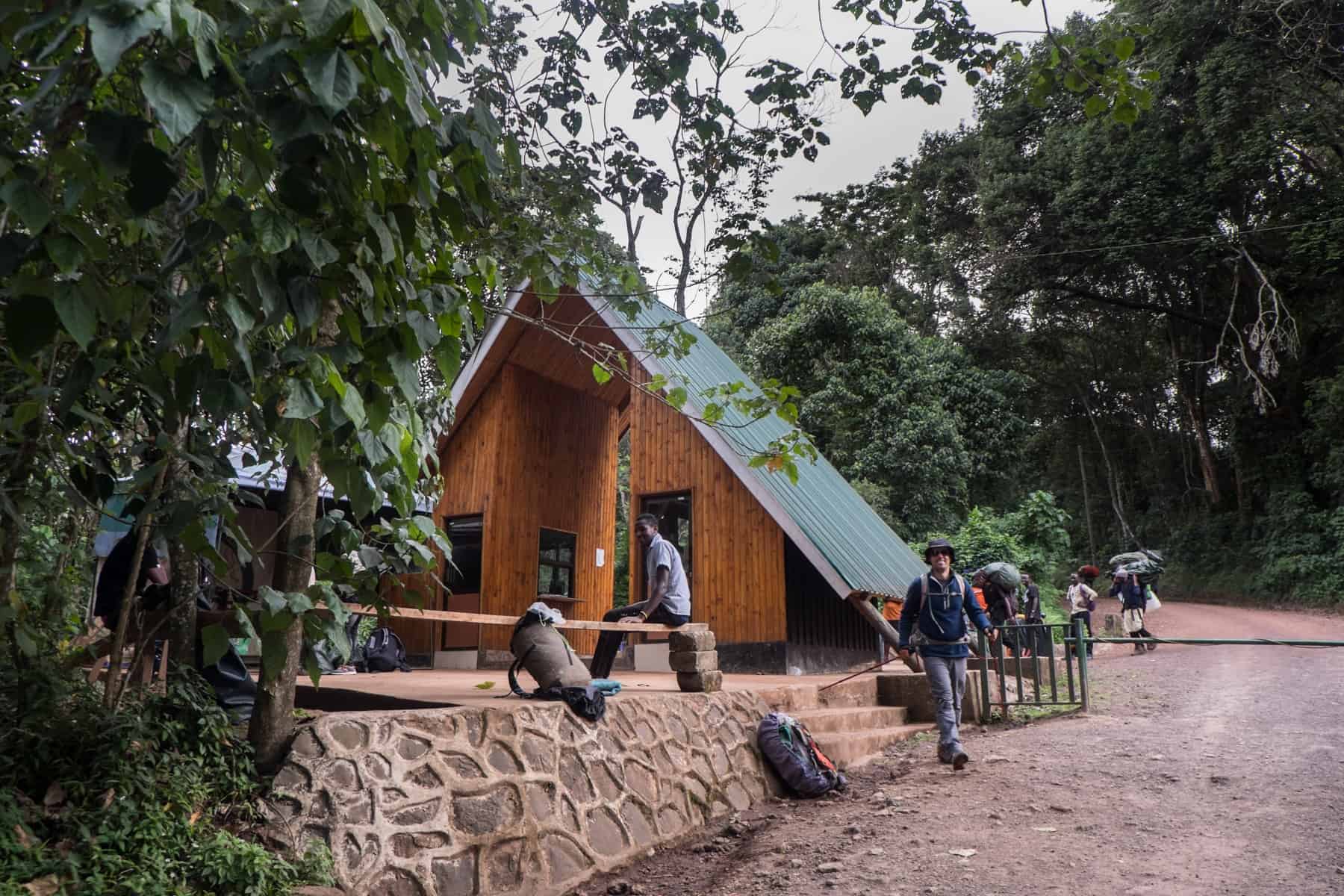
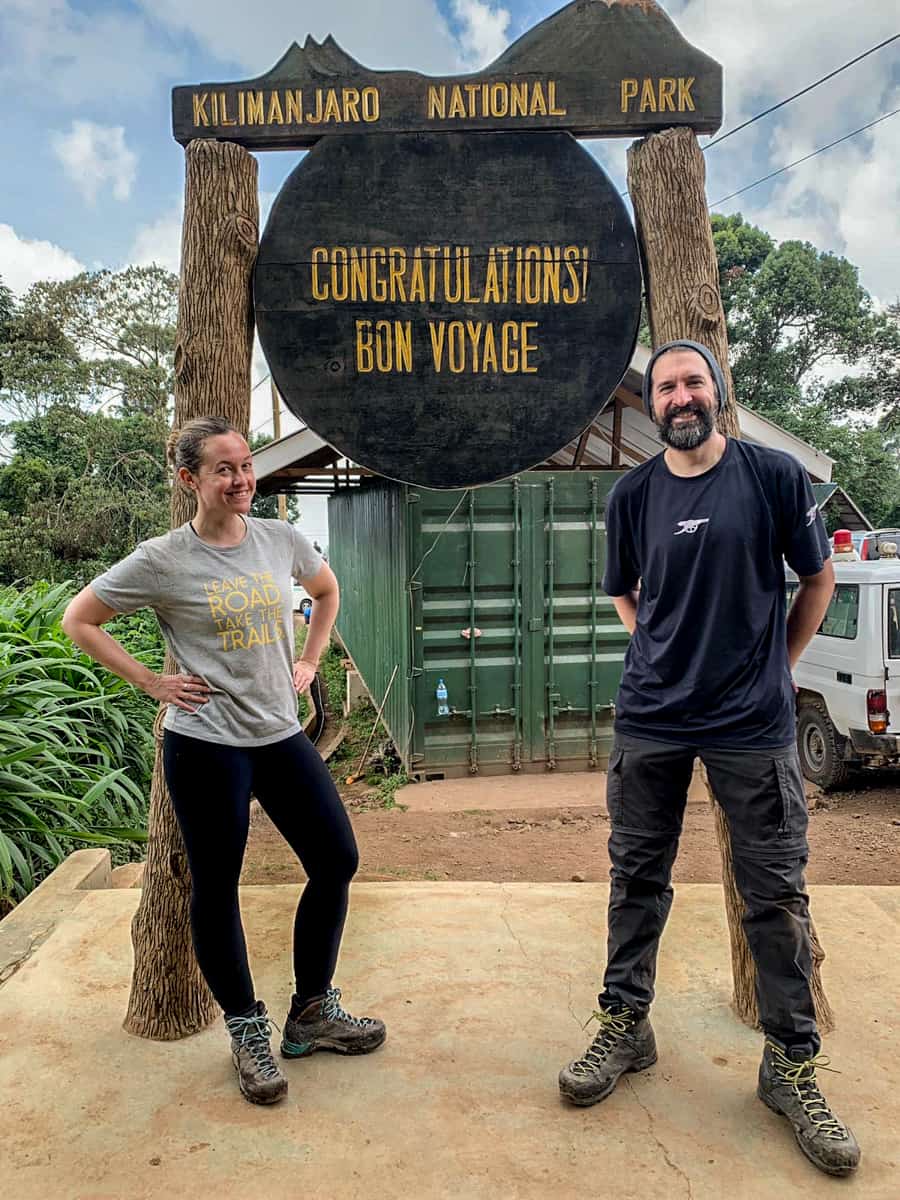
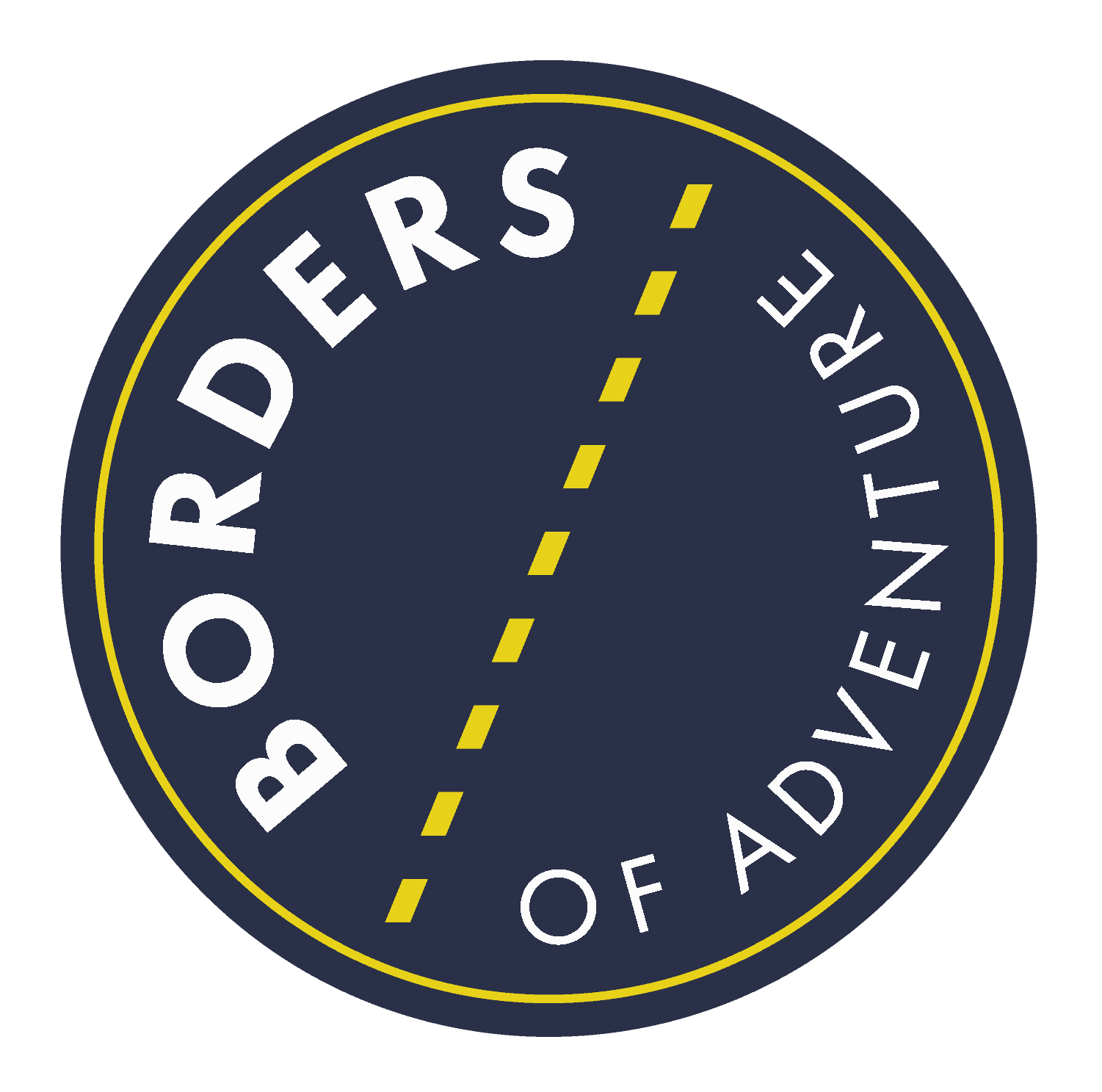
Leave a Reply